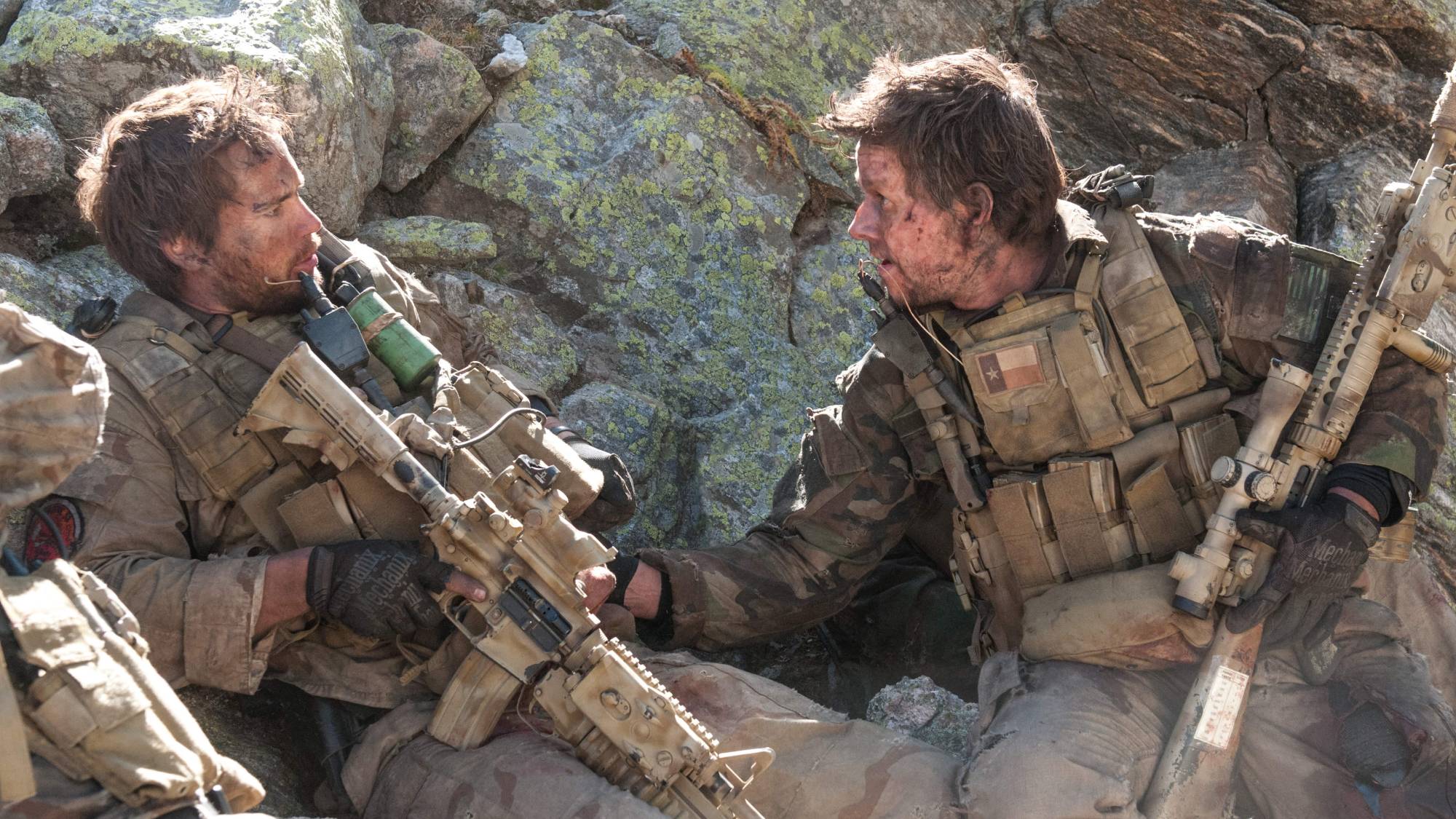Best mirrorless cameras in 2025
The best mirrorless cameras for photographers of all types, experience levels, and budgets.
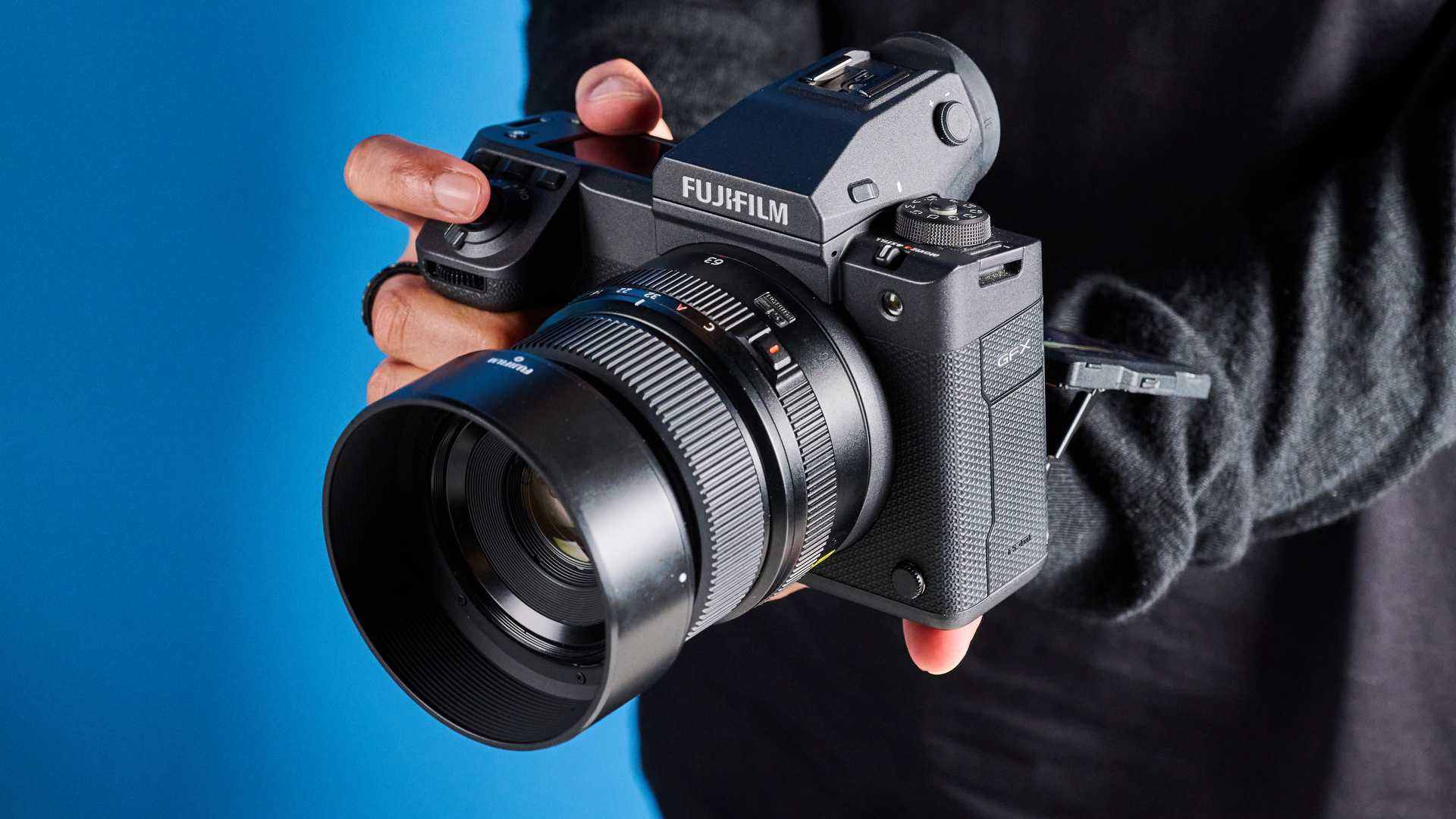
Want to know the best mirrorless cameras for you? Well, you've come to the right place.
Me and my team are fortunate enough to be able to test the latest and greatest mirrorless cameras around. We put every camera we test through rigorous testing, and have rounded up the best of the bunch here. There's something for every budget, but we've broken the best picks up into useful categories to suit different needs.
Read on to see our pick of the best mirrorless cameras.

I'm Pete, and I head up the Tom's Guide reviews team, as well as the site's cameras channel. I've been a photographer for over 10 years now, but the love hasn't died with time! I get to review a huge range of products here at Tom's Guide, but still nothing excites me more than getting the latest camera in to test. As a photographer, I specialize in architecture and portraiture, and I also shoot product photography regularly for Tom's Guide articles. As reviews editor here on site, I'm no stranger to rigorous expert testing and putting products through their paces, so you can rest assured my and my team's recommendations below are informed by extensive real world testing.
The best mirrorless cameras you can buy today
Why you can trust Tom's Guide
Here are our picks of the best mirrorless cameras you can buy today. We've broken down this list using a range of real world usage criteria, to help you choose the best camera for you.
The best mirrorless camera for beginners
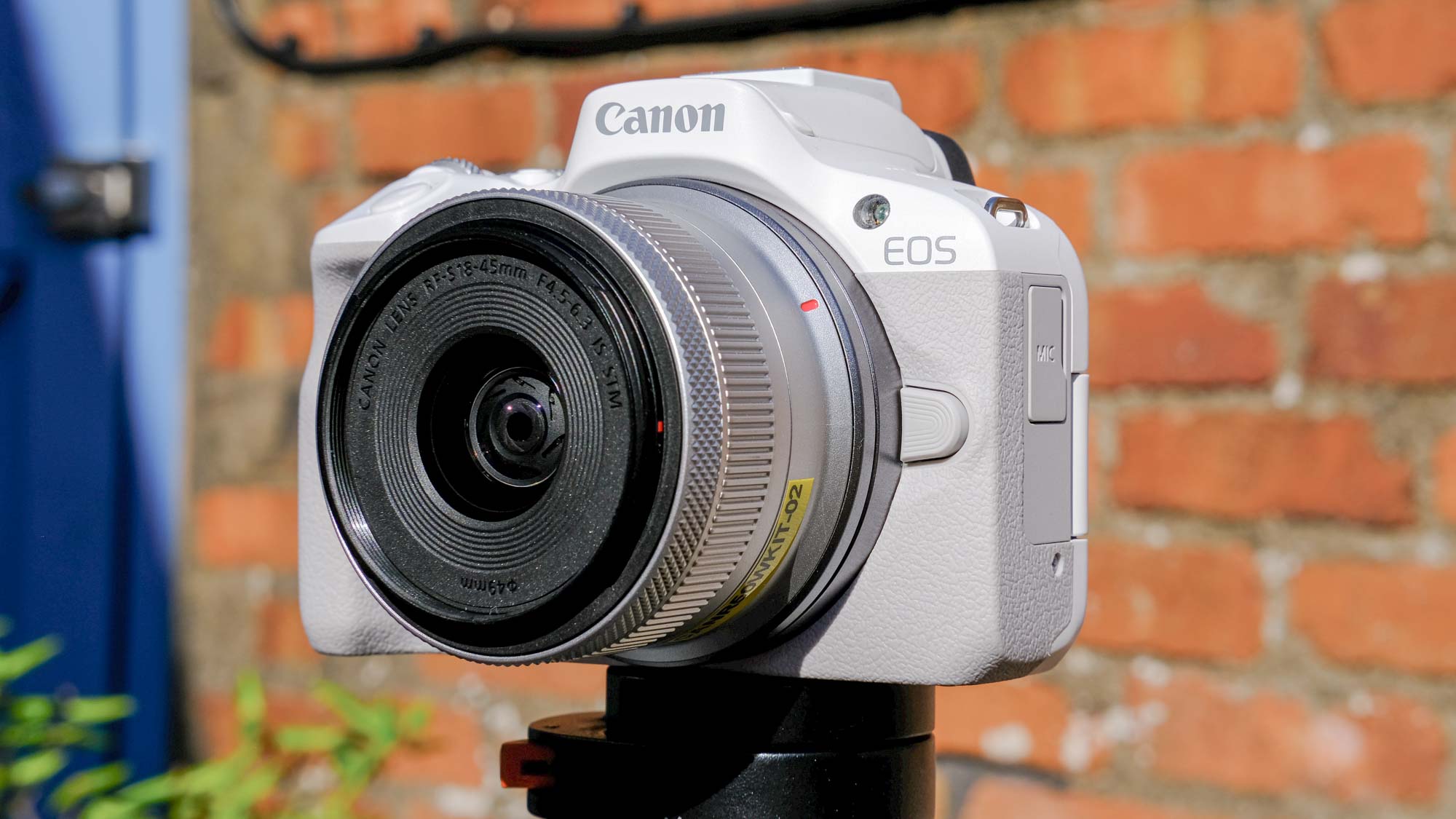
Specifications
Reasons to buy
Reasons to avoid
Why it's the best for beginners: Aside from the EOS R50, there are quite a few cameras out there that fit the bill as the ideal mirrorless camera for beginners. Namely, there’s our best budget pick, Canon’s own EOS R100, and LUMIX’s newly released G97.
The EOS R50 has them all beat, however, because of how complete a package it is. It packs a 24MP APS-C sensor which produced lovely looking stills in our testing shots. I was impressed with its dynamic range performance, and of course Canon’s legendary color accuracy.
✅ You're a beginner: The EOS R50 is incredibly easy to use, thanks to its intuitive menu and controls. But it also provides lots of room for growth.
✅ You want great images: With its 24MP APS-C sensor, the R50 shoots lovely images, plus 4K/30p video clips.
You can spec the EOS R50 in multiple kit varieties. And while there are only a few Canon RF-S (APS-C native) lenses, the R50 can also use full RF (full frame name) lenses.
The R50 also shoots 4K/30p video, making it a decent camera for a spot of vlogging on the side, although it overheats at 4K, so if you’re serious about content creation, check out the Fujifilm X-S20, our best camera for vlogging, below.
❌ You're shooting lots of video: The EOS R50 has a tendency to overheat at 4K, so it's only ideal for shooting video clips, not for extensive video work.
❌ You're on a tight budget: The R50 is at the upper end of pricing for a beginner camera. It's well worth it, but if you're on a tight budget, check out the EOS R100.
Most importantly, the EOS R50 pack’s Canon’s formidable Dual Pixel autofocusing system, bringing excellent snappy AF performance, plus a range of subject detection and tracking features, including humans and animals. It had no issues detecting people or my pets when I was testing the camera for review.
This is the same (albeit a slightly stripped back version) AF system as Canon puts into its advanced cameras like the EOS R6 Mark II, and it’s impossible to find such powerful autofocus elsewhere at this price.
- Read my full Canon EOS R50 review

How it compares & sample images
How it compares
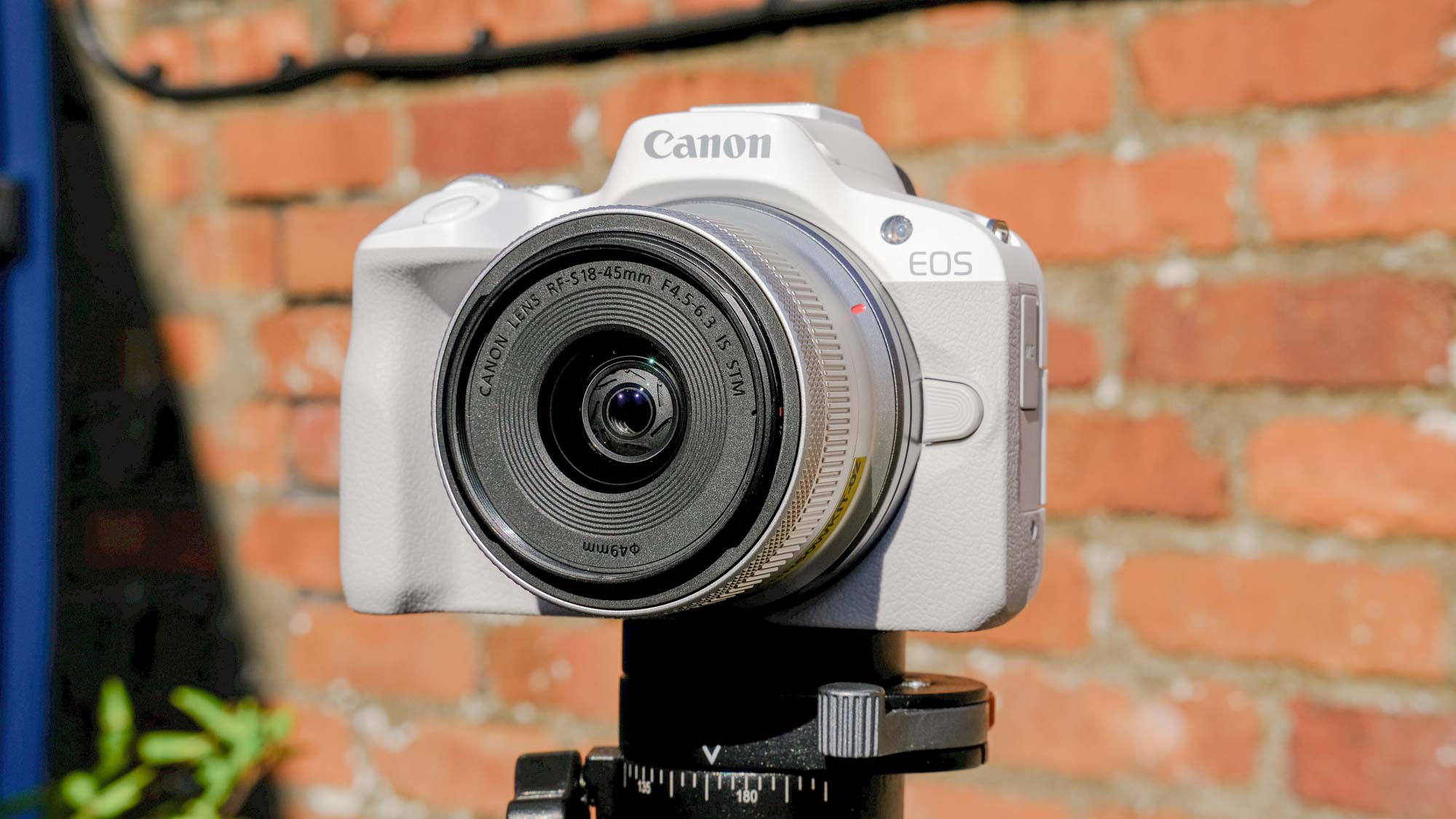
Canon EOS R50
Canon EOS R100
Lumix G97
Winner: Canon EOS R50
The EOS R50 is pricier than the EOS R100, but offers a lot more features, making it a better long term purchase. As I mentioned earlier, the R50 has the trimmed down version of Canon’s advanced Dual Pixel CMOS AF II system, while the EOS R100 makes do with an earlier iteration.
The EOS R50 also features a vari-angle display which the EOS R100 doesn’t, and this is a feature you’ll really want if shooting video, or shooting at odd angles for photography.
Another close contender is the Panasonic LUMIX G97, but while it handles well and takes great photos, the G97’s contrast-only autofocusing system is very basic, especially for a camera launched in 2025, so the EOS R50 is a miles better camera.
The G97’s smaller Micro Four Thirds sensor will also capture a narrower dynamic range and perform slightly worse in low light than the EOS R50’s larger APS-C sensor.
In short, with the EOS R50, you’ll have more tools to help you grow and will be less likely to want to upgrade in the near future.
Canon EOS R50: Sample images


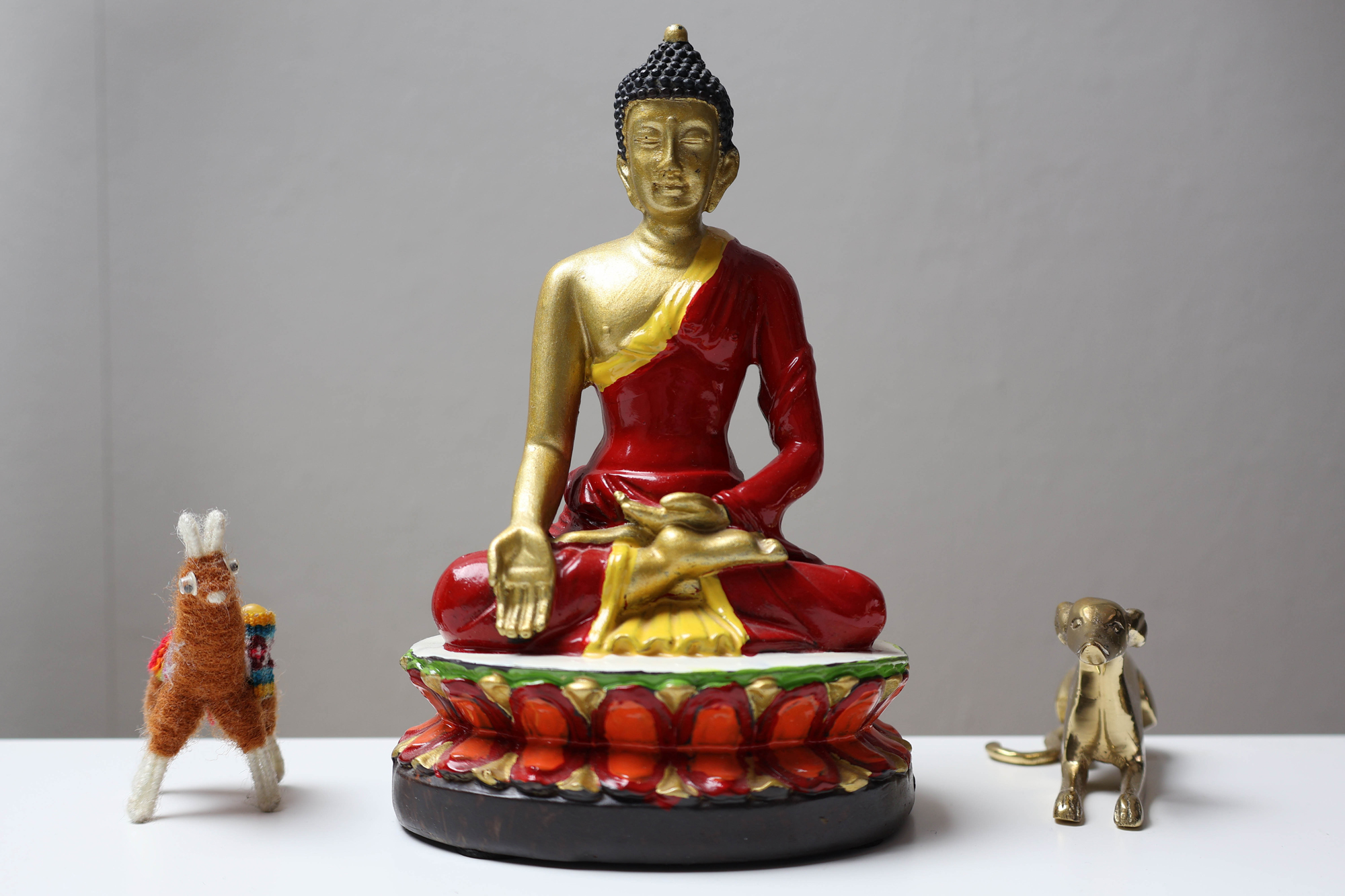

The best budget mirrorless camera
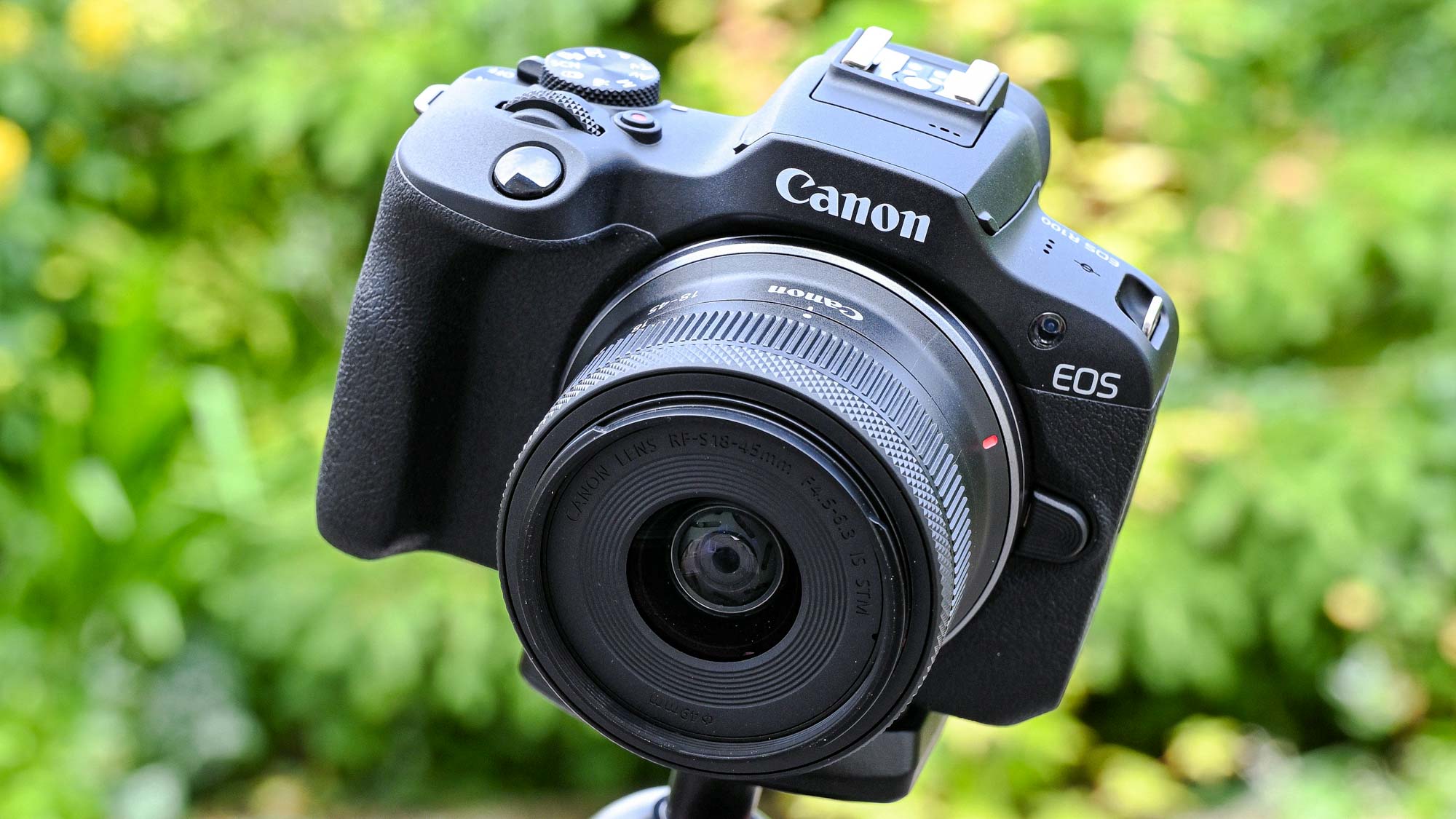
Specifications
Reasons to buy
Reasons to avoid
Why it's the best budget: This one’s obvious, right? Price! Well, it isn’t that simple. You can pick up super cheap cameras fairly easily, but that doesn’t mean they will all deliver the photos you want.
The important word here is “best” — to make any of the categories on my list, a camera has to perform well. And if you’re on a strict budget, the EOS R100 is the best mirrorless camera to buy. That’s why it tops my list of the best cheap cameras!
✅ Price is the main concern: The EOS R100 is the most affordable option right now (that's good enough to recommend).
✅ You want great photos: For casual photographers snapping family, friends and vacations, the R100 is capable enough.
Now I won’t lie to you, with budget price tags there are always sacrifices. But the EOS R100’s performance is still difficult to beat for its low price. When we tested this camera, three words came to mind: simple but effective.
The R100's 24MP sensor produced lovely-looking stills during our testing — perfect for sharing on social media. There are a range of shooting modes to suit various scenarios, and the R100 benefits from Canon’s vaunted color-science, meaning lifelike colors.
❌ You want advanced features: The EOS R100 has no AF detection modes, and a fixed, non-touch display.
❌ You want a long term camera: If you want room to grow as a photographer, the EOS R100 might be a bit basic.
The EOS R100 also shoots 4K/25p video, which makes it a viable tool if you need to shoot video clips, although if you want to produce lots of video we’d recommend spending more on something with more features.
As a Canon EOS R camera, the R100 fits Canon’s RF-S (APS-C) and RF (full frame) lenses, so you can experiment with different optics. This is important, as it'll let you begin tailoring the look and feel of your photos to suit your creative ambition.
- Read our full Canon EOS R100 review

How it compares & sample images
How it compares
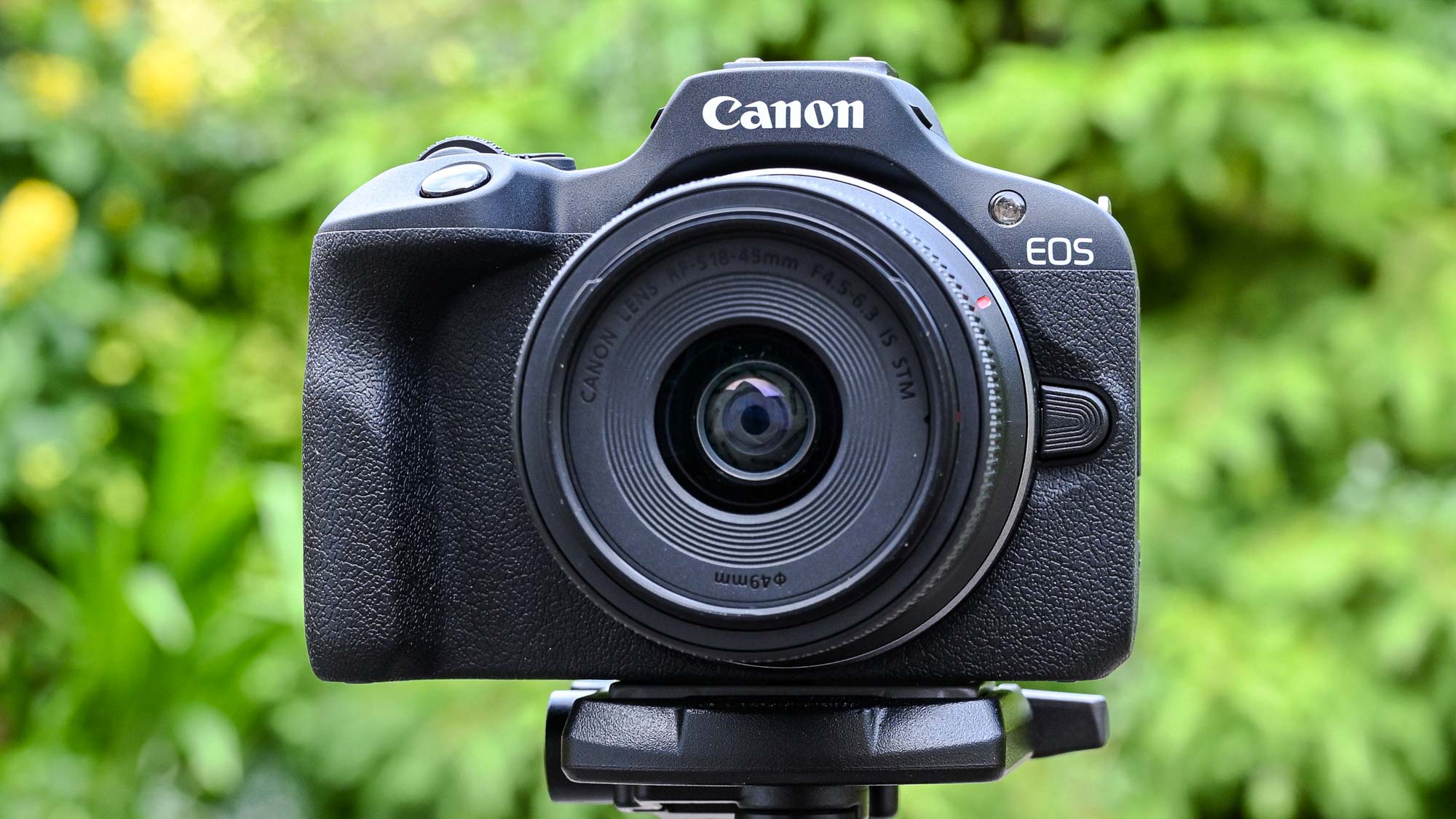
Canon EOS R100
Lumix G97
Fujifilm X-M5
Winner: Canon EOS R100
For the money, the EOS R100 offers a strong array of features for casual and beginner photographers. While the EOS R50 has more features, including much more advanced autofocus with subject detection modes, 4K/30p video and a vari-angle touchscreen, it also costs a hell of a lot more.
If you’re a beginner just looking to dip your toe in the water and find out if photography is for you, or if you’re set on taking photos but are on a tight budget, the R50 may simply be too expensive. The EOS R100 offers a much more affordable way into photography, but still gives you all the tools you need to get started.
There’s also the Fujifilm X-M5 to consider, as well as the LUMIX G97. Even though the EOS R100’s AF isn’t as good as the EOS R50’s, it’s still better than the LUMIX G97’s contrast-only system. Meanwhile, the X-M5 has no viewfinder, which may hinder photographers.
If budget is your outright consideration, the EOS R100 is really difficult to beat.
Canon EOS R100: Sample images


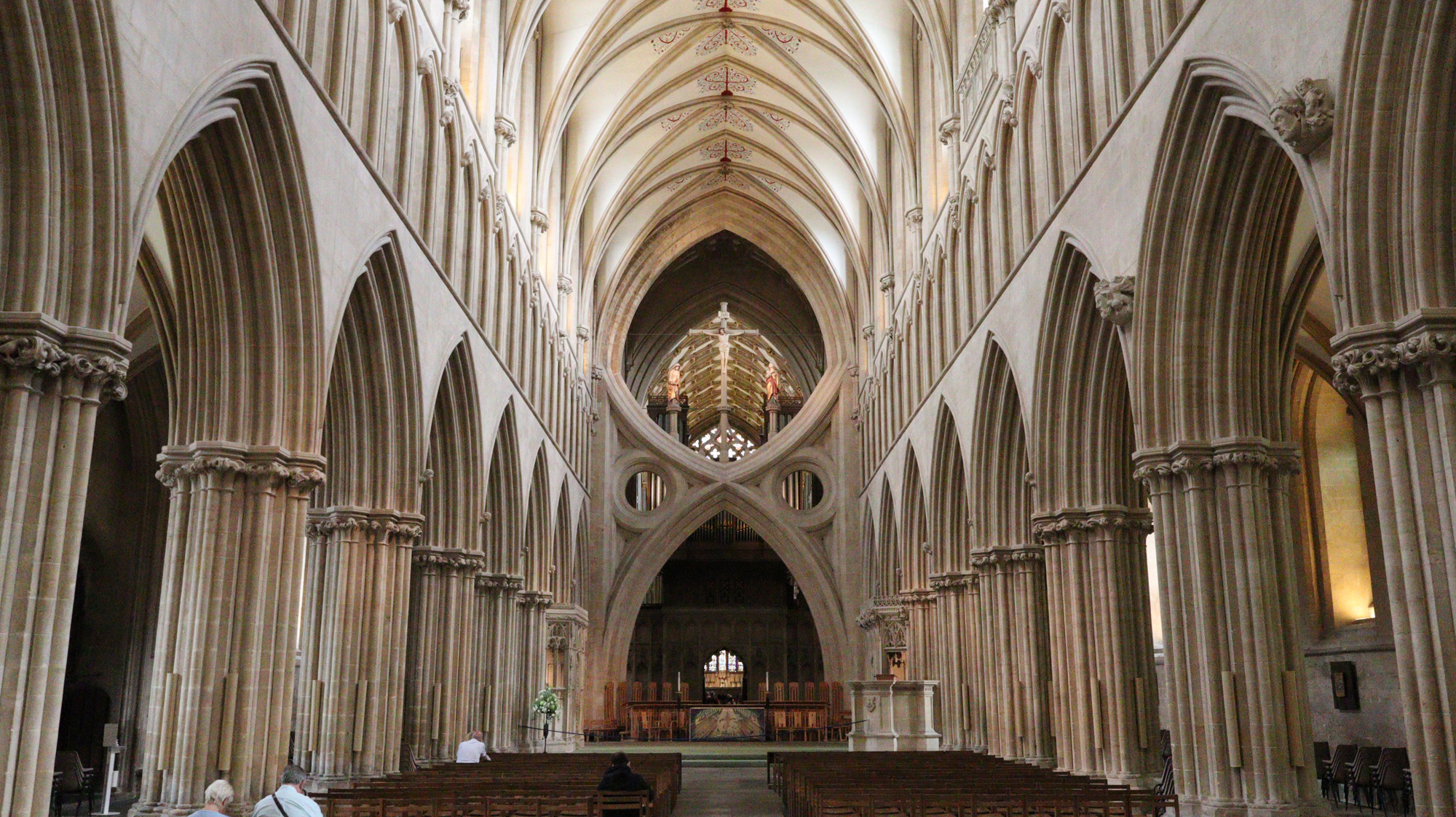


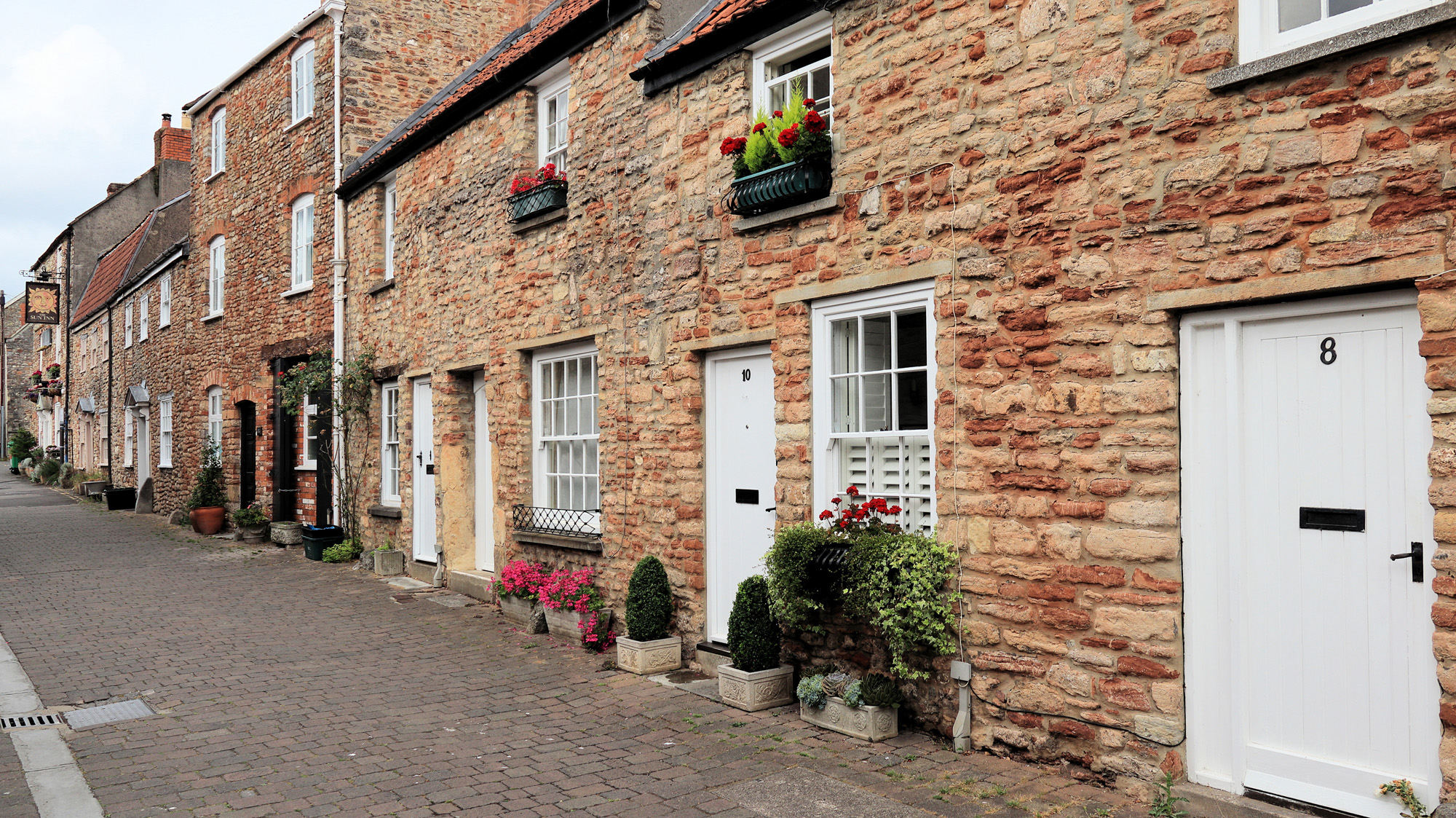
The best value for money mirrorless camera
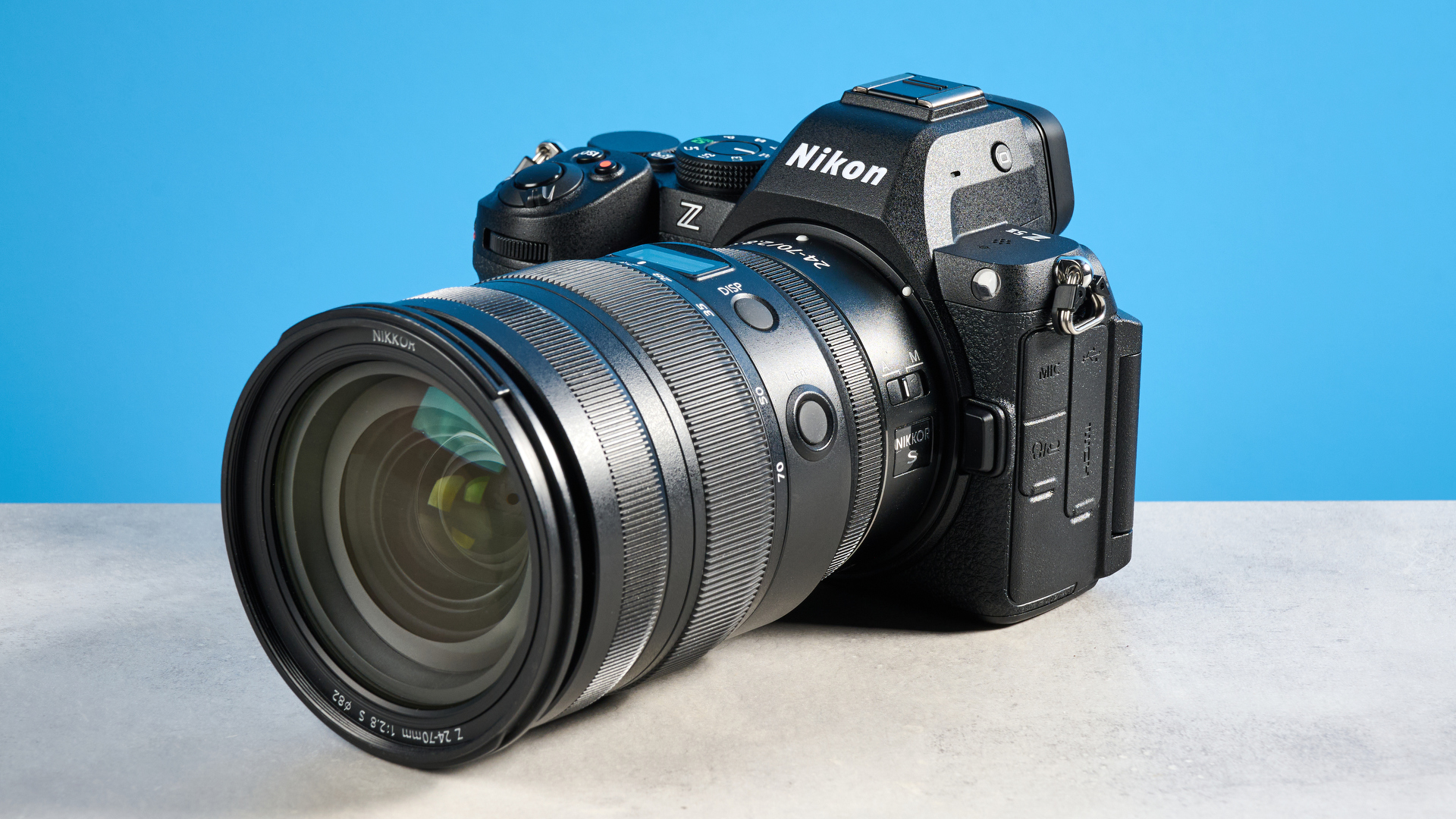
Specifications
Reasons to buy
Reasons to avoid
Why it's the best value for money: No surprises here, but the Nikon Z5II wins this category due to the sheer amount of power, performance and features it offers for the price. I was astounded during testing at how much this camera offers for the money, and how much it undercuts rivals from Canon and Sony.
The Z5II offers excellent full frame imaging performance, with plenty of resolution for most uses, bags of dynamic range and super clean images in low light and at high ISO. It boasts decent hybrid AF with advanced subject detection, 7.5-stop IBIS and pro features, including dual card slots and 4K/60p internal N-RAW video recording. There's just so much at play.
✅ You need serious performance: The Nikon Z5II is more than capable enough for demanding hybrid enthusiasts and even professionals.
✅ You want lots of bang for your buck: Yet it costs under $1,700, which undercuts its closest rivals by several hundred dollars.
Nikon's 24.5MP full frame sensor is a real beauty, producing gorgeous images with faithful color rendition and excellent performance in challenging dynamic ranges. Shooting in RAW, I was able to rescue image files in our extreme backlit dynamic range tests, with plenty of shadow detail and highlight detail retrievable in post.
The sensor was also astoundingly clean at high ISO values, and features effective 7.5-stop IBIS, which made it an excellent performer in my low light tests. I was also a big fan of the Nikon color profiles, especially the black and white, which delivered gorgeous JPEGs straight out of camera in my architecture photography.
❌ You need lots of resolution: For extensive cropping or large-format printing, you'll want something with more resolution.
❌ You shoot professional video: The Z5II is a great hybrid for those who dabble in video secondarily, but if you primarily shoot professional video, it likely won't offer enough flexibility or features.
Video-wise, the Z5II has an impressive roster of features for a sub $1,700 hybrid camera. Chief among these is its 4K/60p internal N-RAW shooting in 12-bit color, plus HLG for HDR footage and N-Log for wide dynamic range video capture. Once again, there's also that IBIS system for stable handheld footage, too. It's a supremely competent video camera for hybrid shooters who need to dabble in video content creation alongside their photography.
I was also impressed with the Z5II's pro-tier features, which were surprising to see given the mid-range price tag. There are dual card slots, subject detection AF, IBIS and excellent ergonomics. All of these make this camera an acceptable solution for existing or aspiring pros and hardcore enthusiasts who might be taking on their first paid commissions and going pro. If you were looking for a camera to shoot your first wedding, I'd have no problems recommending the Z5II.
- Read my full Nikon Z5II review

How it compares & sample images
How it compares
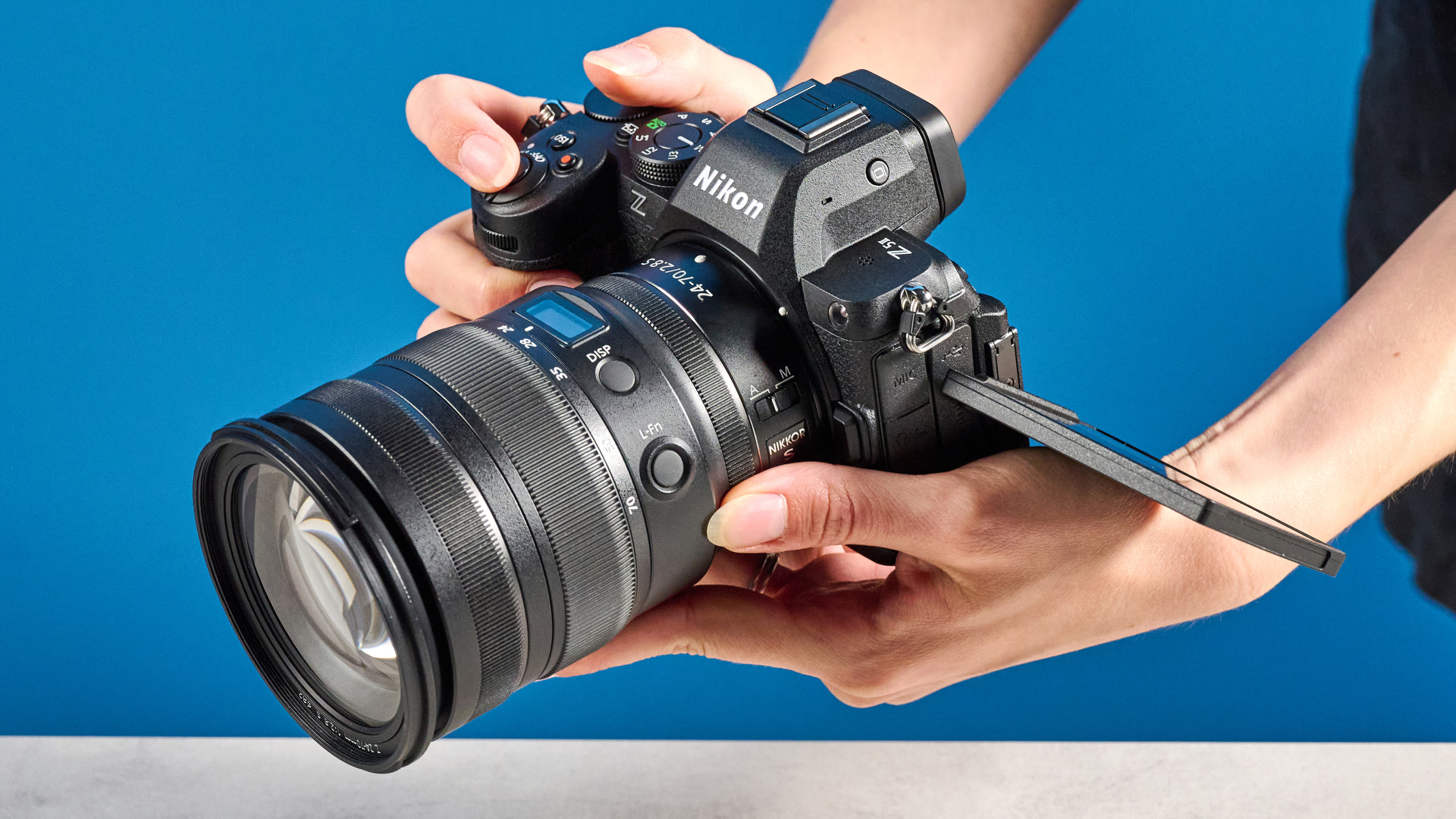
Panasonic Lumix S5IIX
Canon EOS R50
Nikon Z5II
Fujifilm X-T50
Winner: Nikon Z5II
Value for money is always something I'm considering when deciding which cameras make this list. That's why all of the cameras we were considering for this award (see 'The competition' box) have been included for other sections! All of the cameras had very specific niches, though, while the Z5II is an incredibly competent all-rounder.
The Lumix S5IIX is great value for money, but best as a video camera. The Fuji X-T50 is a street camera, while the EOS R50 is a beginner's camera. The Z5II is a hardcore hybrid all-rounder, capable of high-end photos and video, and satisfying the needs of demanding enthusiasts, semi-pros and even professionals. And all at a very, very attractive price.
This camera's main rivals generally-speaking are those targeted at similar shooters: serious photographers, new professionals taking on their first paid gigs, and even established pros. I'm talking about the Canon EOS R6 Mark II and Sony A7IV. Both are powerful mid-tier full frame hybrids that are commonly used by jobbing pros — I constantly see these cameras used to cover weddings!
Both have a couple of advantages over the Z5II. Namely, their AF systems are just that little sharper, although there's not a huge amount in it. The Canon has an easier menu system (in my opinion), while the 33MP Sony has more res, for cropping or larger format printing.
Really, though, that's it. The Z5II is as good as the Canon and Sony in virtually every other meaningful way, and is a more capable camera in the video department, that's for sure.
And here's the kicker: the Z5II undercuts those cameras on price, not just by an inch, but by a veritable country mile. It's pushing $700 cheaper than the EOS R6 Mark II, and is more closely priced to the hobbyist Canon EOS R8, which doesn't even feature IBIS or dual card slots. You can't argue with that.
Nikon Z5II: Sample images

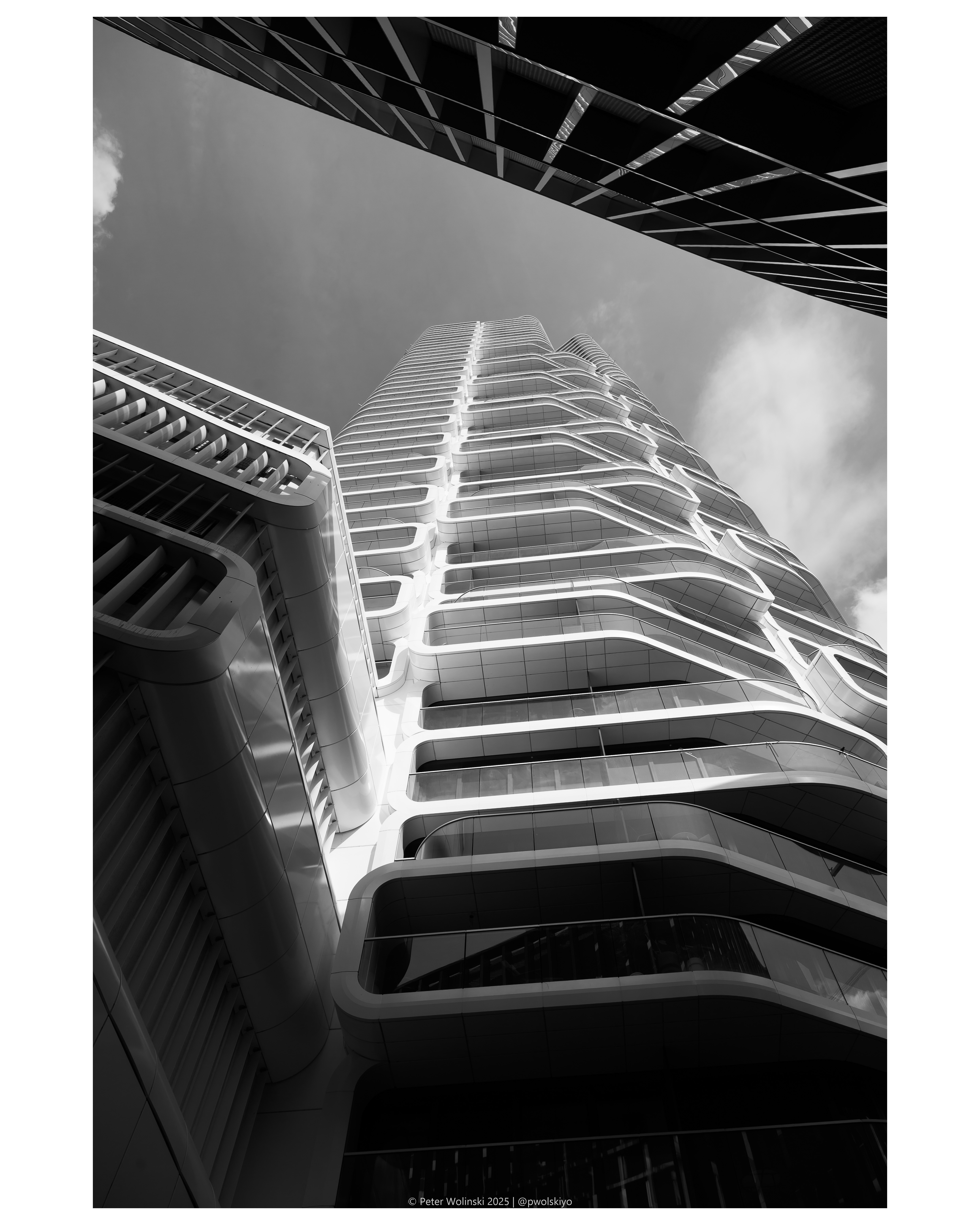
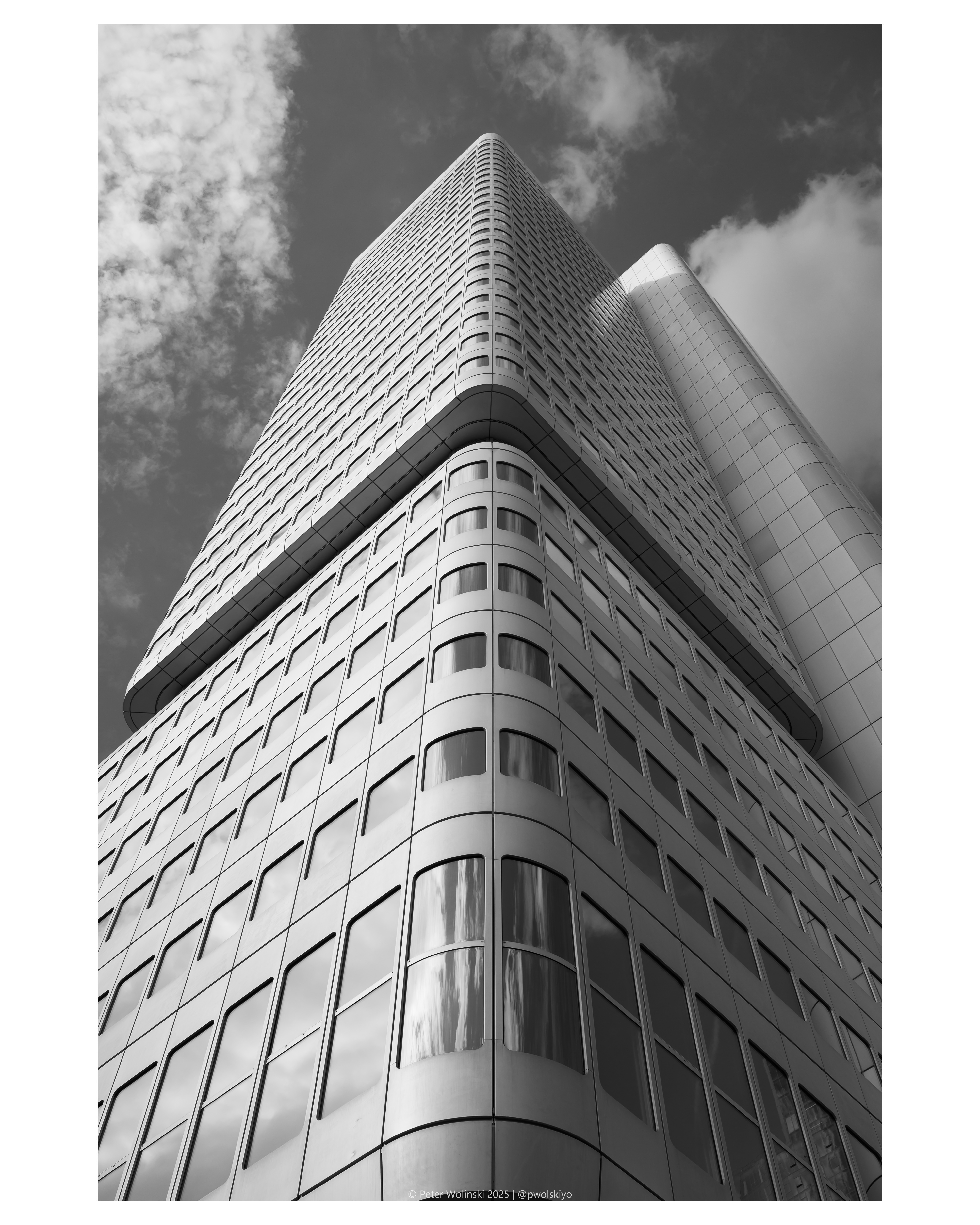






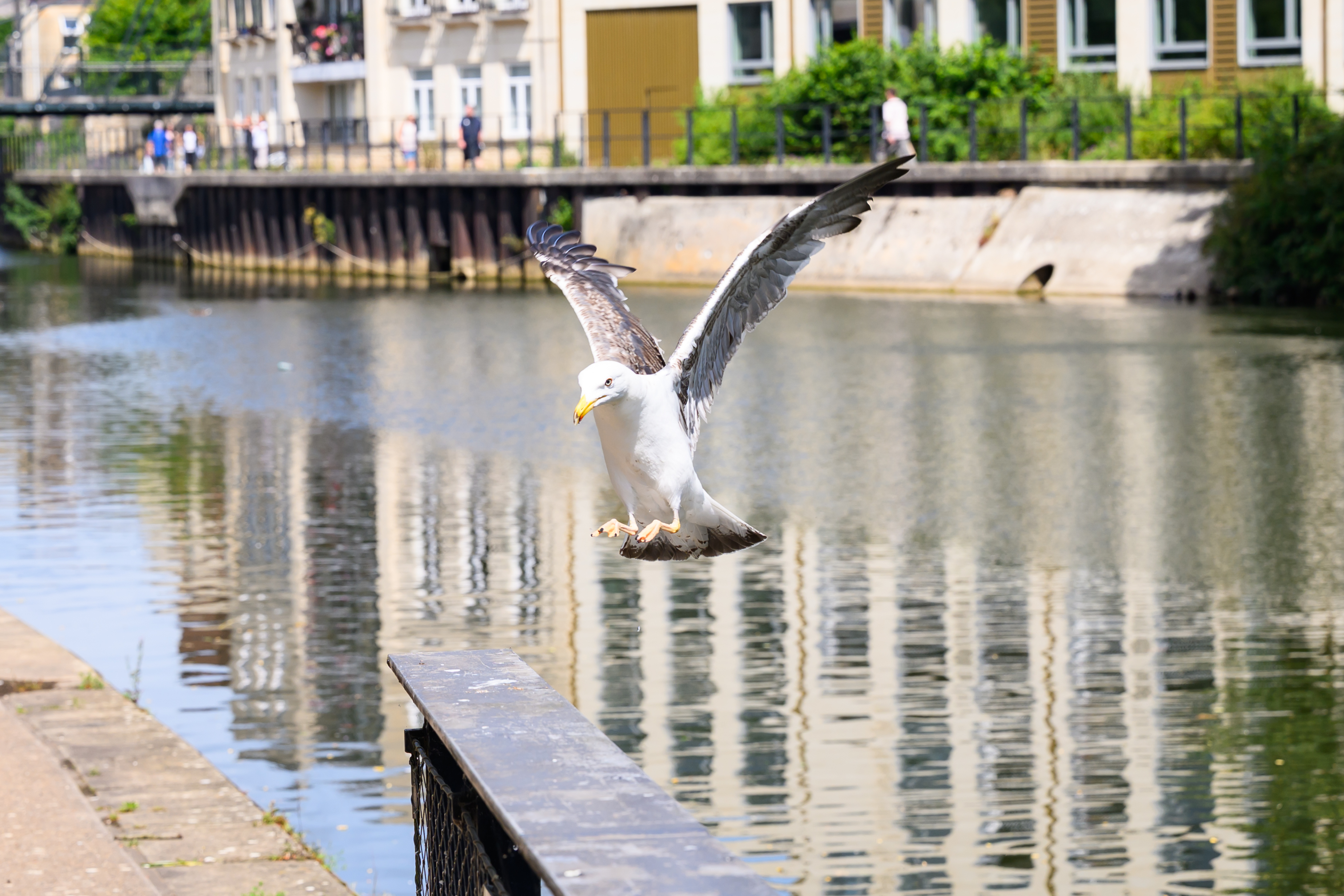


The best mirrorless camera for street photography
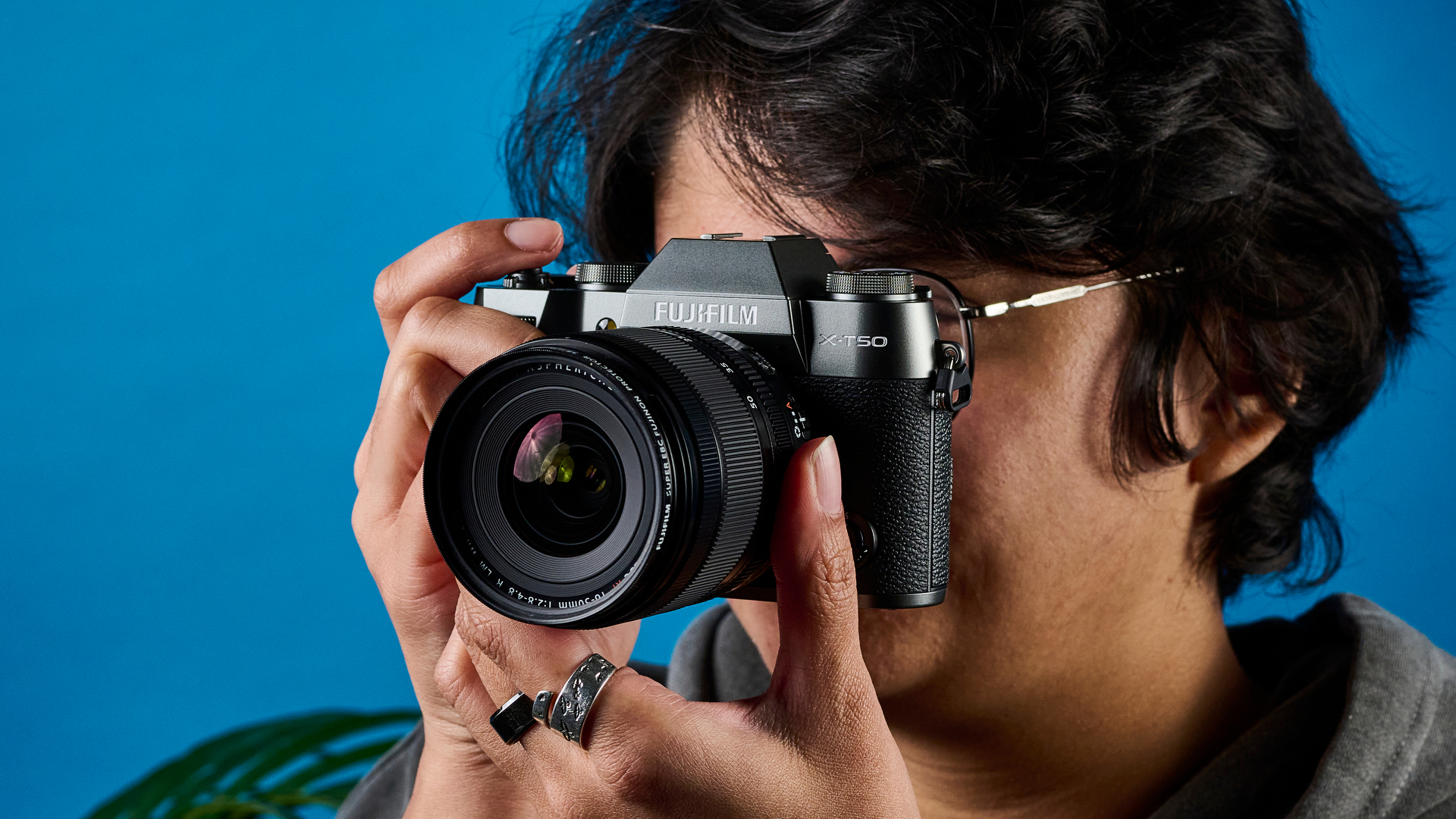
Specifications
Reasons to buy
Reasons to avoid
Why it's the best for street: Firstly, the Fujifilm X-T50 has a large 40.2MP sensor which captures lots of detail for cropping. In testing, this came in super useful: even if I missed framing slightly in a chaotic street moment, I could crop in post without losing lots of resolution.
For those unpredictable on-street moments, where the scene suddenly shifted or a split-second moment caught my eye, I found I could rely on the X-T50’s rapid AF system to quickly lock on to faces or eyes and take a photo — even in challenging light.
✅ You want stunning images: With 40MP on tap, images look great, with plenty of room for cropping.
✅ Yo want to shoot street: Tactile controls, great AF and 7.0-stop IBIS equip the X-T50 perfectly for fast-paced, changing scenarios.
Speaking of low-light conditions, this is where the X-T50’s 5-axis (up to 7-stops) IBIS came in handy. I was able to shoot at shutter speeds as slow as 1s and still get sharp shots.
The most useful element for street though is the X-T50's tactile controls, which make it easy to shift settings in an instant. The dedicated film simulation dial is my favorite, giving immediate access to 20 film sims like Nostalgic Neg, Acros and more. I could instantly shift the aesthetic or mood of my shots.
❌ You're on a tight budget: The X-T50 is more geared towards enthusiasts than total newcomers on a budget.
❌ Battery life is top priority: This camera uses Fuji's NP-W126 battery, which isn't great, although spares are very cheap.
Being able to apply film sims in real-time and then quickly offload photos to share them on social media meant I didn’t have to spend too much time in post-production, either.
The X-T50 is also comfortable to use for an entire day of street shooting. Its sculpted grip is one of the most ergonomic I’ve tested, and let me use the camera with either one or both hands, portrait or landscape. Weighing just 15.45oz, it isn’t too heavy either, and I experienced zero discomfort having it round my neck for hours on end.
- Read Nikita's full Fujifilm X-T50 review

How it compares & sample images
How it compares
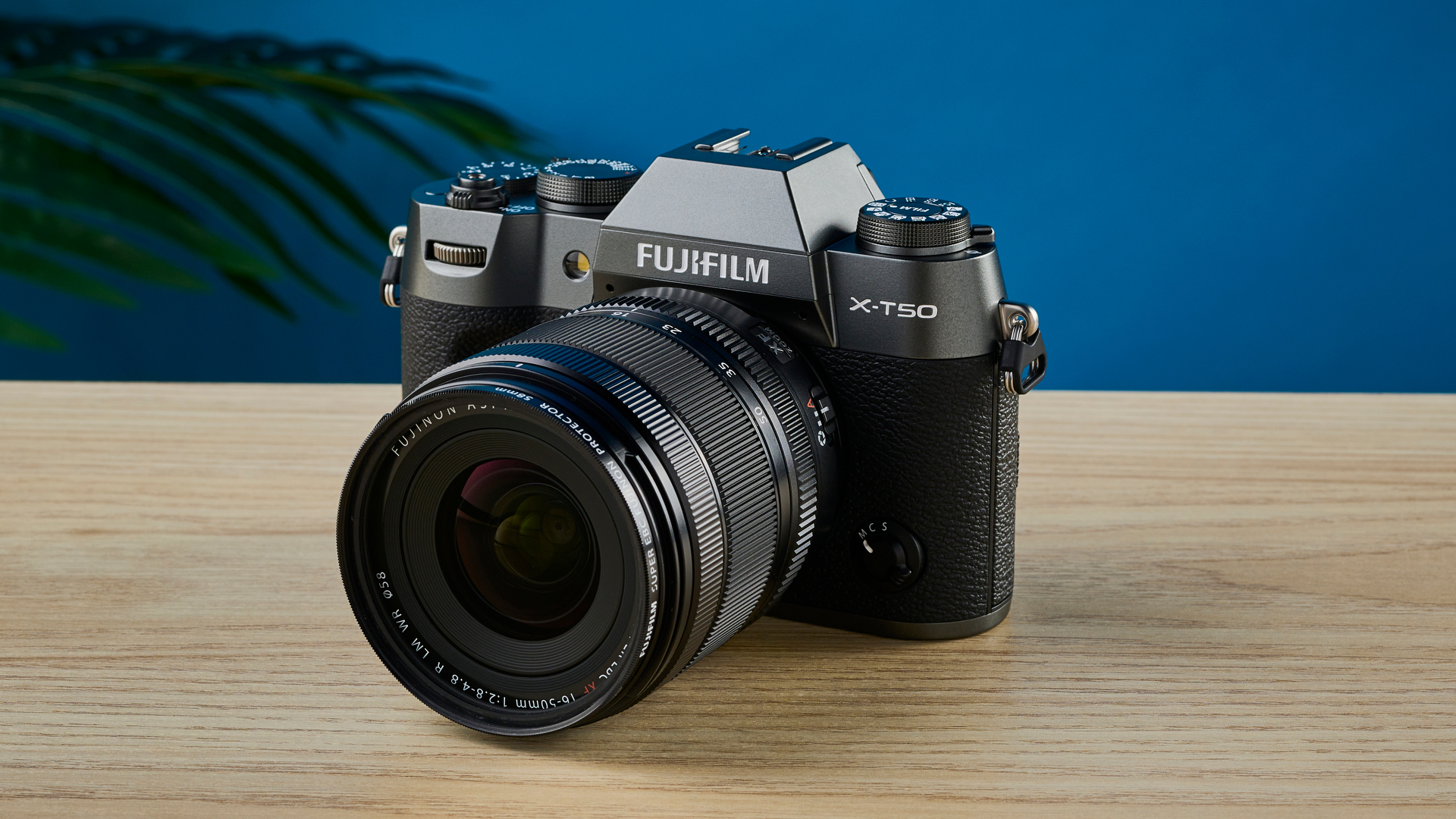
Fujifilm X100VI
Fujifilm X-T50
Fujifilm X-S20
OM-System OM-3
Winner: Fujifilm X-T50
The Fujifilm X-T50 is mainly up against its siblings for the best street camera award. Fujifilm makes incredible street cameras that are portable, tactile and produce lovely images. None of them are perfect, though, and I feel the X-T50 boasts the best combination of features for fast-paced photography.
The X-T50's greatest assets are its controls and handling. Now, you'll also find great handling on the Fujifilm X100VI, which features similar tactile controls as the X-T50 (not to mention the same high-res sensor, AF and IBIS), but it doesn't have a sculpted grip, making it trickier to use the X100VI at odd angles. The X100VI is difficult to get your hands on in the first place, as it's usually sold out everywhere thanks to its popularity on social media (and we suspect limited production by Fuji to keep demand high).
The 26MP Fujifilm X-S20 also features a grip, but its controls are more modern, which takes away from that classic tactile feel that suits street so well. Neither the X-S20 or X100VI have film simulation dials, to allow for quick shifting of color profile: a big win for the X-T50.
Admittedly, the X-T50's battery life falls short against other similarly priced cameras. The X-T50 is rated for just 390 shots — not great if you’re out and about shooting all day. The Fujifilm X-S20, meanwhile, is rated for a whopping 750 shots, while the Fujifilm X100VI can take 450 shots. That means you'll need a spare battery, but those are very cheap for this camera.
The X-T50 isn’t weather-sealed either which, in my testing, proved frustrating as I had to keep reaching for my bag when it started raining out of nowhere. This isn’t abnormal in this price bracket though. The X100VI and X-S20 aren’t weather-sealed either.
Where the X-S20 has a leg up on the X-T50 is with video, which is why we've awarded the former our 'best for vlogging' award. When it comes to shooting street, though, the X-T50 is an ideal all rounder.
Fujifilm X-T50: Sample images





The best retro mirrorless camera
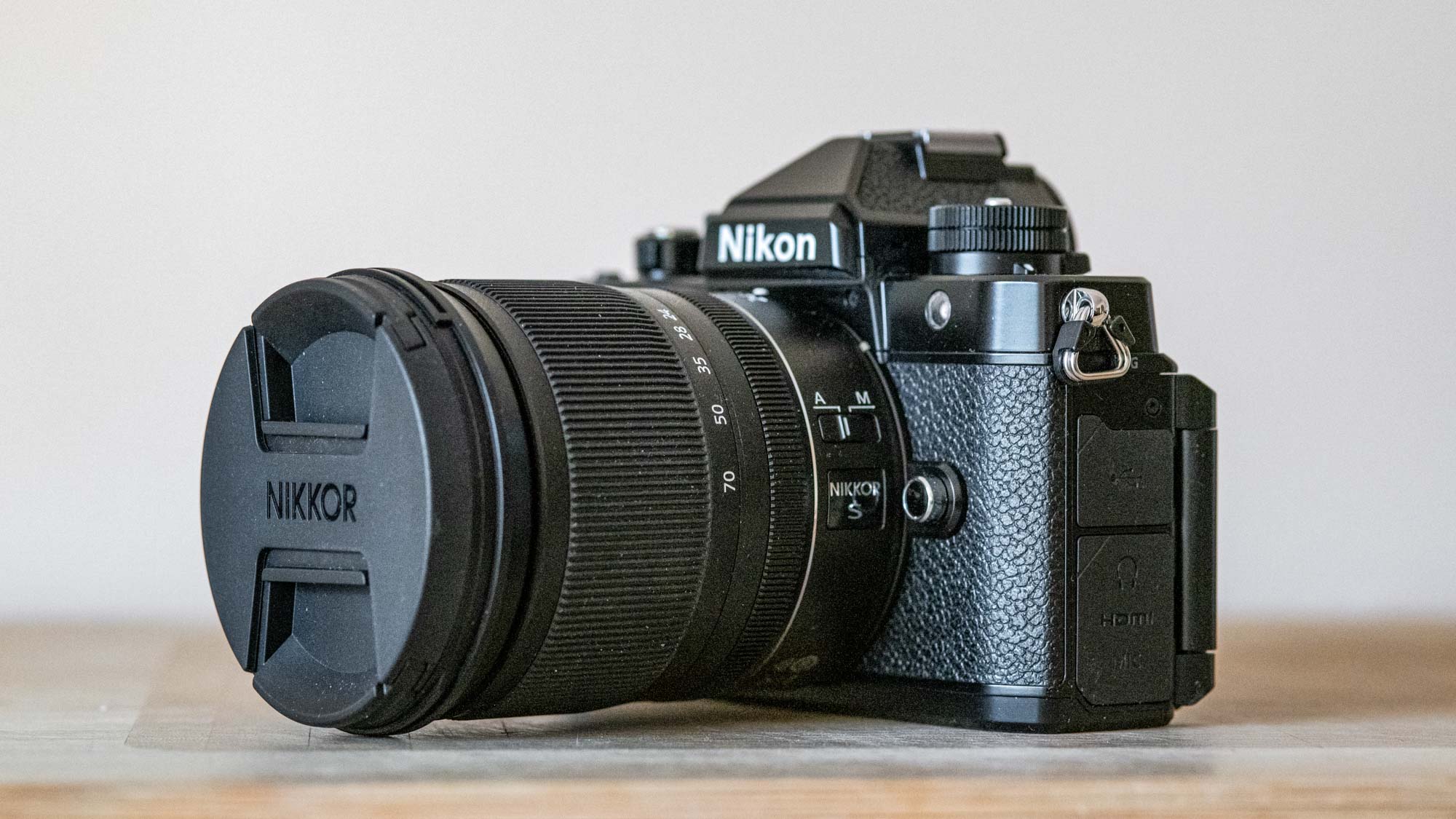
Specifications
Reasons to buy
Reasons to avoid
Why it's the best retro: A retro has to do three things well. Obviously, it has to look like a classic camera, and the Nikon Zf is indeed styled after legendary Nikon 35mm film cameras of old. I have a Nikon FG on my shelf at home, so the Z f really hits me in the nostalgia feels.
That styling isn't just skin-deep, though. The Z f is built to last, just like its classic forebears — as you'd expect from Nikon, and especially at the list price this camera demands.
✅ You want retro styling and controls: The Z f offers the classic tactile controls of an old-school film camera, not to mention the dashing looks.
✅ Superior imaging is paramount: The Z f's 24MP full frame sensor and advanced AF result in a formidable package for photography.
Retro cameras are all about tactile controls, and the Z f has no shortage of those either, with top-plate dials for exposure control and an F-stop display where you’d expect a film camera’s frame counter. Combined with modern controls on the back, we found the Z f struck the perfect balance between old and new.
The 24MP full frame sensor left very little to be desired in testing: vibrant colors, sharp images, plus strong high ISO and dynamic range performance. There’s also subject detection AF, which worked very effectively in testing, allowing our tester Theano to track fast-moving windsurfers. Its eye detection mode also works in MF to provide hybrid AF/MF, which comes in extremely handy for quick manual focusing.
❌ You're printing at large sizes: 24MP is fine for digital images and medium prints, but not larger-scale printing or heavy cropping.
❌ You want a focus joystick: No joystick means you use a D-pad to focus, or go old school and do it manually (it's a retro, after all).
Naturally, the Z f can use the fantastic Nikkor Z-mount glass (fun fact: we use Nikkor lenses in the Tom's Guide U.K. photo studio, because they're just so sharp) as well as older Nikkor lenses via an FTZ adapter. That means this camera will suit longer-term Nikon shooters with DSLR lenses.
This is not a video-centric camera, but the Z f shoots up to 4K/60p with an APS-C crop, or 4K/30p uncropped. N-Log and Hybrid Log Gamma profiles are available for wide dynamic range capture. It’ll happily shoot video clips, but bear in mind this isn’t a professional video tool like its sibling, the Nikon Z6 II, or the Panasonic Lumix S5IIX (our favorite camera for video).
- Read our full Nikon Z f review

How it compares & sample images
How it compares
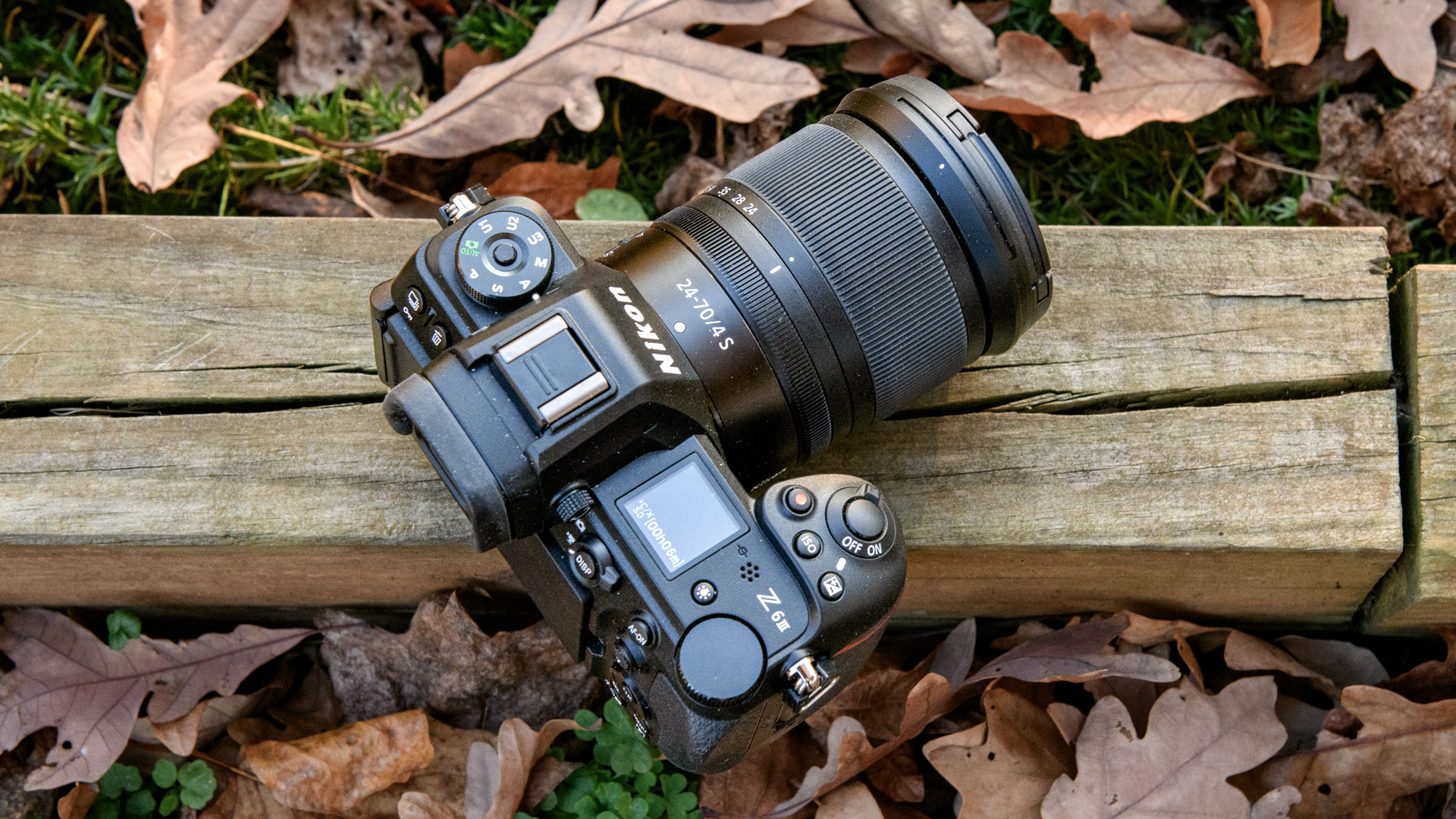
Nikon Z f
Fujifilm X-T5
Nikon Z fc
O-System OM-1
Winner: Nikon Z f
The Z f has a monopoly over a particular market segment: there aren’t any other proper retro mirrorless cameras with full frame sensors, unless you want to drop $7,000 on a Leica SL3 that is, although that’s more of a modern-retro. The competition (at least in ‘normal person’ price range) is either the APS-C Fujifilm X-T5, or the Micro Four Third OM-System OM-1.
The Fujifilm X-T5 is our favorite APS-C camera, and has some advantages over the Z f. The X-T5 packs a whopping 40.2 megapixels under the hood, so despite being a smaller APS-C sensor, it’s actually the better camera for photographers who want to do a lot of cropping or larger format printing. As an APS-C camera, the Fujifilm also offers a wide range of compact, affordable lenses, versus the pricier, larger glass of the Nikon Z-mount.
All that said, the Z f’s 24MP full frame sensor is an absolute beauty, and still produces lovely, detailed images, with stronger low light performance and more dynamic range than the X-T5 thanks to the larger sensor real estate.
An interesting point of contention is that the Fujifilm X-T5 also packs dual SD card slots, versus the Z f’s SD and micro-SD pairing, which may cause a bottleneck during high speed drive shooting. There’s also no focus joystick on the Z f, which you will find on the X-T5. However, focus zones can be controlled using the D-pad on the Nikon, which is not ideal, but does the job.
At the end of the day, though, unless you need the extra resolution of the Fujifilm X-T5, the Nikon Z f’s gorgeous styling and formidable stills performance has it coming out at the top of the retro market.
Nikon Z f: Sample images
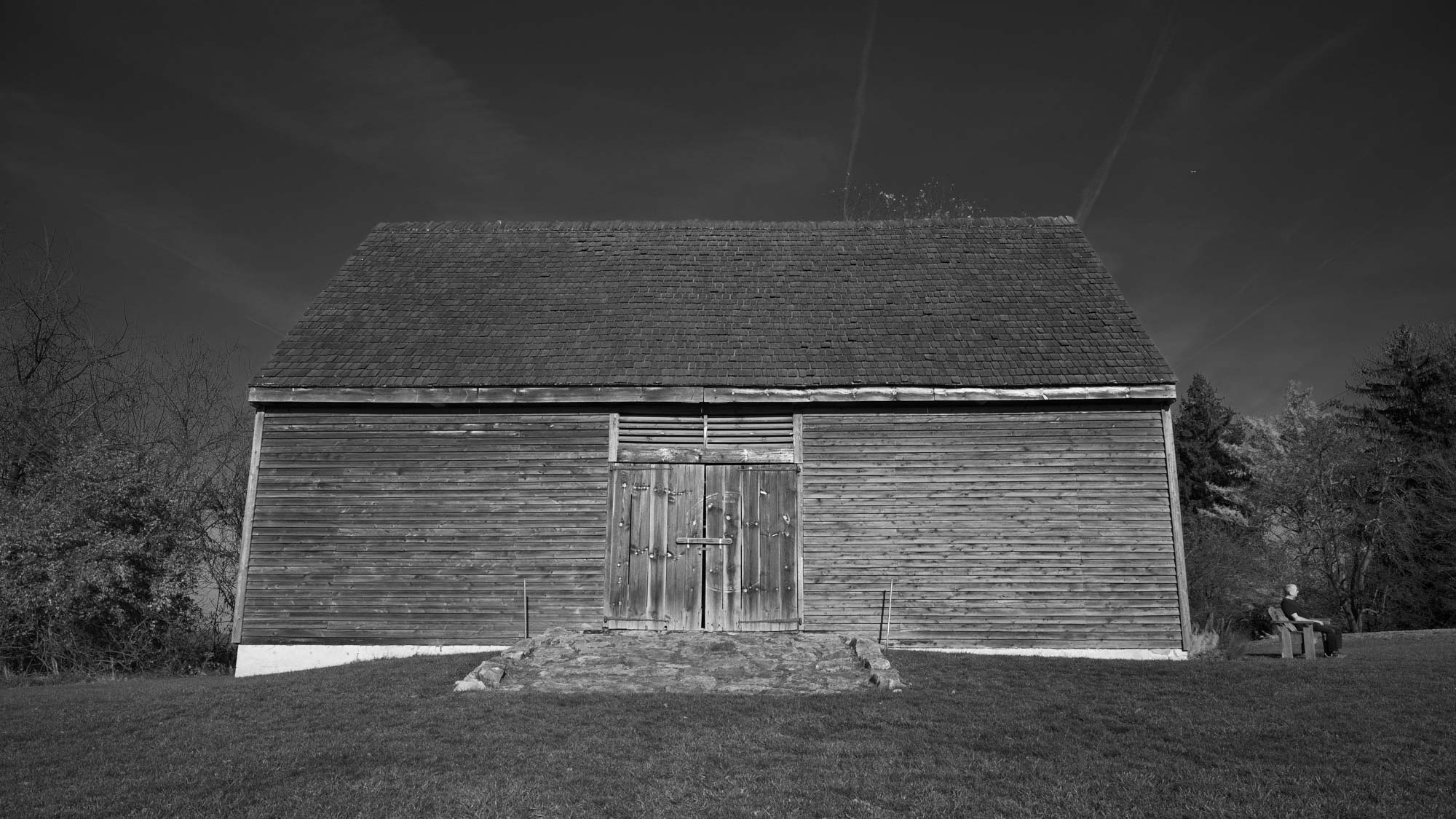


The best mirrorless camera for vlogging
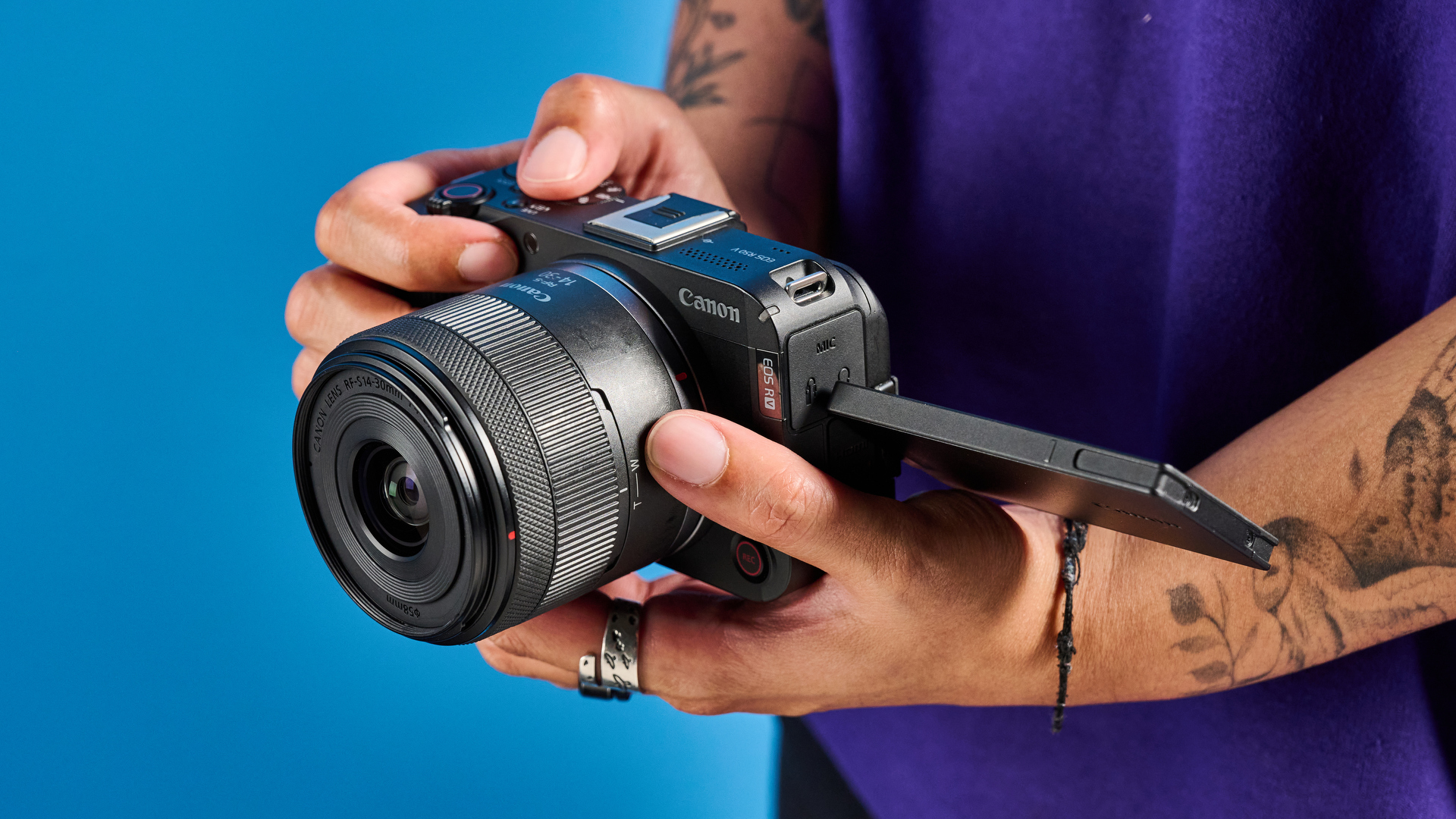
Specifications
Reasons to buy
Reasons to avoid
Why it's the best for vlogging: If you’re upgrading from your smartphone or an older camera and need a vlogging-focused mirrorless snapper, the Canon EOS R50 V is the undisputed king. Designed specifically with content creators in mind, this compact, affordable mirrorless camera delivers serious video power without overwhelming new users.
✅ You're upgrading from your smartphone or DSLR: With plenty of advanced features and space to grow, the EOS R50 V is the ideal first vlogging camera for content creators.
✅ You don't want to break the bank: The EOS R50V starts at $699, making it an affordable vlogging tool.
Unlike its standard counterpart (the EOS R50), the EOS R50 V swaps the traditional mode dial for one focused entirely on video, letting you easily toggle between recording modes.
It even features dual recording buttons for added convenience — one on the front and one on the top plate. So no matter how you’re holding the camera, you can hit the record button and get going. There are also two tripod threads for vertical and horizontal shooting.
❌ You want IBIS: The EOS R50 V lacks in-body image stabilization and relies solely on digital stabilization.
The EOS R50 V’s prowess lies in its ability to capture sharp 4K video at 60fps. Combined with Canon’s top-performing Dual Pixel CMOS AF II autofocus system with reliable eye detection and automatic subject detection, the EOS R50 V is perfect for solo creators or on-the-go shooting. 10-bit C-Log 3 is also supported and is highly beneficial for vloggers who want more flexibility in post-production and while color grading.
For vloggers looking to level up content without breaking the bank, the EOS R50 V is easily the top pick in 2025.
- Read Nikita's full Canon EOS R50 V review

How it compares & sample images
How it compares
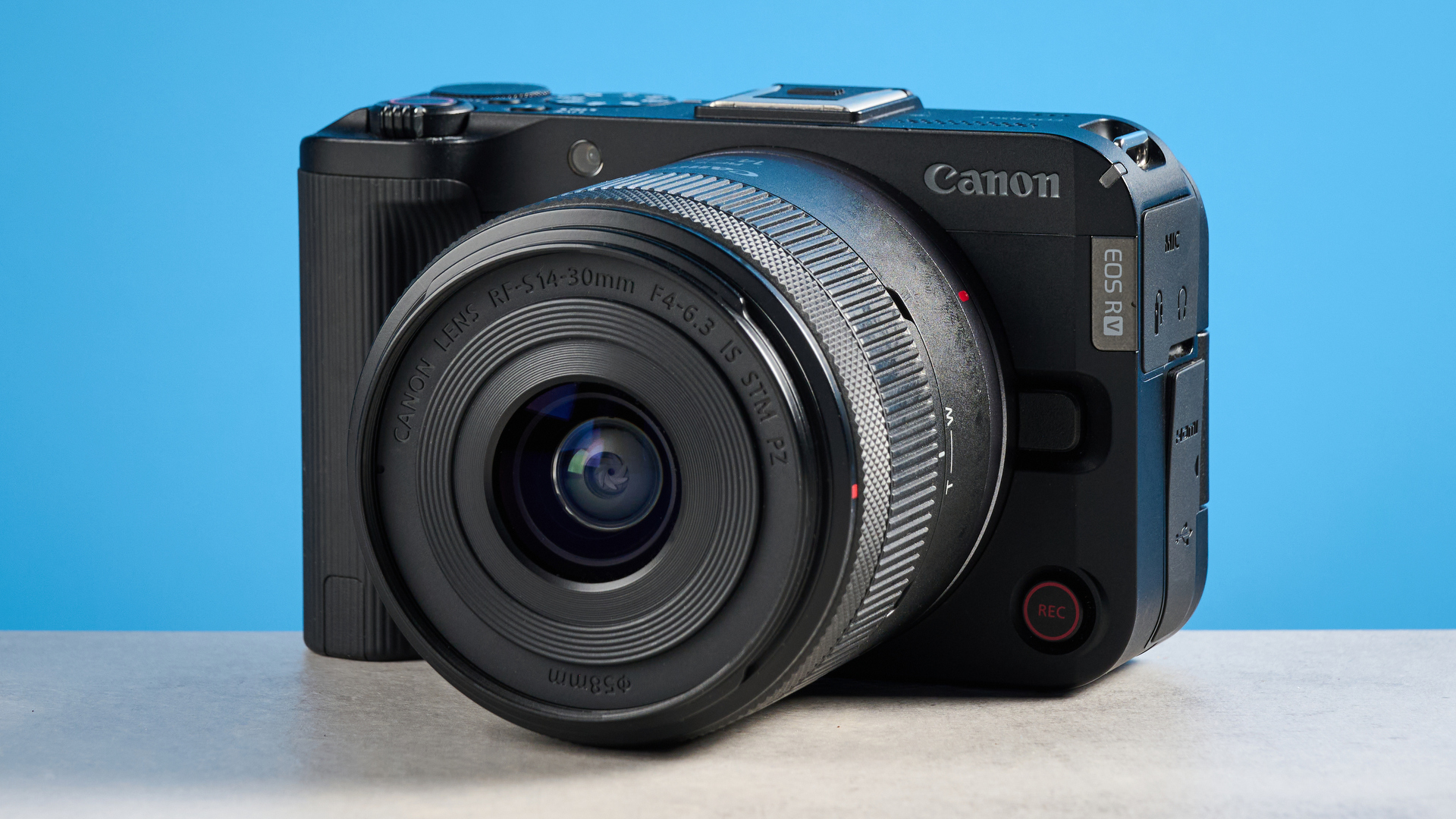
Canon EOS R50 V
Sony ZV-E10 II
Sony ZV-1F
Fujifilm X-S20
Fujifilm X-M5
Winner: Canon EOS R50 V
This was a really close call, because the vlogging market is now such a crowded one, with many excellent cameras available to content creators new and old.
The EOS R50 V takes the crown from and replaces the Fujifilm X-S20 as our top pick for vloggers, and its more accessible price point is one of the primary reasons. While the X-S20 features in-body image stabilization (which the EOS R50 V lacks), Canon’s offering pulls ahead with a video-first design that’s tailor-made for creators and won't put them in debt so early on in their career. That makes it great as a first vlogging camera, but it's also an excellent choice for more experienced creators too!
Features like dual recording buttons, a vertical tripod mount and a dedicated video mode dial give the EOS R50 V a practical edge that also rivals the Fujifilm X-M5 and the Sony ZV-1F. Although the EOS R50 V (13.05oz) is slightly heavier than the X-M5 (10.82oz) and the ZV-1F (8oz), it’s still portable and compact, and its ergonomic controls upstage both Fujifilm and Sony.
In terms of resolution, both the X-S20 and X-M5 shoot up to 6.2K at 30p, but the EOS R50 V delivers crisp 4K at 60p, oversampled from 6K. That’s more than enough for YouTube, Instagram and TikTok. If you want to shoot straight out of camera and upload quickly without spending hours in post production, you won't see any benefits from 6.2K anyway. Meanwhile, the Sony ZV-1F tops out at 4K/30p, so can't match the EOS R50 V's smooth 60fps. The Sony has a fixed lens, too, limiting flexibility.
On the topic of lenses, the elephant in the room is that Sony and Fujifilm offer many more affordable lenses than Canon, which hasn't fully opened up its RF lens mount to third-party developers like Sigma and Tamron, further compounding the issue. The APS-C native Canon RF-S lenses are thin on the ground and, well, not very good. You can use Canon's full frame RF lenses, although these are a bit pricier.
The Sony ZV-E10 II is much more expensive than the EOS R50 V, but has access to the expansive range of Sony first- and third-party lenses, and the same goes for the Fuji X-M5 and X-S20. That could make those cameras a better shout for creators who want a huge roster of lenses at their disposal. The thing is... you only really need one or two good lenses, and there's plenty of those to choose from in Canon's lineup.
The EOS R50 V is also a great choice if you want a camera that’s quick to focus. Compared to the X-M5’s 425 focus points, the R50 V offers a whopping 4,503, along with auto subject detection so you don’t need to waste time swapping between, say, animals and humans.
At the end of the day, the EOS R50 V stands out with its premium build quality, vlogging-centric features and intuitive design, as well as 4K/60p video oversampled from 6K. It offers fantastic value for money for vloggers who want a no-fuss camera.
Canon EOS R50 V: Sample video
Canon EOS R50 V: Sample images






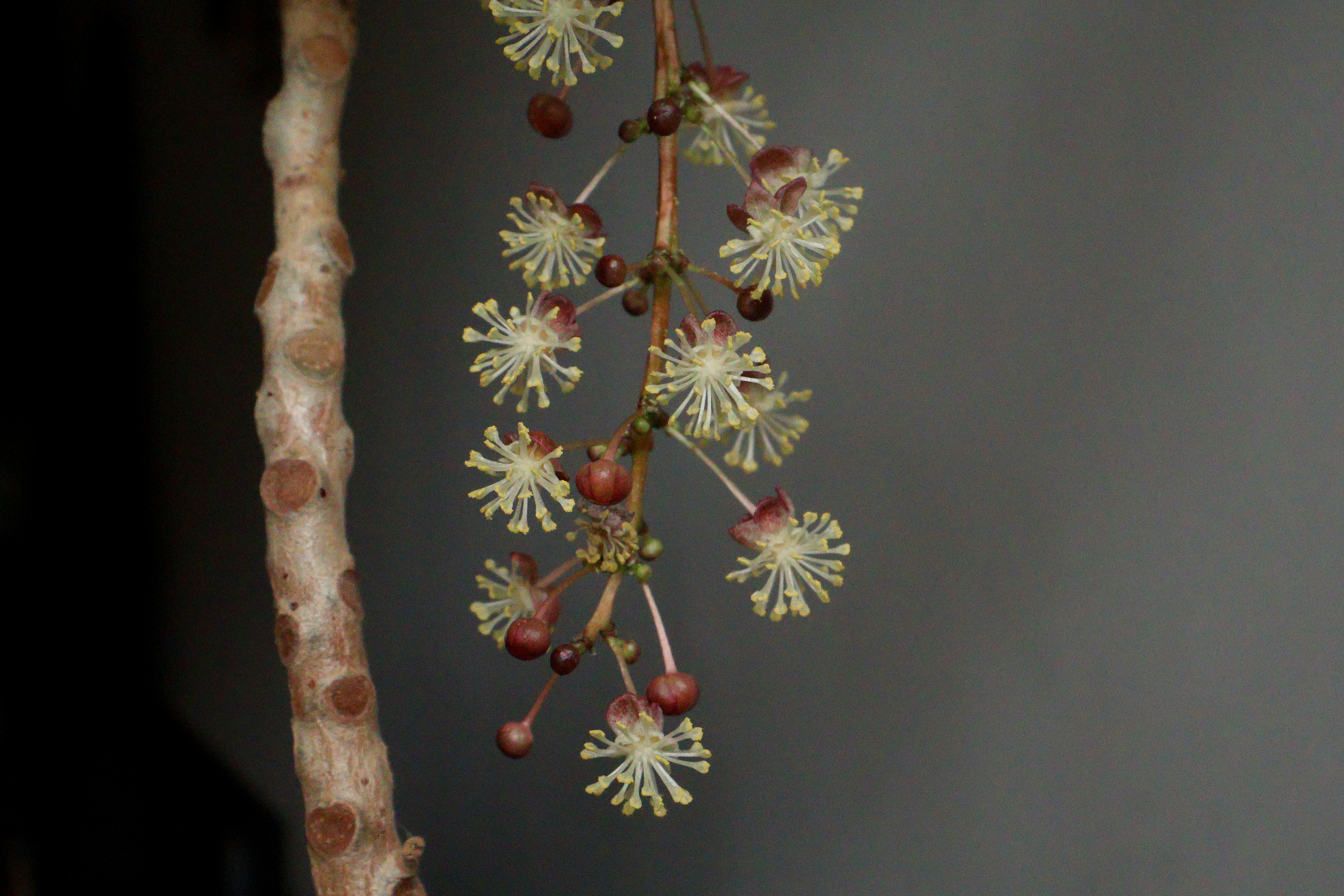
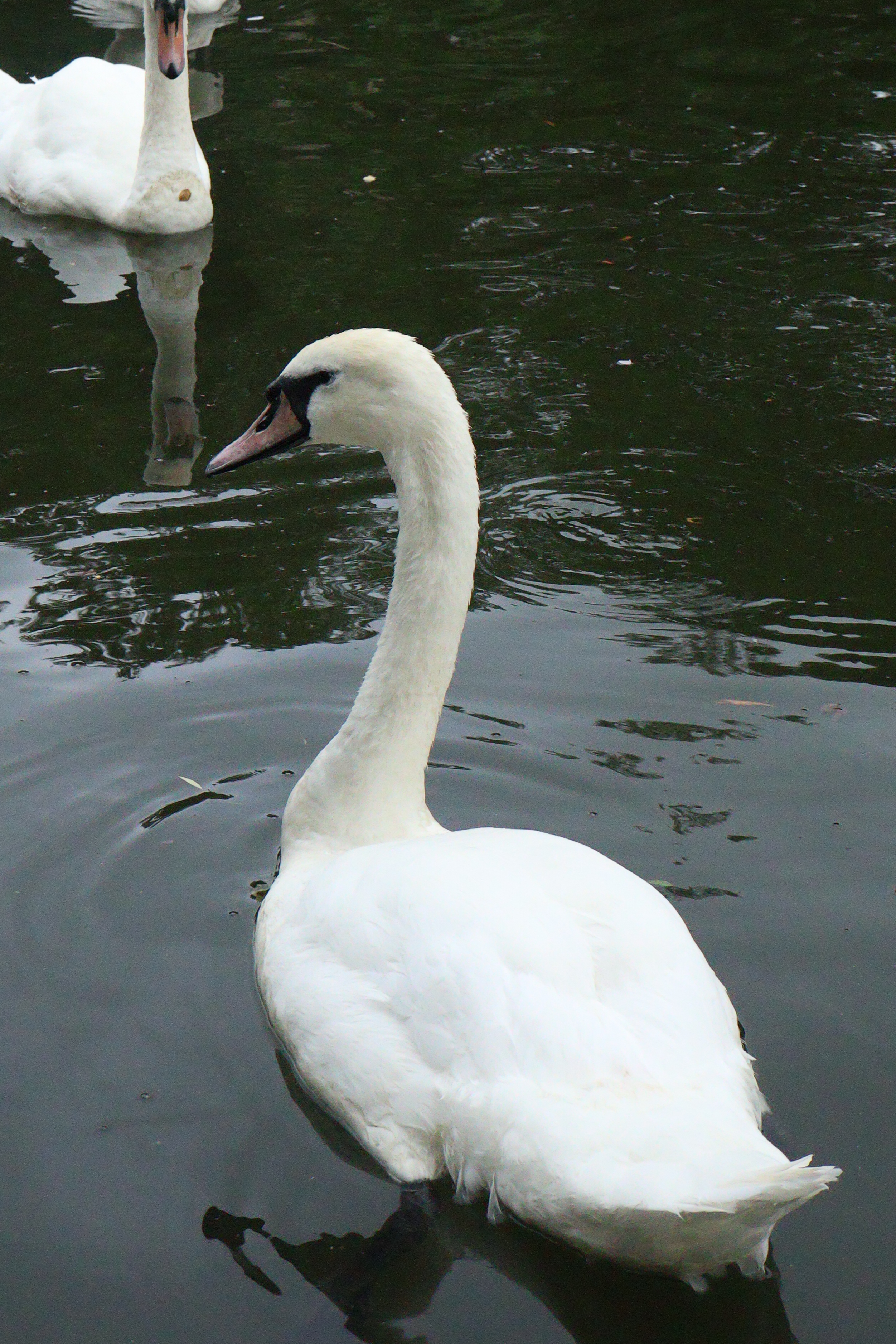
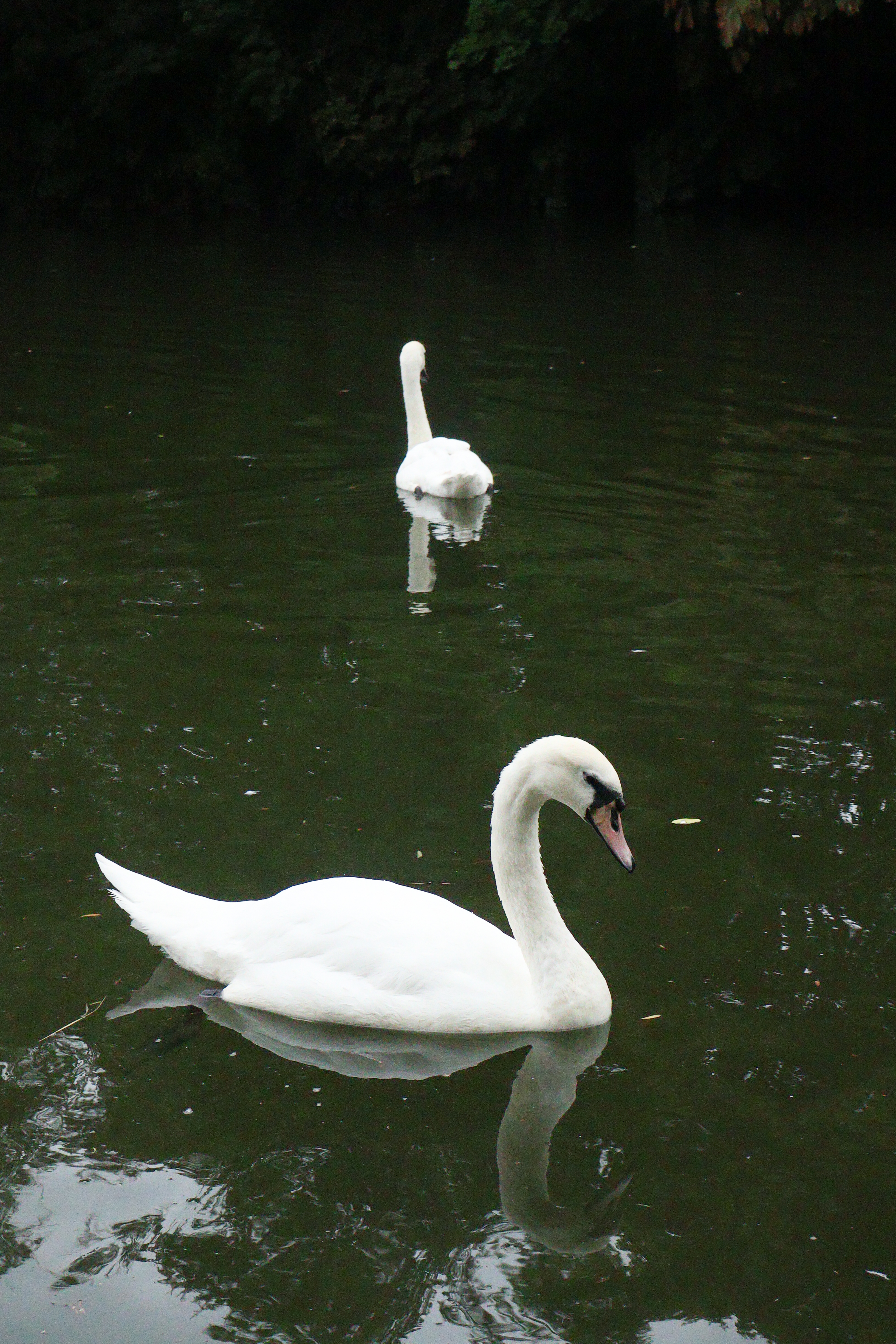



The best mirrorless camera for wildlife photography
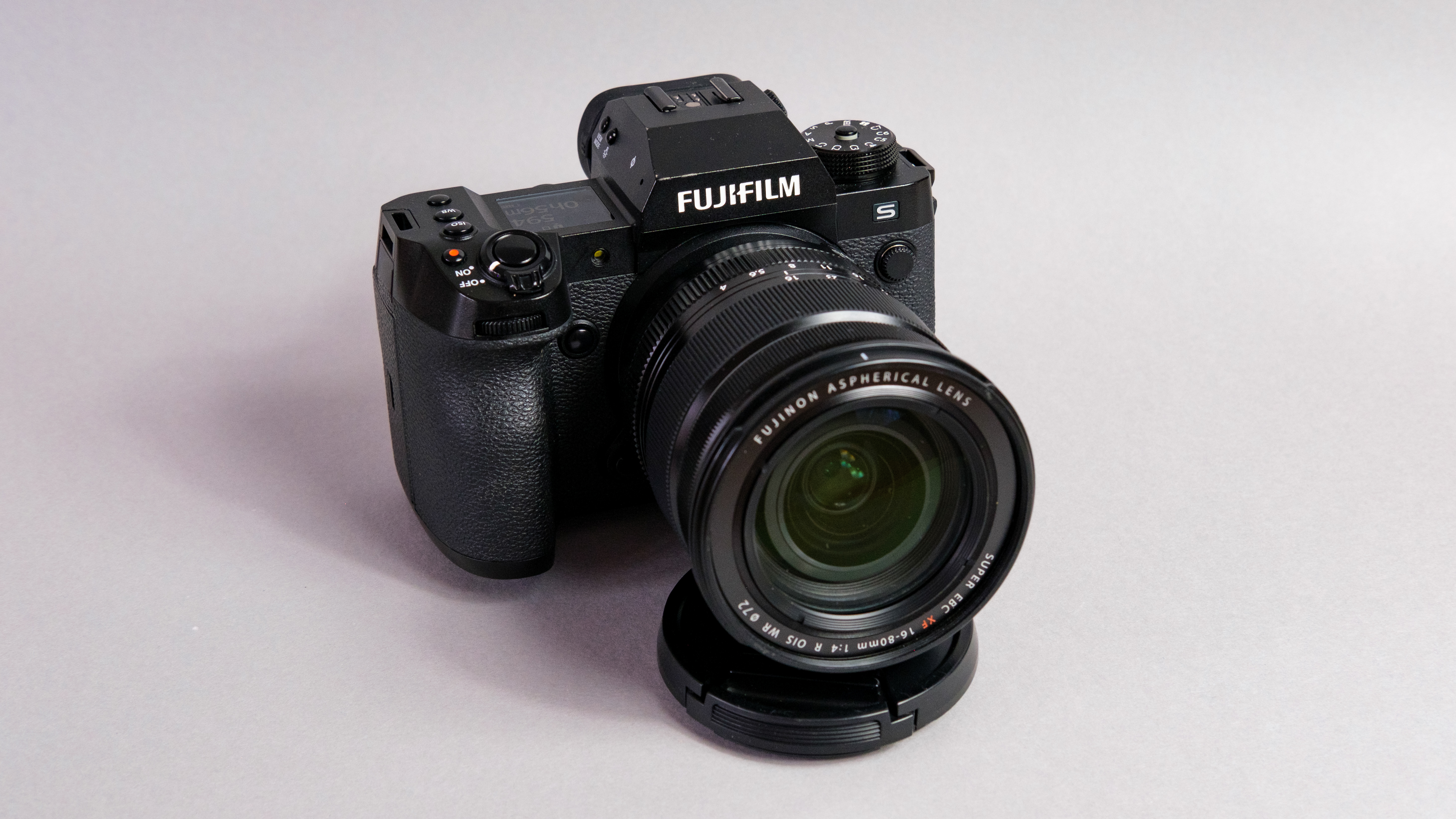
Specifications
Reasons to buy
Reasons to avoid
Why it's the best for wildlife: Animals often move rather quickly, which makes them tricky subjects to shoot (especially when they’re small). With Fujifilm’s most up-to-date image processor, the X-Processor 5, the X-H2S features advanced autofocus with subject detection and tracking modes.
In testing, I used the X-H2S in continuous AF mode to shoot photos of fast-moving animals, including squirrels and a whippet running at full pace. It sometimes struggled with the squirrels, but nevertheless did an impressive job, detecting animals easily, and even locking onto the eyes of a squirrel in extremely challenging backlit lighting conditions. Images looked fantastic thanks to the brilliant 26MP X-Trans CMOS 5 sensor.
✅ You need a high speed camera: The X-H2S packs the drive rates and AF necessary for enthusiast and professional wildlife photography.
✅ You need your camera to last all day: Impressive battery life means the X-H2S should last an entire day out in nature snapping wildlife.
Thanks to a CFExpress Type-B port (allowing faster write speeds than SDHC/SDXC) the X-H2S can sustain an impressive 40fps continuous shooting rate, further increasing your chances of nailing shots of fast moving subjects. I used the full 40fps in testing, and filled the buffers after a generous 170 RAW + 184 JPEGs (around 4.25 seconds of shooting).
Again thanks to its CFExpress port, buffers cleared quickly and I was then able to get shooting again, resulting in less downtime/missed shots while you wait for the camera to stop writing.
❌ You need a small camera: While the X-H2S isn't as large as full frame cameras, it's chunky for an APS-C, so MFT might be better.
❌ You're shooting very small wildlife: Small animals occasionally caused issues in testing, although my hit rate was still decent.
The X-H2S also bundles a raft of professional-tier features to make life easier for serious enthusiasts or jobbing wildlife photographers. There’s a settings panel on the top plate, a high-resolution 5.76M-dot OLED EVF, a deep sculpted grip and 5-axis, 7.0-stop IBIS, which had no issues stabilizing my shots down to 1-sec.
Hybrid video shooters won't find the X-H2S lacking either, as it shoots up to 6.2K/30p video (or 4K/60p), in 4:2:2 10-bit color and in Apple ProRes if you like, all internally thanks to the CFExpress ports.
- Read my full Fujifilm X-H2S review

How it compares & sample images
How it compares
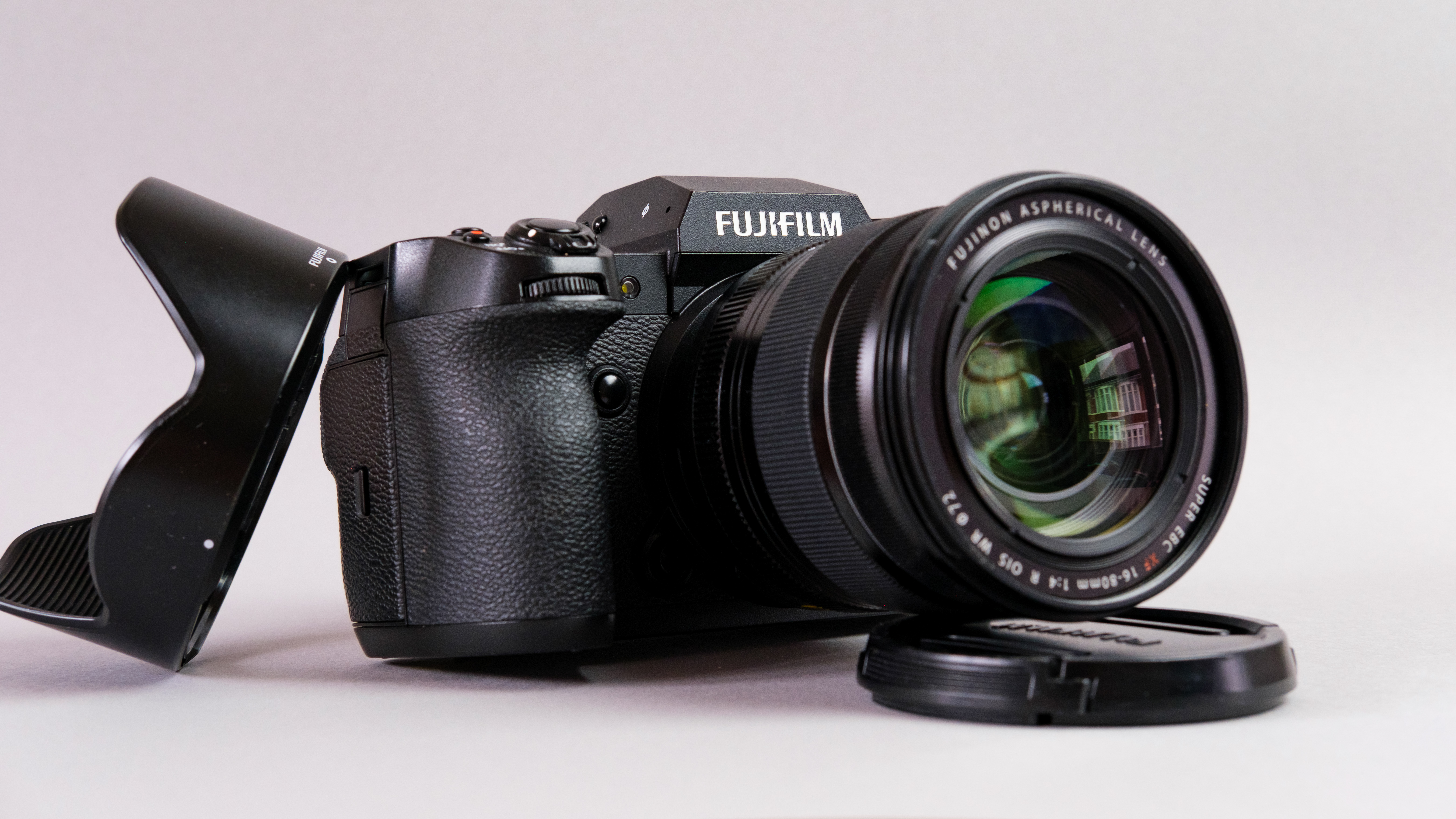
Lumix G9 II
Fujifilm X-H2S
Sony A1 II
Winner: Fujifilm X-H2S
In the $2,500-ish price bracket, the X-H2S’ primary competition is from the Micro Four Thirds Panasonic Lumix G9 II, a camera which I have also tested personally. In terms of outright pace, thanks to its smaller M43 sensor, the G9 II has the Fujifilm well and truly beaten, shooting at up to 75fps versus the X-H2S’ 40fps.
I tested the Lumix out by shooting a greyhound running at full pelt (40mph or so) and it performed admirably.
But outright speed isn’t everything if it can’t be sustained. The G9 II only features dual SD slots versus the faster CFExpress Type-B port in the X-H2S. That means the Lumix’s 75fps maximum shoot rate is a three-second burst rate. In continuous shooting, to achieve a similar number of frames as the X-H2S can at 40fps, the G9 II has to drop to 10fps.
The X-H2S is also just a better all round camera for hardcore enthusiasts and pros. Its larger sensor but similar megapixel count means larger photosites, for cleaner images at high ISO plus a wider dynamic range latitude.
It also has a top settings display for quickly checking settings, which the G9 II doesn’t, and Fujifilm’s AF system and subject detection modes are a little better — the G9 II was only the second Lumix camera to even have hybrid phase/contrast detection AF, let alone detection modes, so it isn’t the most developed AF system out there at the moment.
Fujifilm X-H2S: Sample images


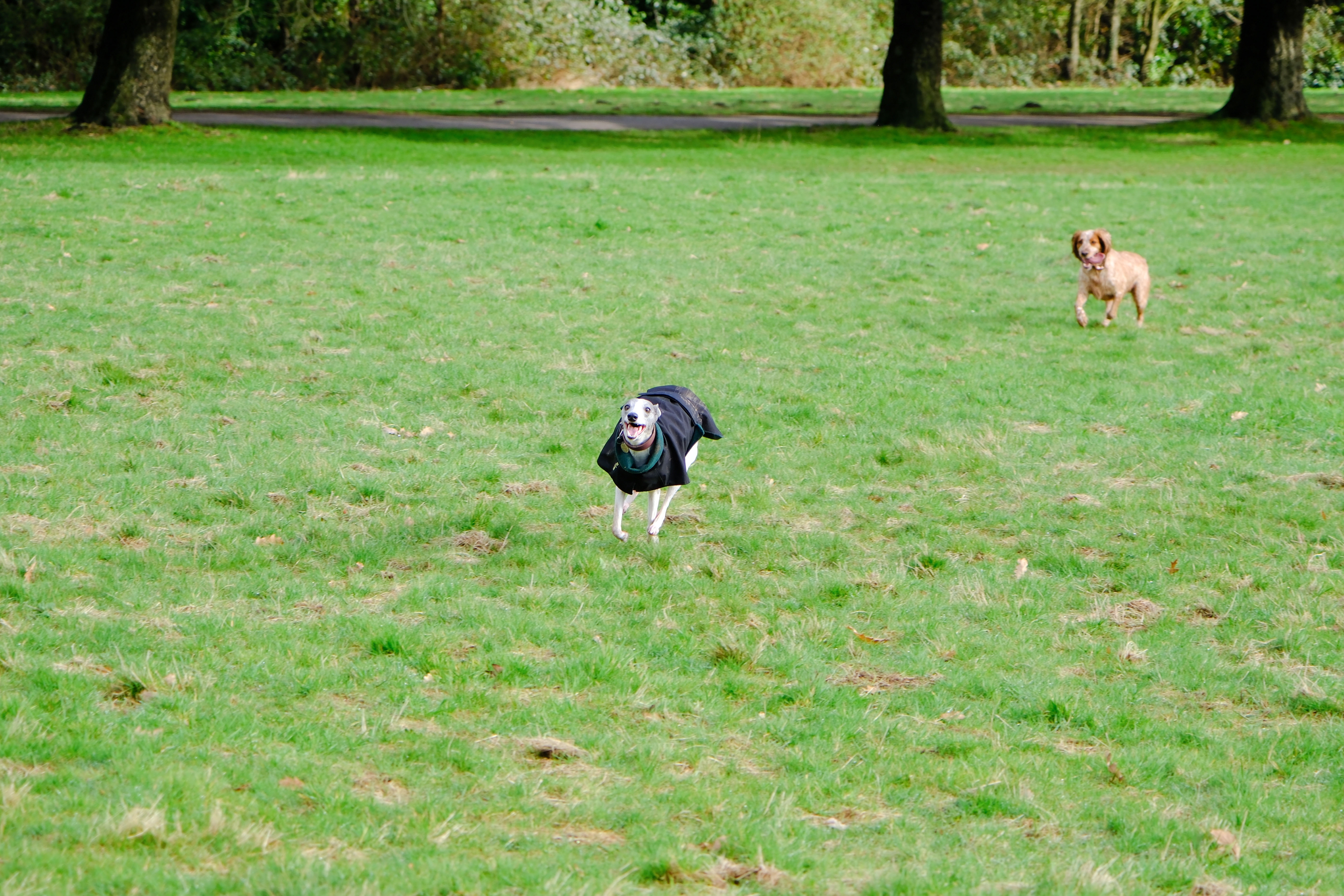
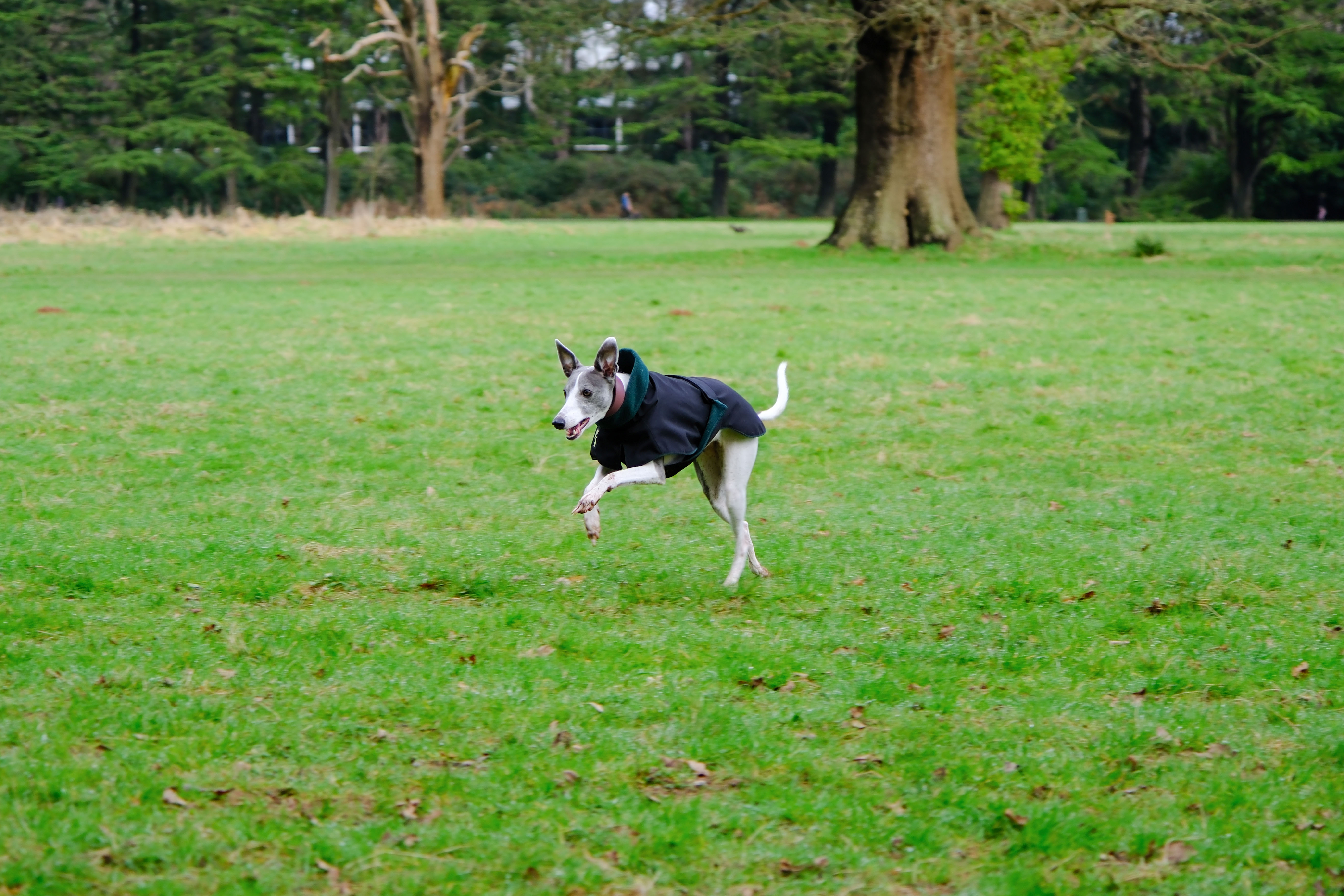


The best mirrorless camera for sports photography
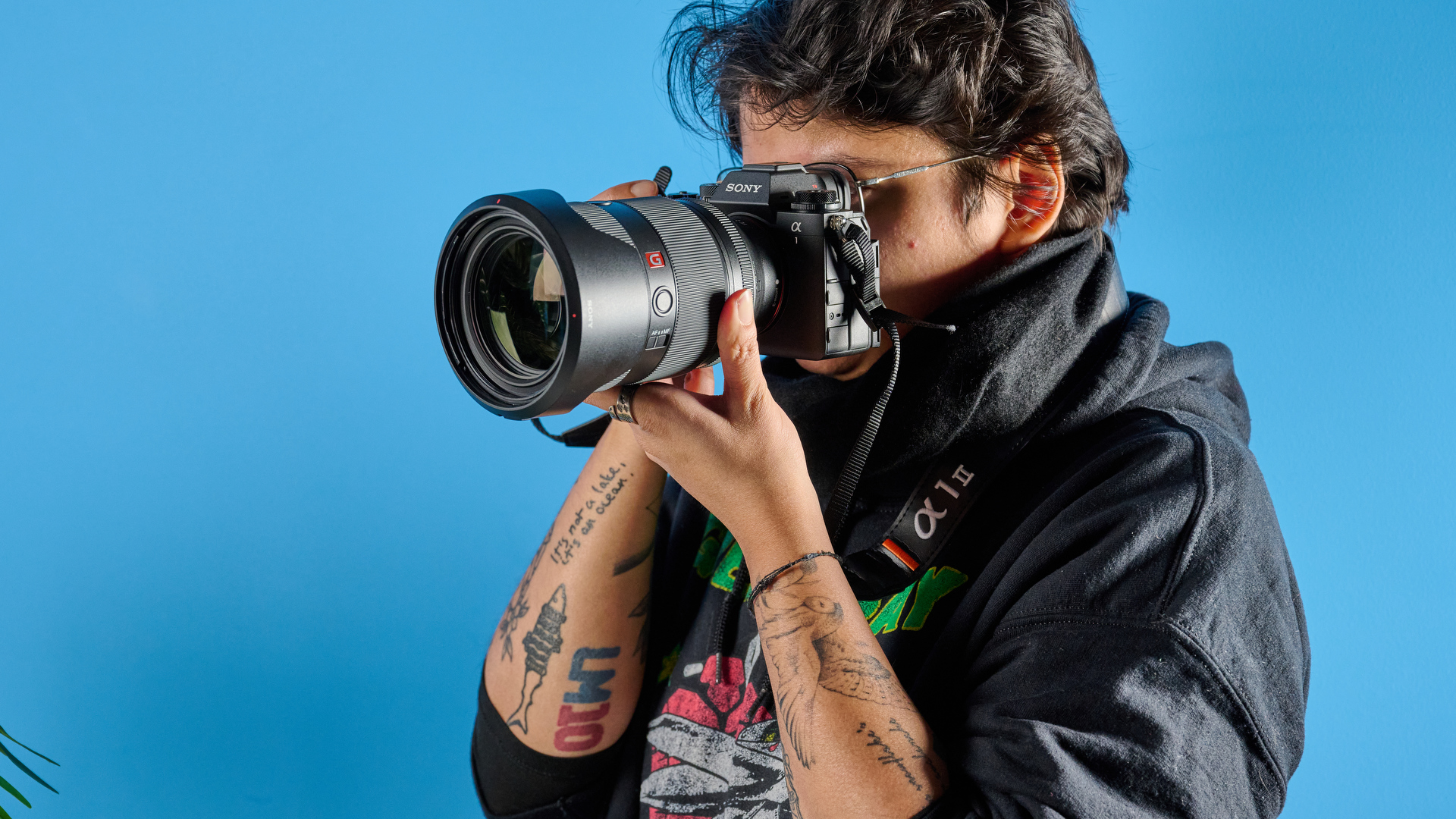
Specifications
Reasons to buy
Reasons to avoid
Why it's the best for sports photography: While the other criteria/genres on this list are pursued by amateurs, enthusiasts and pros in either similar or equal measure, sports photography tends mostly to be the realm of professionals. And so, it's only fitting for us to recommend a professional-tier camera.
✅ You're a pro or hardcore enthusiast sports photographer: If you need a camera that won't let you (or your agency/paying clients) down, the A1 II is the workhorse you need.
✅ You need pro features for fast-paced action: 30fps burst, mind-bending AF, a 9.44M-dot 240Hz refresh rate, CFExpress Type-A, I could go on...
If your bread and butter relies on photographing sportspersons, then the Sony A1 II is a terrific choice. Not once in my testing did the A1 II let me down, especially when it came to tracking fast-moving subjects. That’s thanks to its rapid autofocus system which uses Real-time Recognition AF and Real-time Tracking to reliably follow humans.
There’s also a new Auto subject-detection mode at play here, which removes the need to switch between AF detection modes. In my testing, the camera automatically recognized and focused when I moved it from a solitary person to a group of people.
The A1 II is equipped with a massive 50.1MP sensor which not only captures sharp photos, but it captures heaps of detail. This allowed me to create tight crops in testing and come away with usable, hi-res images. If you’re photographing a soccer player from a distance, you’ll be able to zoom right into their faces or the ball at their feet, for example.
❌ You're a hobbyist or amateur sports photographer: For most fast-paced shooting, including wildlife or amateur sports, we'd recommend something a little less overkill.
Combine this with 30fps burst shooting (for up to 153 raw images and with pre-capture) and shutter speeds of up to 1/32,000s and you’ve got yourself a winner. The camera lets you capture a sportsperson’s every movement — no need to worry about missing a shot.
One of my favorite design choices is the A1 II’s electronic viewfinder which is large (0.64 inches) and highly detailed. It’s got a 9.44M-dot resolution with a 240Hz refresh rate which ensures subjects you’re tracking through the viewfinder remain free of motion blur, for more accurate framing. If you’re using a CFExpress Type-A card (for faster write speeds), you won’t experience blackouts or buffer-filled downtime after bursts.
The A1 II’s 8.5-stops of IBIS also let you shoot at speeds as slow as 2s. This means that if you’re photographing a game or even a portrait of a sportsperson in dimly lit environments, you’ll be able to capture sharp images.
- Read Nikita's full Sony A1 II review

How it compares & sample images
How it compares
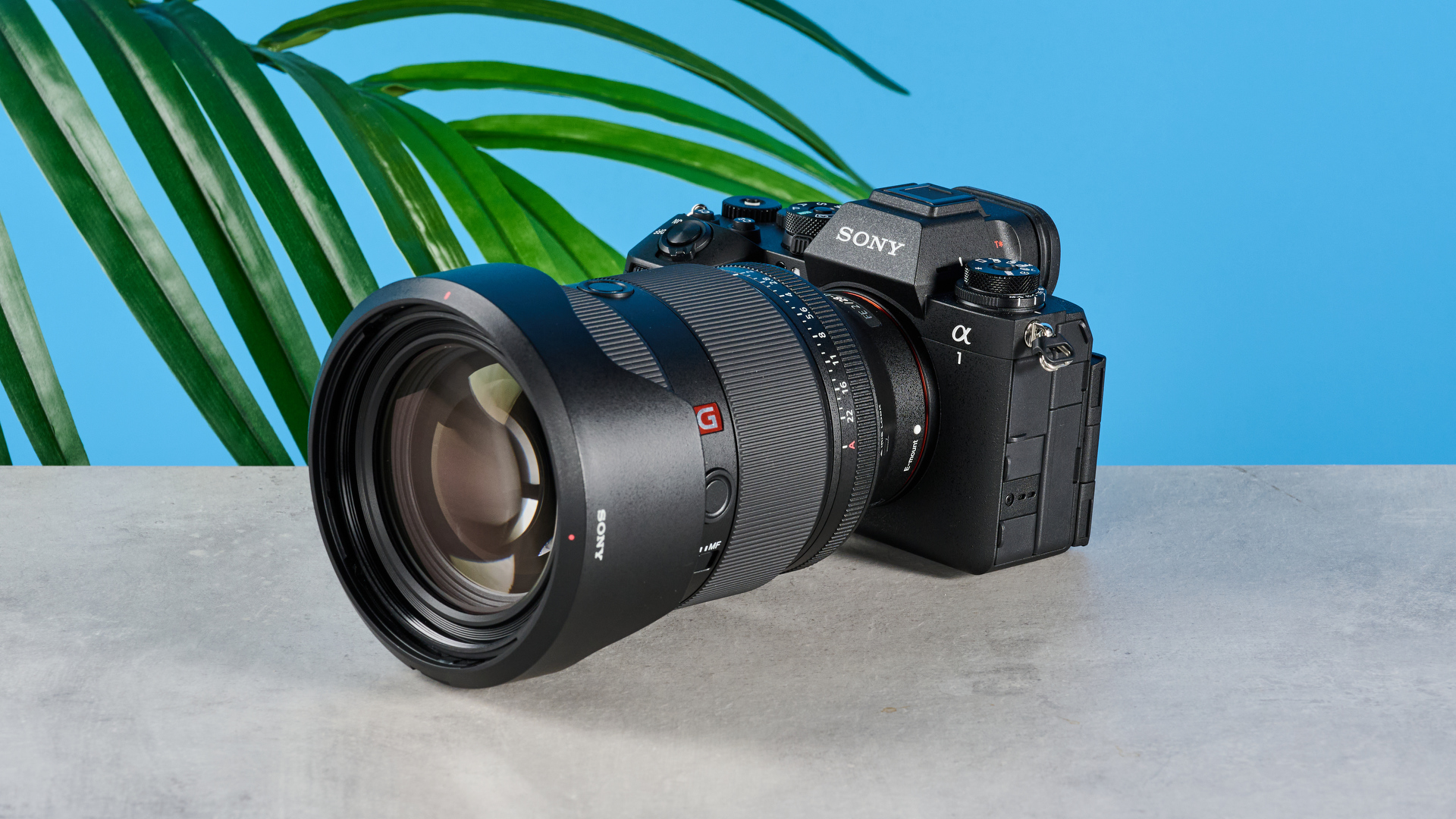
Lumix G9 II
Fujifilm X-H2S
Sony A1 II
Winner: Sony A1 II
The Sony A1 II’s strong feature set makes it an almost unbeatable camera for fast-paced shooting, but that doesn’t mean it’s right for everyone. As I mentioned above, this camera is primarily suited to professional sports photographers, and is equipped accordingly.
While the A1 II’s autofocus system won’t give you much to complain about, the Canon EOS R1 and the EOS R5 Mark II use 1,054 points for autofocus — nearly 300 more than the A1 II. This means the Canon cameras’ AF systems cover more of the sensor and can track more reliably but even so, the A1 II never failed to focus on the subject I wanted it to. Its human detection skills are absolutely incredible, so the A1 II will have no issue getting shots of sportspersons in action.
We were debating between the A1 II and the Fujifilm X-H2S for the crown of best sports camera. Meanwhile, the Sony A1 II would also suit pro wildlife photographers. However, we see sports as more of a realm of professionals, while wildlife is a genre often practiced by enthusiasts, too. As such, we recommended the more affordable option for wildlife.
That said, the X-H2S has 40fps burst shooting as opposed to the A1 II’s 30fps — you need that speed for capturing skittish wildlife, but 30fps is more than sufficient for even the fastest humans. For professional sports photographers, the A1 II is blisteringly fast.
The X-H2S outshines the A1 II when it comes to battery life. The A1 II is CIPA-rated for just 420 shots while the X-H2S is rated for a whopping 720 shots, which is better if you're out on location in a bird hide somewhere for days on end. For a 90-minute match, though, the A1 II's battery life should be plenty — comes with a two-way charging hub, though, so you can always have an extra battery pack in your kitbag.
For professional sports photography, the A1 II wins over the X-H2S as its 30fps drive is more than enough, it’s got a brighter, more detailed touchscreen (2.1M dots vs. 1.6M dots), a far higher-res viewfinder (9.4M dots vs. 5.7M dots), and ease of use and comfortable handling.
Sony A1 II: Sample images


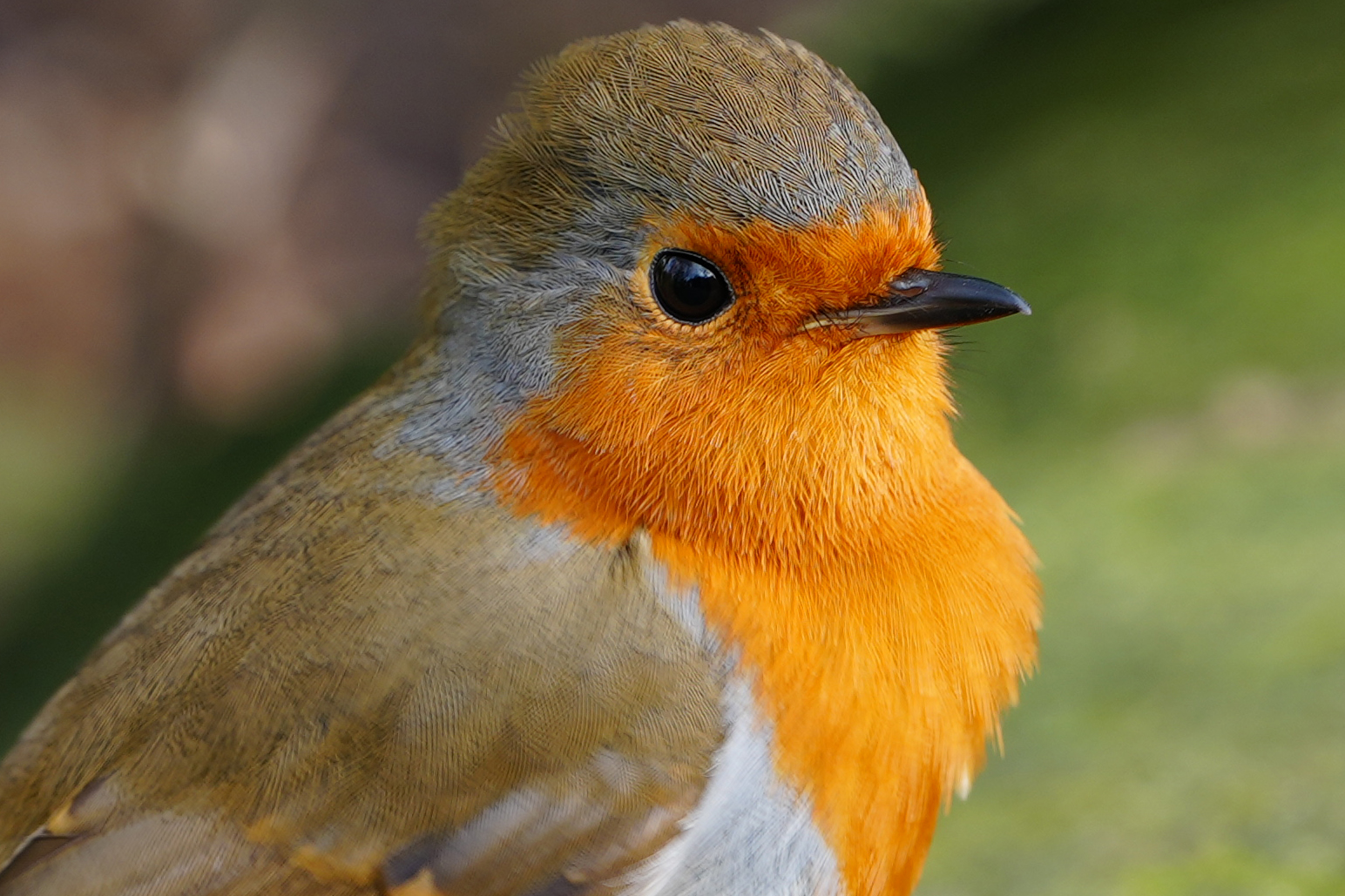


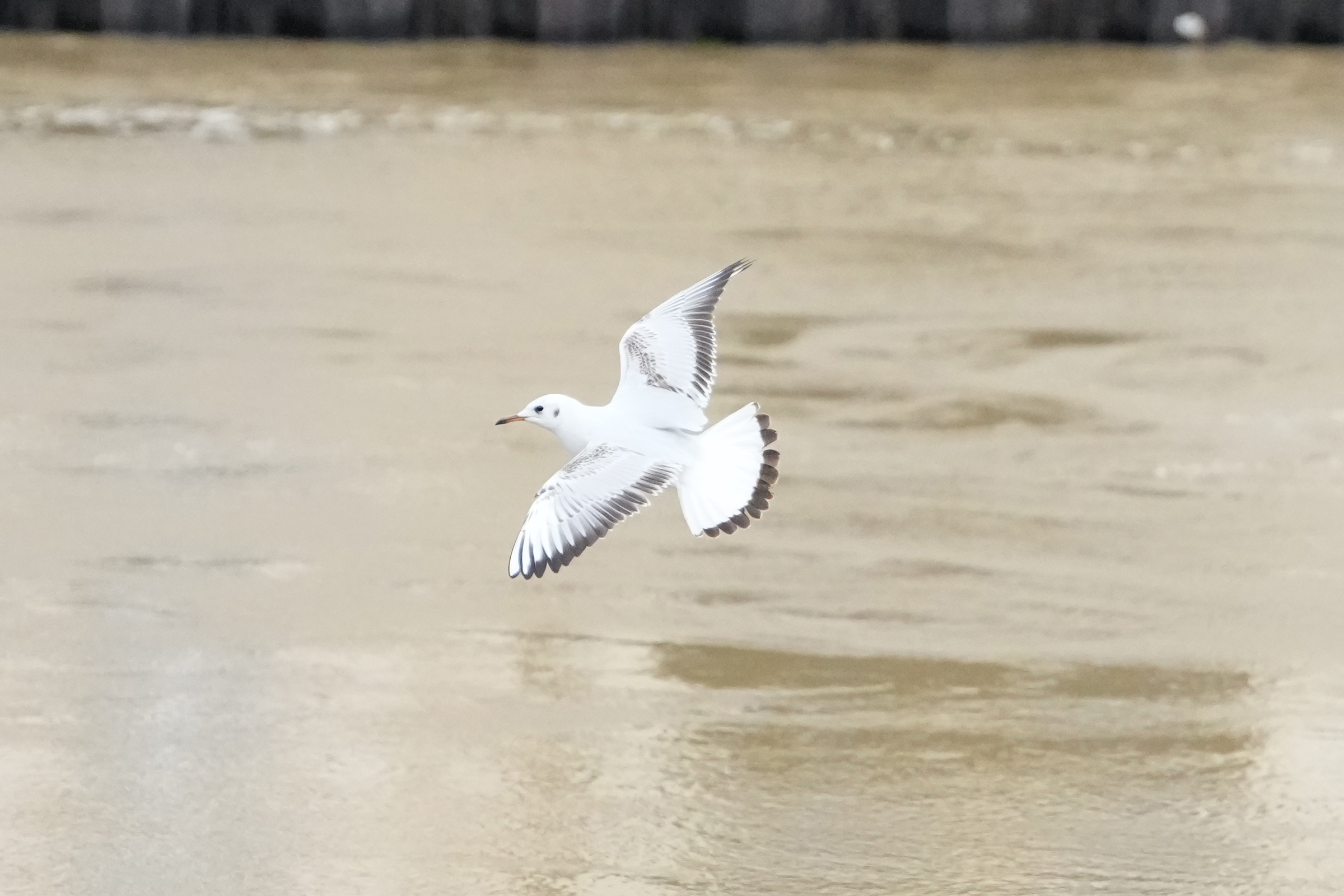
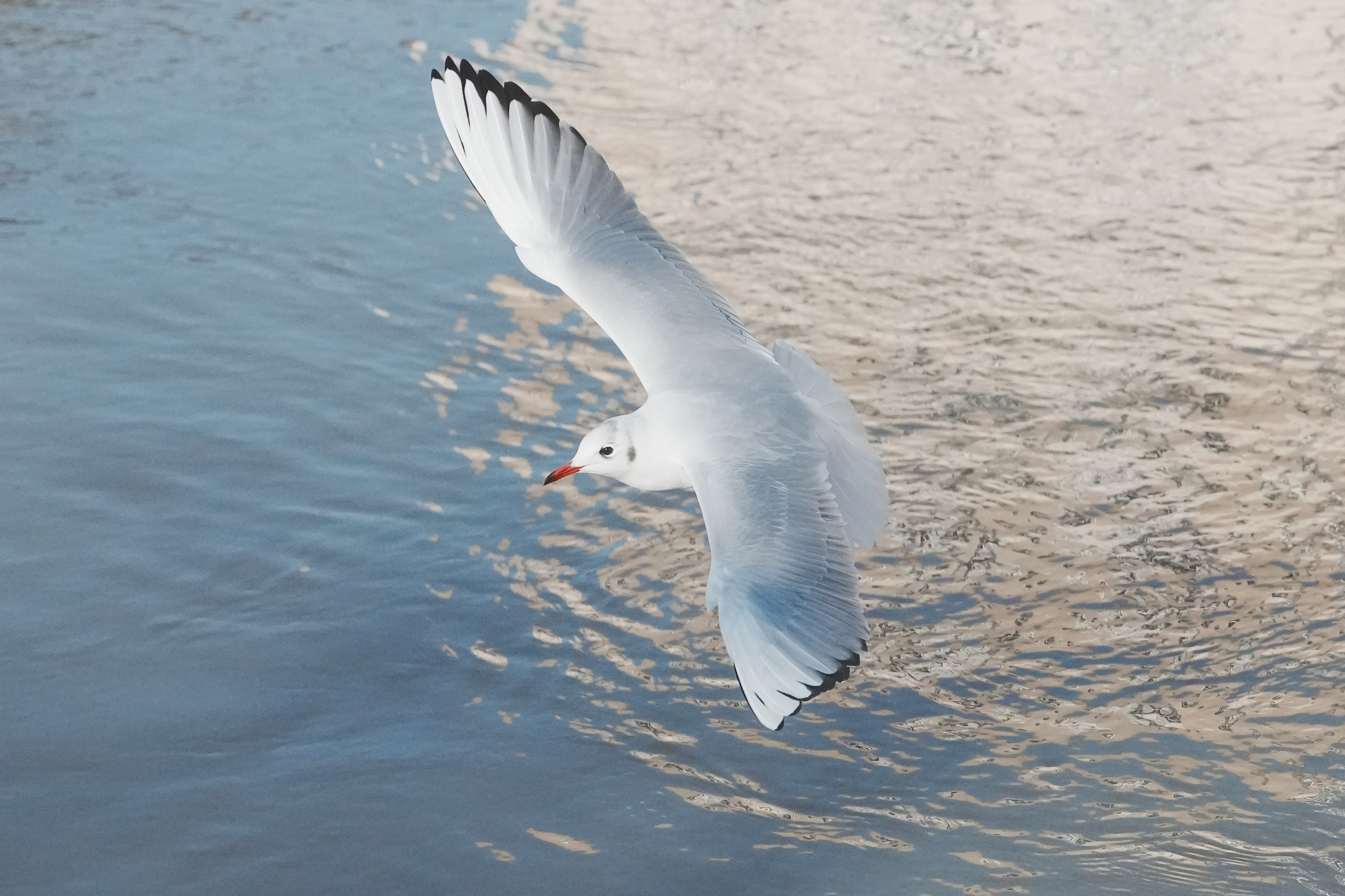
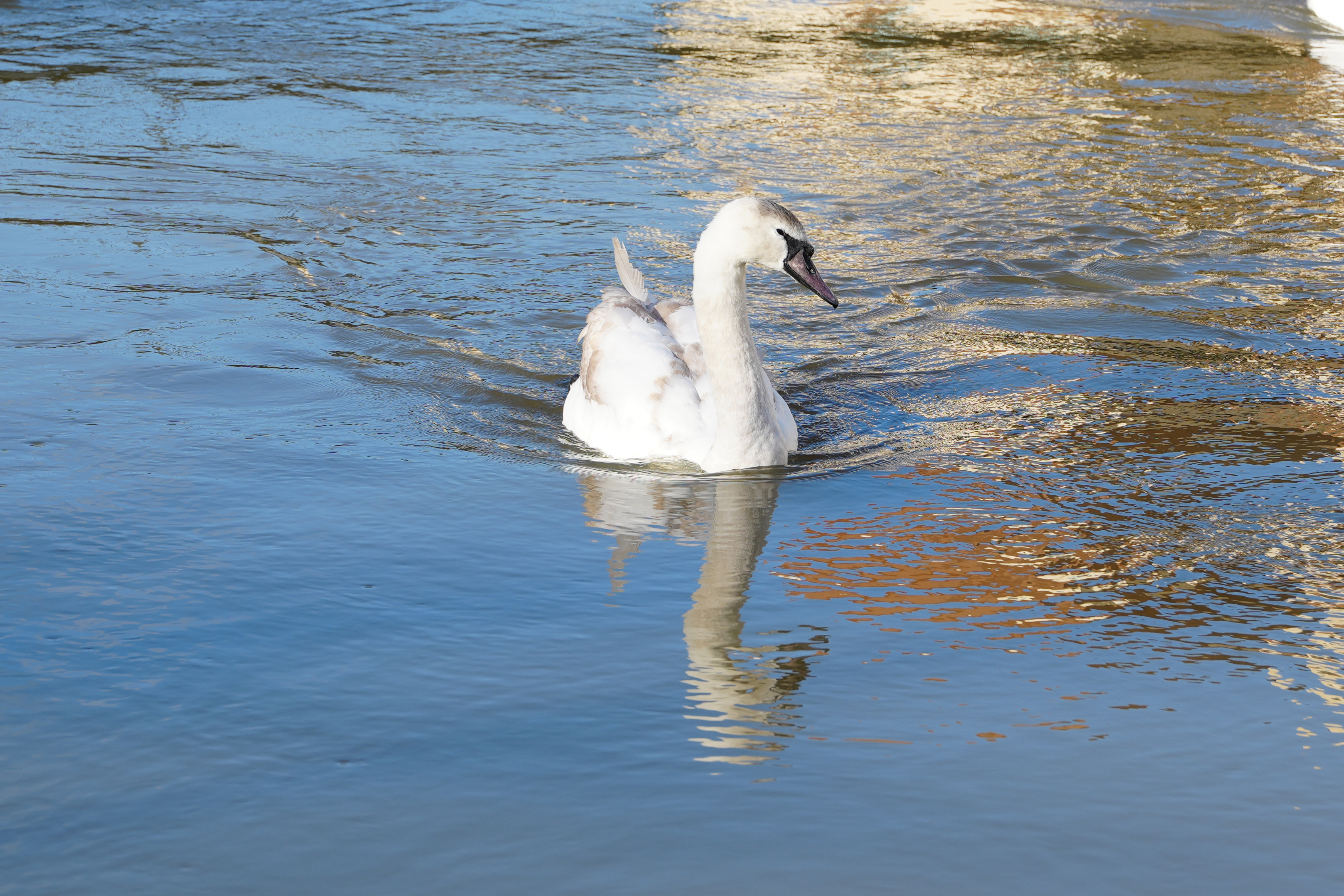
The best mirrorless camera for video
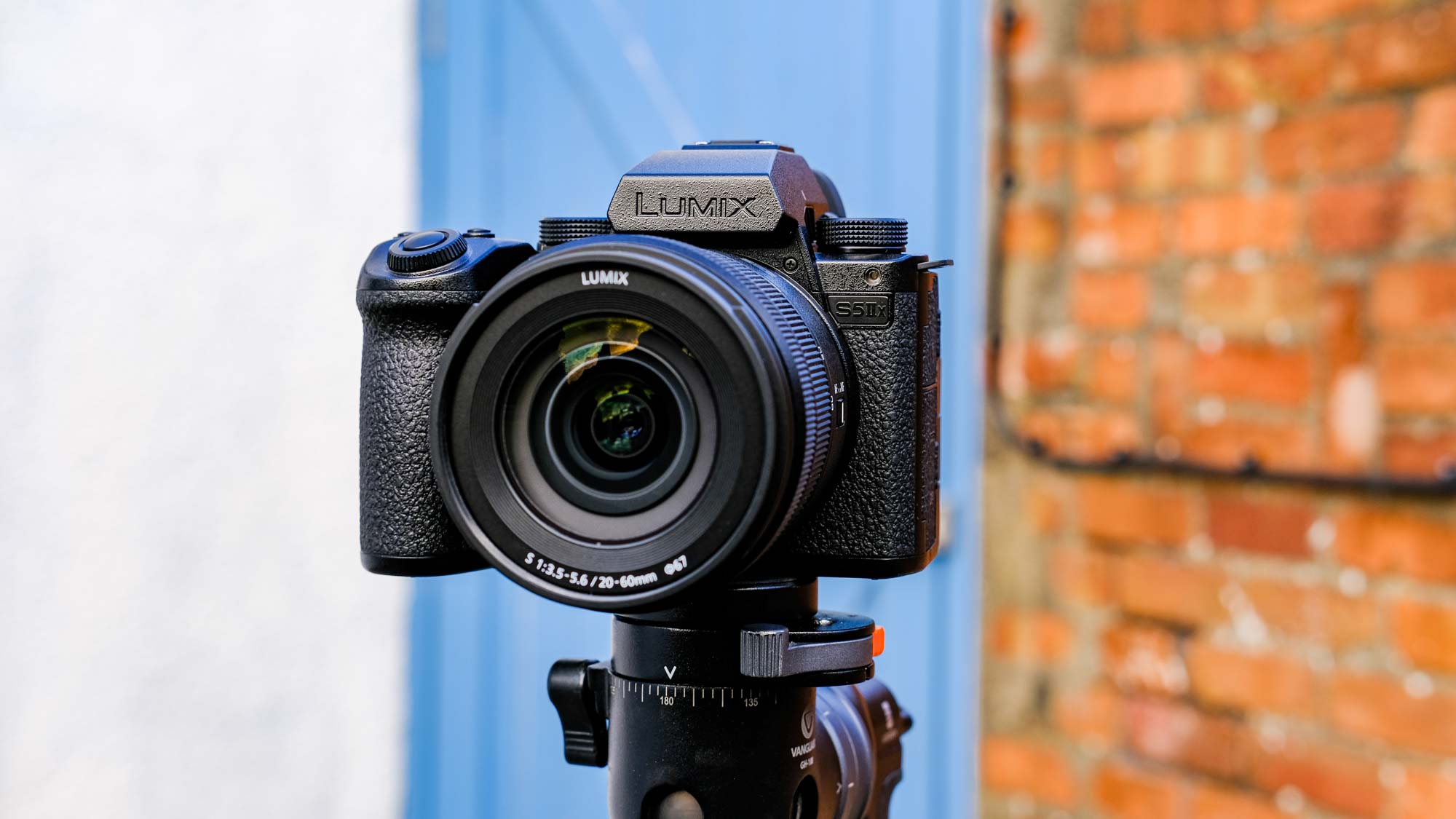
Specifications
Reasons to buy
Reasons to avoid
Why it's the best mirrorless camera for video: When it comes to video, workflows and post-production care often as important as the actual shooting itself. The Panasonic Lumix S5IIX offers so many video features, recording formats, data capture rates, and so on, that users can tailor how they shoot based on exactly what they need later down the line.
✅ You shoot professional video: The sheer array of recording features mean you can tailor your output to your specific workflow, post-production or client requirements.
✅ You're already invested in the L-mount: This is a worthy upgrade to the original S5, thanks to massively boosted AF performance.
✅ You're not already invested in the L-mount: We think the S5IIX packs enough firepower over its rivals to warrant a switch form other systems, if that's on your mind.
Top line figures include 6K/30p internal shooting, limited to 30 minutes for thermal purposes, with unlimited 4K/60p recording thanks to the internal fan. There’s up-to 5-stop IBIS for handheld stabilization, although this increases to a more respectable 6.5-stop maximum with an OIS lens. In testing, the stabilization did a decent job for panning, although most pro users will be rigged up and/or on a gimbal anyway.
The list of recording formats and compression types is extensive, so I won’t delve into them all here (check out my review for a full appraisal), but standout examples include ProRES RAW or Blackmagic RAW output to external recorders via HDMI; 12-bit 4:2:2 AppleProRES output to SSD; and 4:2:2 10-bit internal recording at C4K/60p, or 4:2:0 10-bit at 6K/30p.
❌ You need a cine cam: The S5IIX is still a hybrid, remember, so if you need a mid-range dedicated cine cam, then something like the Sony FX3 or FX30 may be better.
❌ Battery life is paramount: The S5IIX's battery life isn't terrible, but it isn't much more than mediocre.
A massive improvement over the original Lumix S5 (itself extremely popular with video shooters) is the S5IIX’s autofocus, which now uses hybrid contrast/phase detection, and brings advanced subject detection modes.
There are more cherries on the cake, though. The S5IIX offers sublime handling, and I found it a joy to use in testing, with its intuitive button and dial layout — I was a particular fan of the rear thumb area, which has all the focus controls you need in one place: focus area, focus joystick, and back-button AF On.
The S5IIX also boasts a fantastic build, a reasonable (astoundingly so) price, not to mention the array of cinema-worthy glass available to the L-mount. Put it this way: here at Tom's Guide, we share a U.K. photo studio with several of our sister publications — most of the teams regularly shooting video (including ours) have either an S5II or S5IIX somewhere in their setup.
- Read my full Panasonic Lumix S5IIX review

How it compares & sample images
How it compares
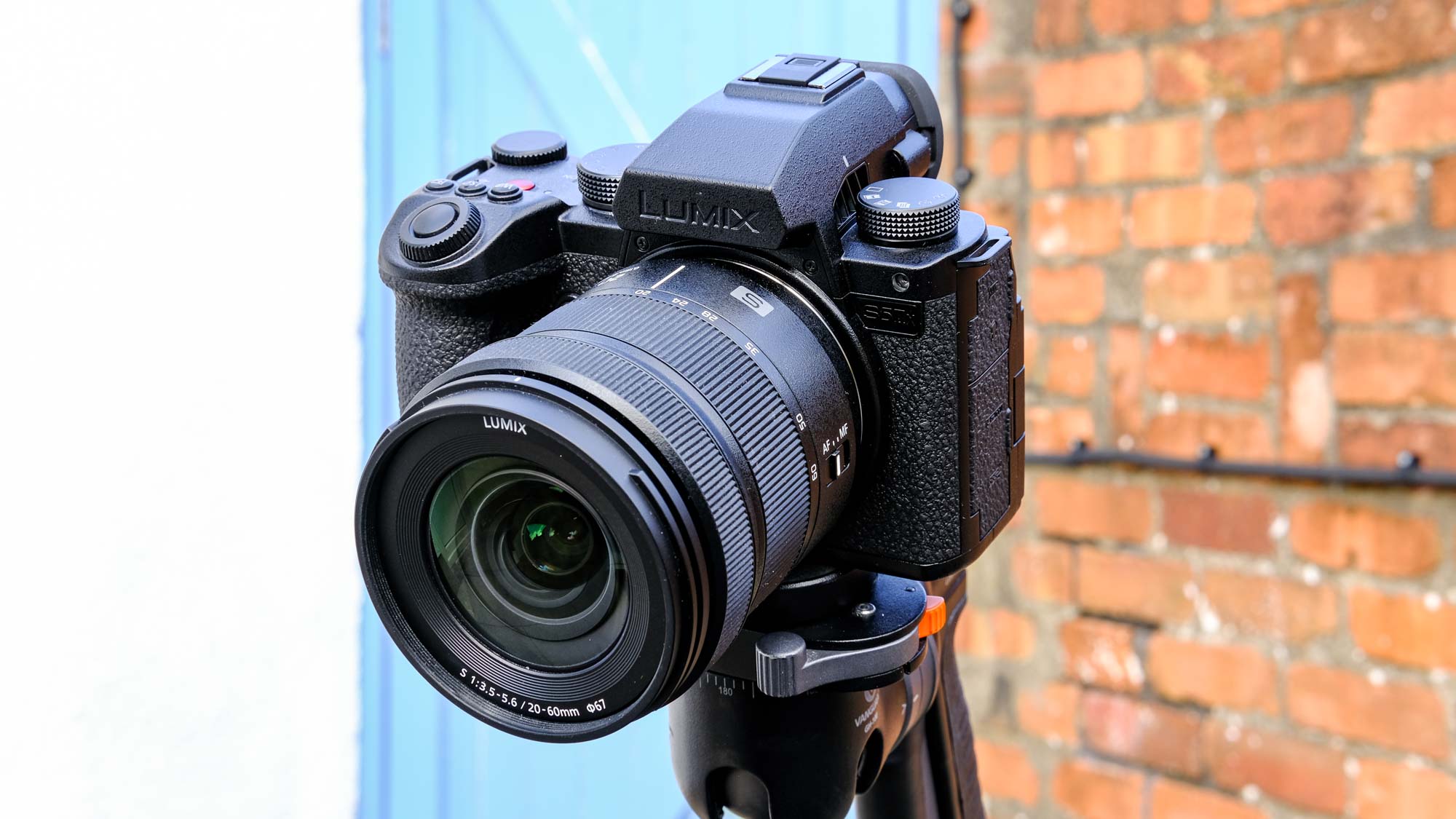
Lumix S5II
Lumix S5IIX
Nikon Z6III
Sony A7S III
Winner: Lumix S5IIX
There are plenty of incredible hybrid cameras out there for video, many of which give the S5IIX a run for its money. The Sony A7S III, or the Nikon Z6 III, to name just a couple.
We tested the Nikon Z6III recently, and that came the closest to knocking the S5IIX from this list, thanks to a CFExpress port for higher data capture rates in-camera, 6K/60p internal recording, and both 12-bit 6K N-RAW and ProRes RAW HQ recording internally. And yeah, if you need a hybrid for video, the Z6III won’t disappoint.
The S5IIX, though, still has a few advantages that keep it on top. Firstly, there’s that cooling fan I mentioned in the section above, giving you unlimited recording time at 4K. The Z6III will top out at 125 minutes (OK, still a long time) by comparison.
The Lumix’s primary edge, however, is just the sheer amount of control it gives users over every aspect of their recording. With a dazzling list of resolutions, formats, compression types, data capture rates, color bit-depths, compression types, LUTs, and more, you can tailor how and what you shoot to your specific workflow requirements.
So what about the Lumix GH7? And that’s a good question. The Micro Four Thirds GH7 also packs a plethora of recording options, a built-in fan, but unlike the S5IIX includes a CFExpress port. The S5IIX’s key advantage over the GH7 is in its sensor — the larger full frame S5IIX will provide greater dynamic range and cleaner images at higher ISO values.
Why not the S5II instead of the S5IIX? The S5II doesn't record ProRES, while RAW recording is only available via a paid firmware upgrade. Nor does the base model offer ALL-Intra compression, or USB to SSD recording. If those features don't matter to you, the S5II could be a better shout, with the monetary savings going into glass.
The Sony A7S III is naturally a huge contender for video shooters. And if you need the flexibility of being able to shoot cleaner video in low light, its lower resolution 12MP sensor will offer better performance at higher ISO, plus a wider dynamic range. Those 12MP, though, mean pixels are limited, topping out at 4K, giving you less room for cropping and no room for oversampled 4K. What's more, despite its CFExpress Type-A slot, the A7S III will not shoot internal RAW footage. As such, I think the S5IIX still comes out on top as the most versatile (yet still a powerhouse) tool for video production.
Lumix S5IIX: Sample images
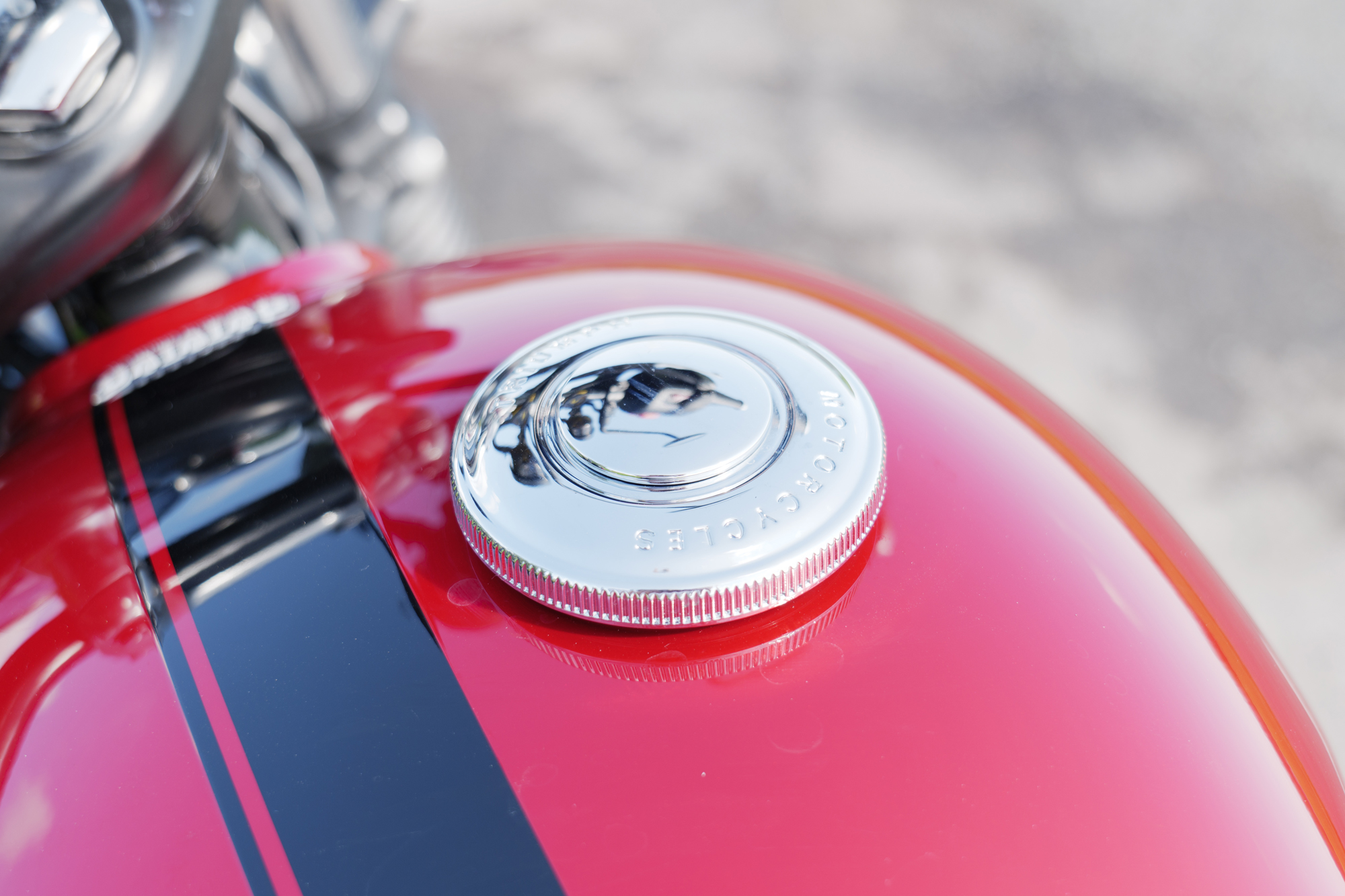
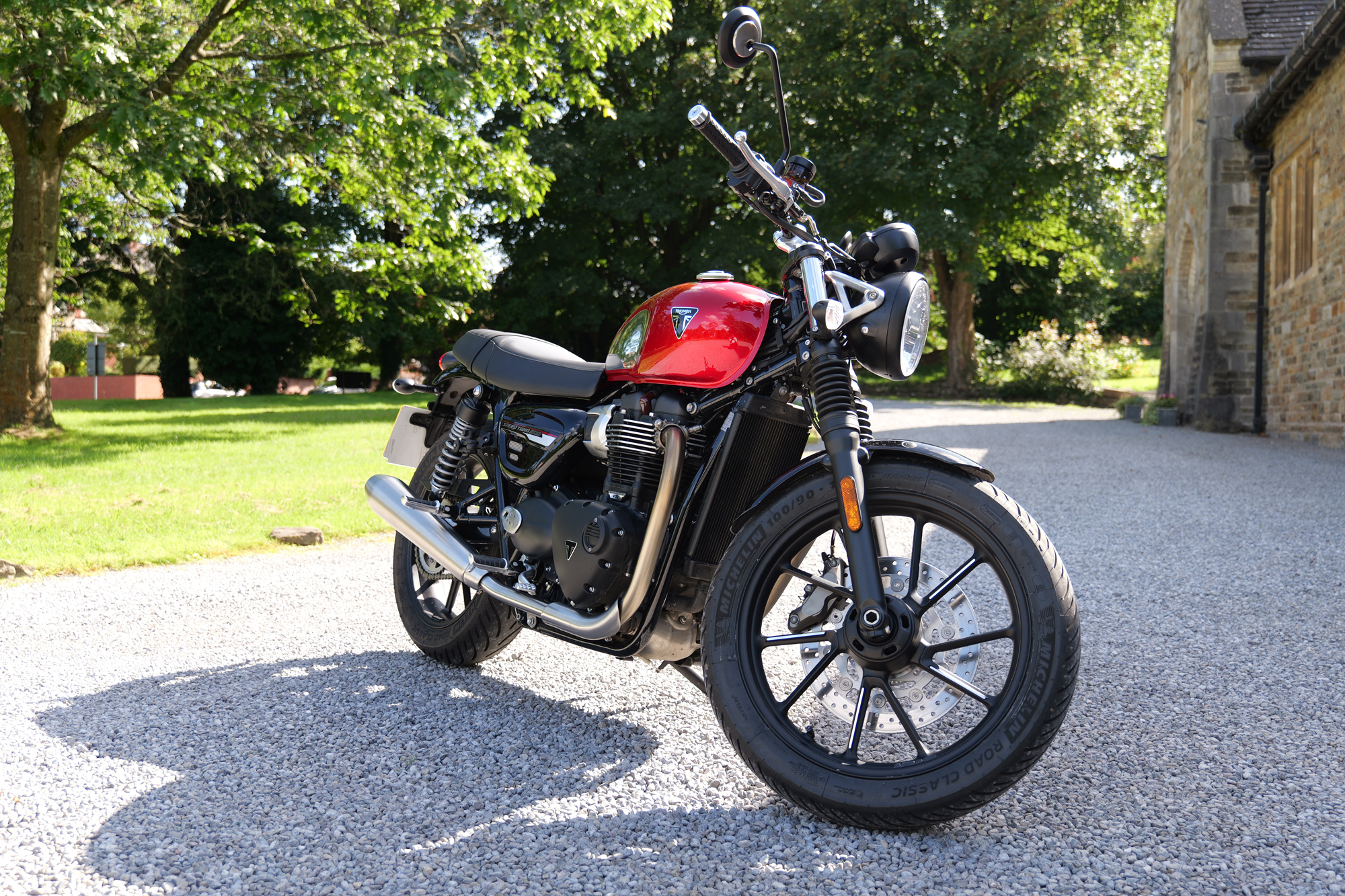

The best Micro Four Thirds mirrorless camera
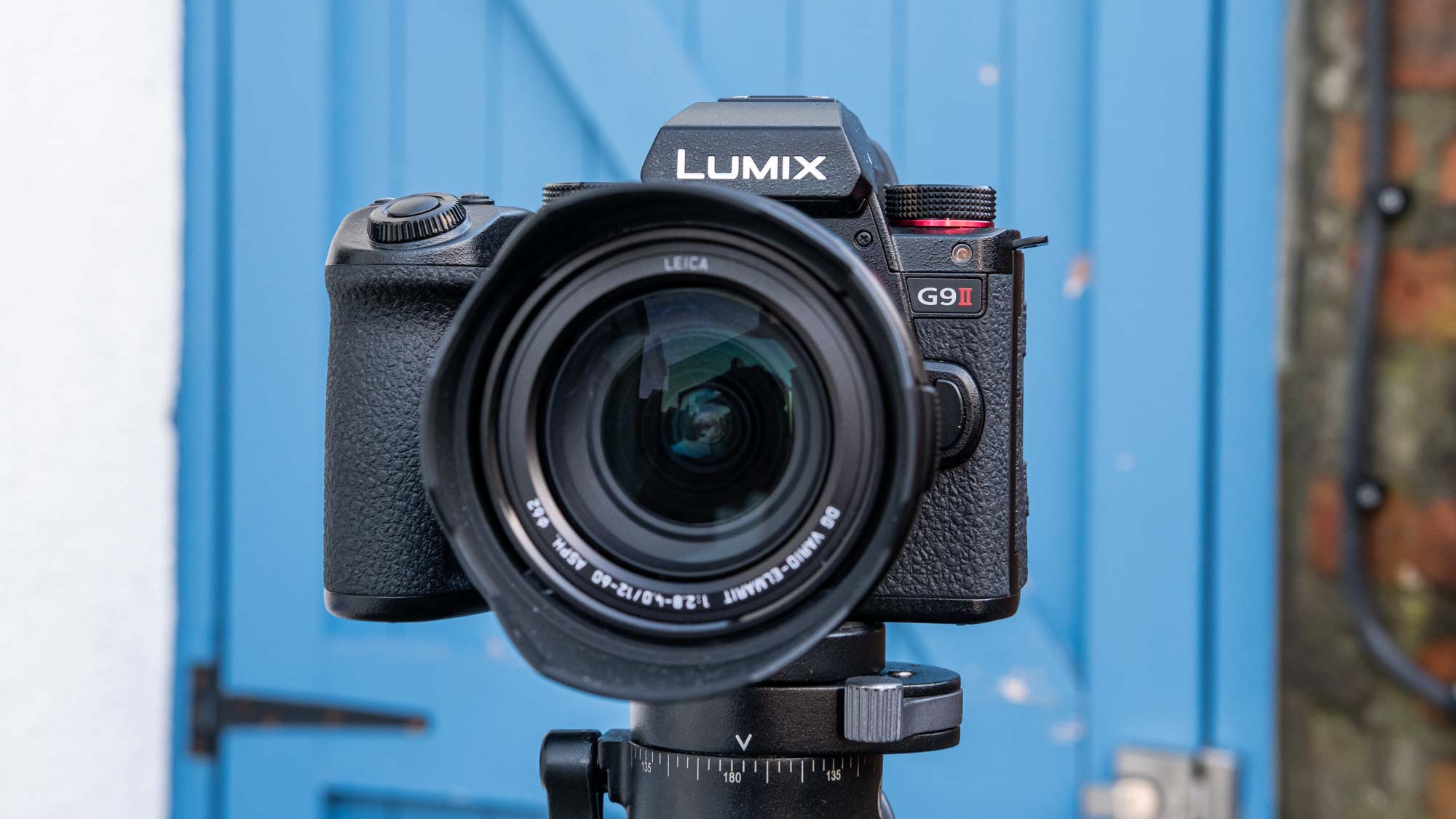
Specifications
Reasons to buy
Reasons to avoid
Why it's the best MFT mirrorless camera: The G9II uses a micro four thirds (MFT) sensor, which is the smallest sensor size of all the cameras on this list. Nevertheless, with 25MP on tap, it produced lovely stills in my testing with plenty of fine detail. Its small sensor also means a smaller shutter, which subsequently enables a blistering 75fps shooting rate, again making it a very strong choice for fast-paced genres.
✅ You've already invested in MFT lenses: The G9II is an ideal upgrade from a lower-tier MFT camera, packing hardcore enthusiast specs and fantastic image quality.
✅ You shoot fast-paced subjects: With its 75fps maximum drive and subject detection AF, the G9II is a decent choice for hobbyist wildlife photography.
Color rendition was lovely, with natural tones in the Standard color profile and bold vibrant colors in Vivid. It also has IBIS to ensure handheld shots are blur-free at slower shutter speeds, and to keep video looking smooth. You will have to work with the natural limitations of the small sensor, though, and that means decreased dynamic range and poorer high ISO performance versus larger APS-C or full frame sensors.
Indeed, in my testing, anything above ISO3,200 became problematic, with shots at ISO12,800 being practically unusable. That is simply a drawback of smaller sensors, though. And besides, most photographers, including myself, try to keep ISO below those levels even on larger sensors, where possible.
Thanks to Panasonic's latest hybrid contrast/phase-detection AF, it also had no problem detecting faces and eyes, and can even track animals. It was able to keep up with a racing greyhound during my testing (that means the second fastest land animal on earth was no problem for this camera). This makes it a decent choice for budding wildlife photographers, especially given its reasonable sub-$2,000 price tag.
This camera shares much of its design with the Lumix S5IIX, and that's no bad thing. We absolutely loved the way the camera was built and laid out. It's super easy to use and everything is exactly where it needs to be — crucial when shooting fast-paced action.
❌ You shoot at higher ISO: The natural limitations of the MFT sensor result in destructive noise at ISO6,400 and above.
❌ You shoot wildlife or sports professionally: The maximum 75fps drive rate isn't sustained for long thanks to no CFExpress port.
As with the Lumix S5IIX, I absolutely love the layout of the rear of the camera in particular. All of the focus controls (AF area, focus joystick, AF-On) are in the same place, right where your thumb rests, making this camera a joy to use for photography in particular.
Video-wise, the G9II will shoot 5.8K/30p, so it's got some firepower up its sleeves, despite primarily being a stills camera. All in all, Lumix touts the G9II as its flagship MFT camera for a reason: this is a hardcore enthusiasts photography tool that's as good as an MFT camera can get.
- Read my full Panasonic Lumix G9II review

How it compares & sample images
How it compares
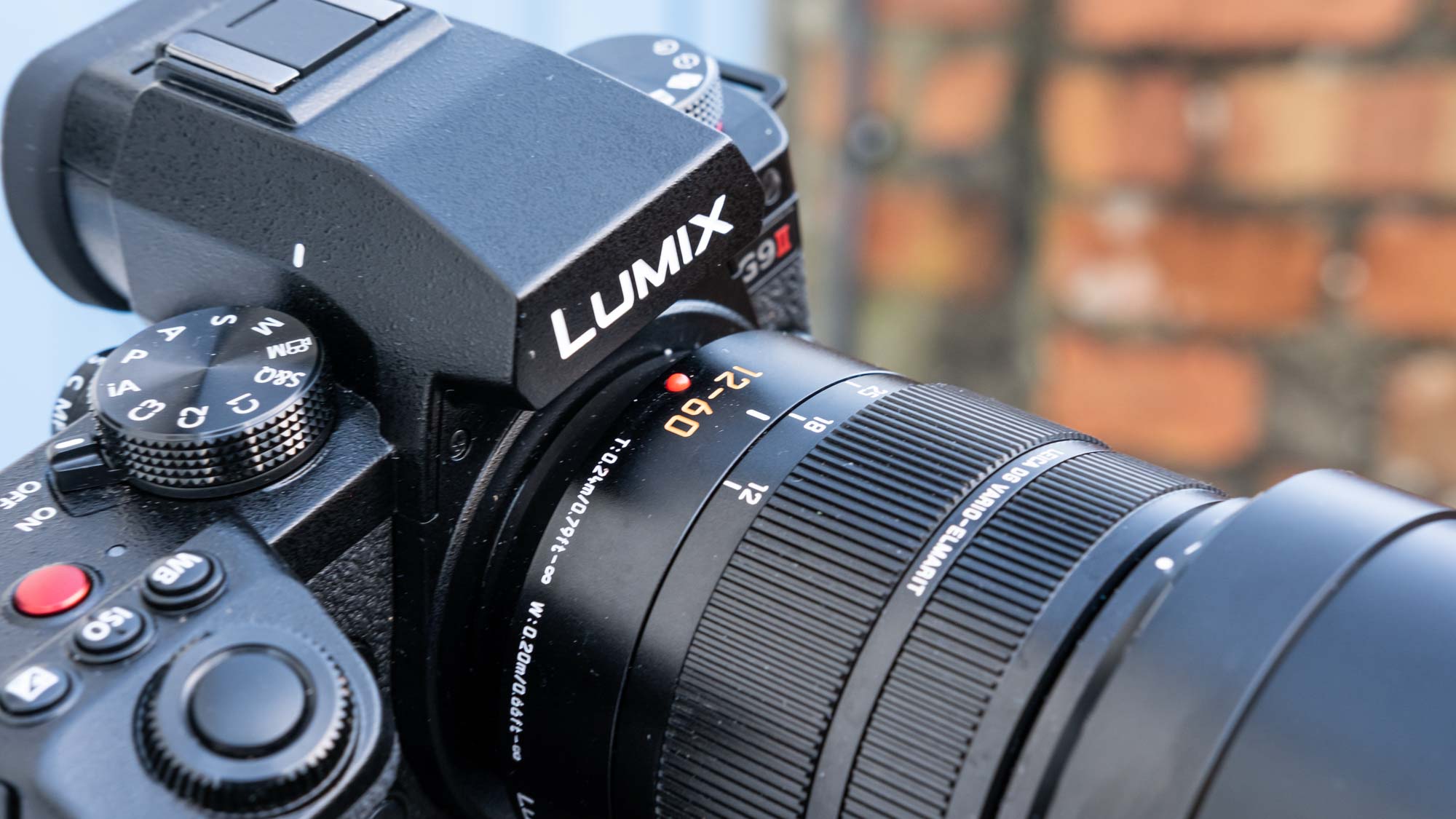
Lumix GH7
Lumix G9II
Winner: Lumix G9II
Micro Four Third sensors all have an inherent drawback, and that's their small real estate. As such, the G9II struggles at high ISO as much as the other Micro Four Thirds cameras out there.
If you're going to be shooting in low light, or you need a wider dynamic range, you should instead consider a camera with a larger sensor, such as the Fujifilm X-T5 (our favorite APS-C camera) or a similarly priced full frame camera like the Canon EOS R8 or Sony A7III (the Sony A7IV is a lot pricier).
Perhaps the biggest competitor to the G9II is the OM-System OM-1, which packs even faster performance, with 120fps shooting, but that's more of a professional tool, and brings a much higher price tag along with it.
We think that the G9II is the better option for most people thanks to its sub-$2,000 price tag, plus its range of powerful features such as IBIS, subject detection AF and excellent handling.
If you're shooting video, there are better options out there, including the Lumix GH7, which is a bespoke video tool that includes a built-in fan and CFExpress compatibility. The G9II is more of a stills-oriented camera, and for those, it's excellent.
Lumix G9II: Sample images
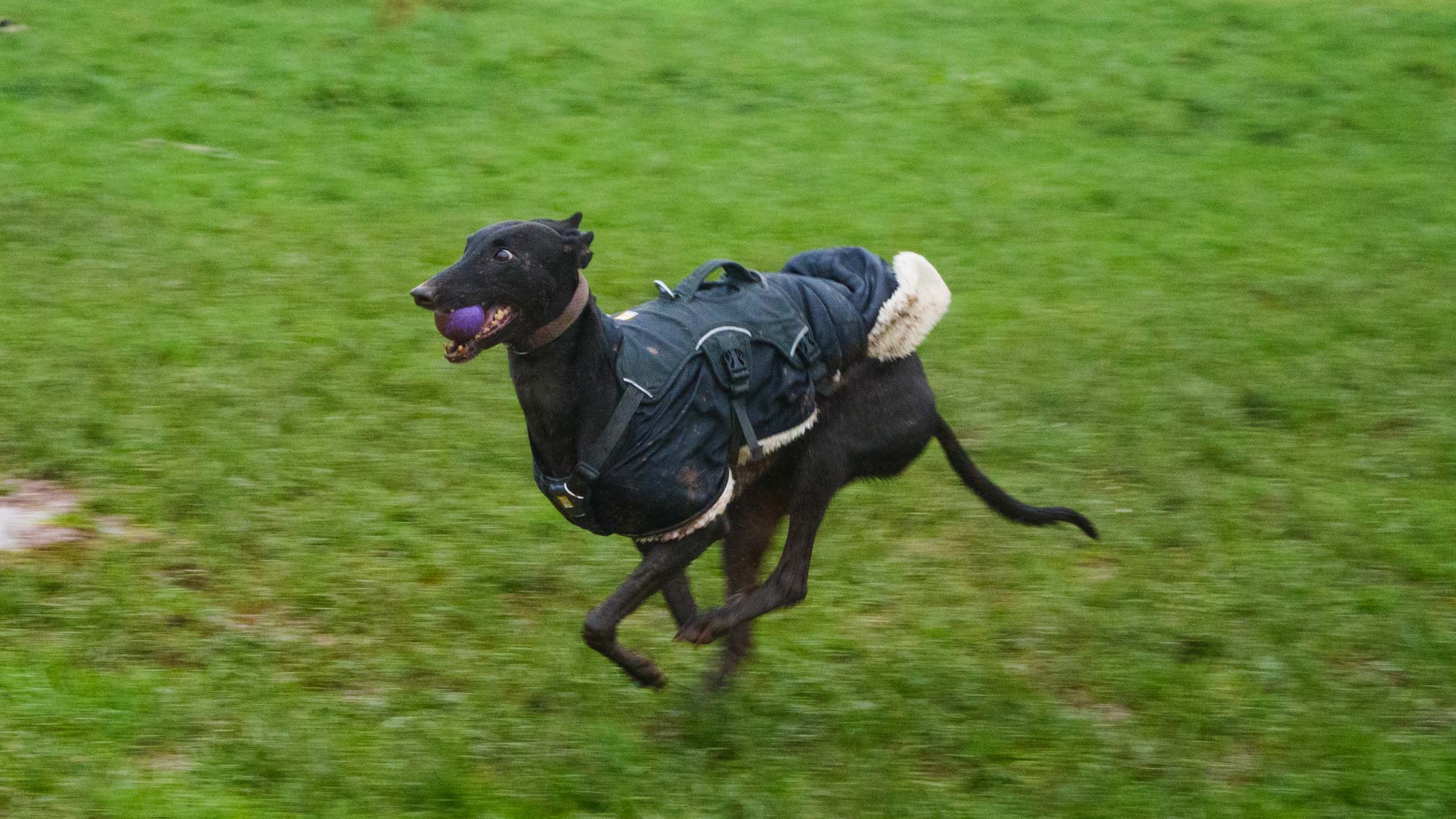





The best APS-C mirrorless camera
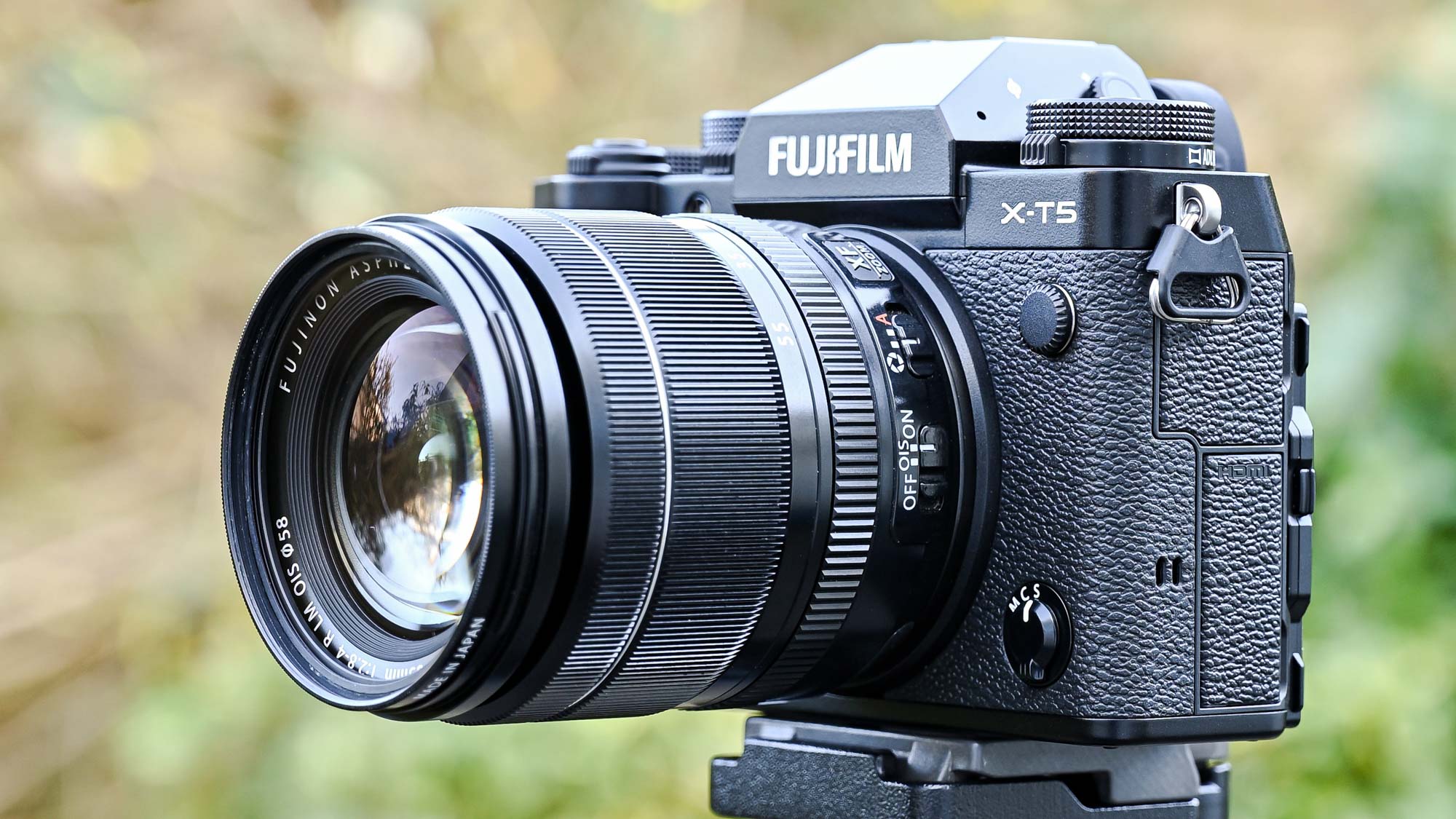
Fujifilm X-T5
Our expert review:
Specifications
Reasons to buy
Reasons to avoid
Why it's the best APS-C mirrorless camera: The Fujifilm X-T5 is an incredibly tight package. Featuring Fujifilm’s 40.2MP APS-C sensor, it produces incredibly detailed images, with very strong overall stills performance.
✅ You want beautiful stills: With 40.2MP to play with, subject detection AF, IBIS, Fuji film sim color profiles, and tons of first and third party glass at your disposal, the X-T5 is a monster for photography.
✅ ... in a compact form: As an APS-C camera, the X-T5 is compact and lightweight.
✅ You want retro controls and styling: The X-T5 features Fuji's trademark retro tactile controls. And in terms of styling, well, just look at it!
Our reviewer Matthew was extremely impressed by the image quality, color rendition and dynamic range of the sensor and X-Processor 5 combo. Not to mention the improvements made to X-T5’s AF system over its predecessor, the X-T4.
Having owned both cameras, I can attest that the X-T5’s AF is a world apart from the prior model. With advanced subject detection and tracking modes, it’s accurate, tenacious and extremely useful to have at hand.
The X-T5 is an utter joy to handle thanks to its sculpted front grip, rear thumb rest and tactile top-panel control dials. You also get the mod cons expected from a modern mirrorless, including Fn buttons and remappable controls. I regularly take the X-T5 on product and lifestyle shoots, plus street and architecture photography, and it’s always supremely easy to use, even at odd angles.
❌ You're already invested in Sony's E-mount: The X-T5 edges the Sony a6700, but there isn't enough in it to recommend ditching the latte (unless, of course, you want a retro).
❌ You're a regular video shooter: The X-T5 ditched the vari-angle screen of the X-T4, which worked so well for video.
Speaking of odd angles, the X-T5 eschews the vari-angle screen of the X-T4 in favor of a 3-axis pivoting display, taking the X-T line back towards a photography-oriented stance, rather than a hybrid focus. This was one of the main gripes about the X-T4 for many enthusiast photographers, and Fuji listened.
With its dual card slots, the X-T5 is also well suited to professional work if need be, allowing you to shoot RAW images on one card, with JPEGs on the second, for backups or client previews. Its battery life is also relatively strong for an upper-tier mirrorless, at 580-shots.
- Read our full Fujifilm X-T5 review

How it compares & sample images
How it compares
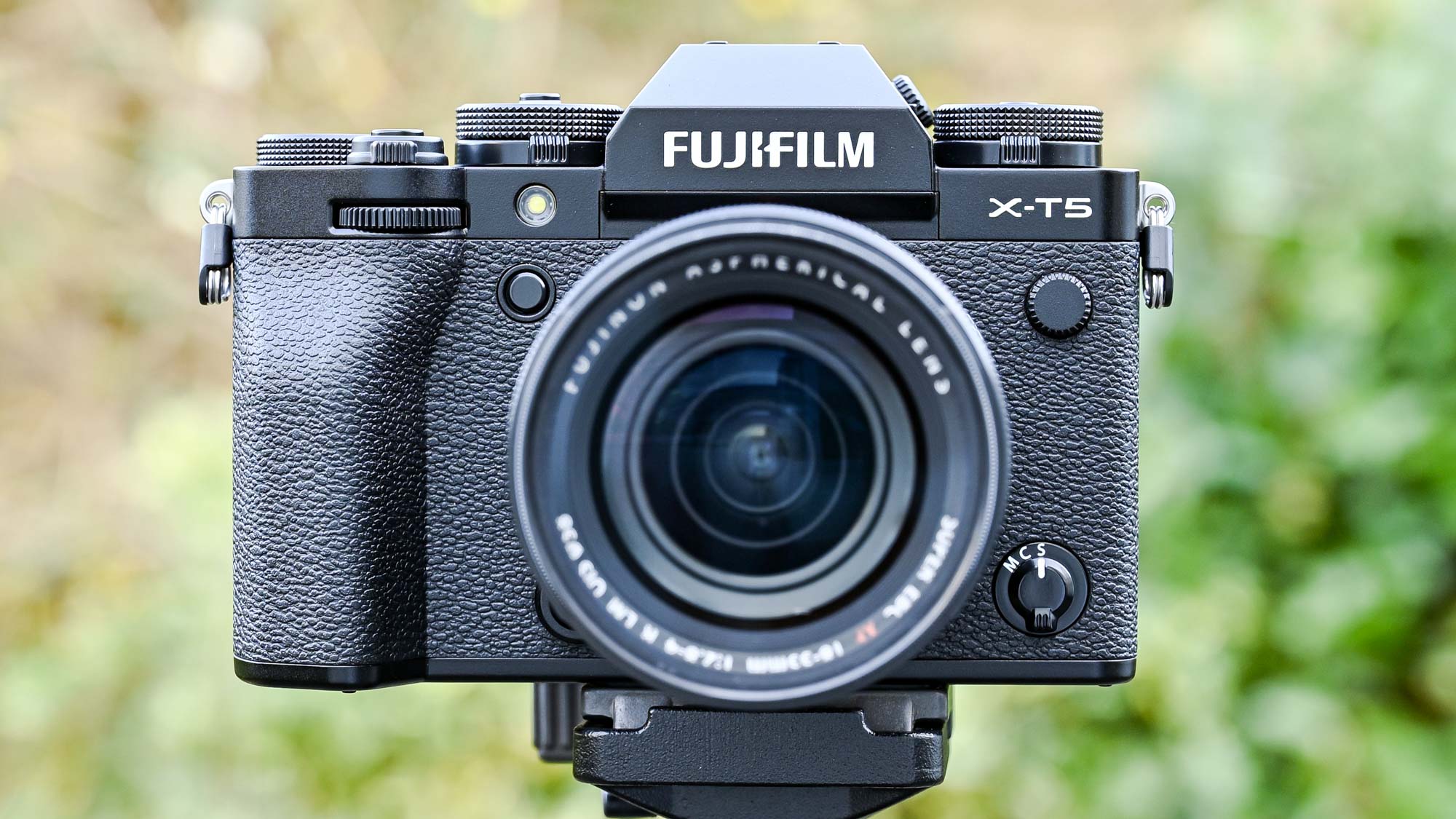
Canon EOS R7
Fujifilm X-T5
Sony a6700
Nikon Z50II
Winner: Fujifilm X-T5
The X-T5’s primary contender in the upper-tier APS-C space is the Canon EOS R7, with its 32.5MP sensor. I’ve shot with the R7 a fair bit, and it’s a great camera, even pipping the X-T5 in a few areas. The first is AF: while the X-T5’s AF is solid, Canon’s Dual Pixel CMOS AF II system is better developed and more advanced. The delta between the two isn’t huge, though.
There’s battery life to consider, too. The R7 boasts a whopping 770-shot rating, versus the X-T5’s (respectable) 580 shots. And if you’re after a more modern looking and handling camera, the R7 is again the better shout.
However, the X-T5 has the EOS R7 beaten in a few key areas. Obviously, there’s resolution to consider: the Fuji’s extra 7MP will give you more scope for cropping or large format printing. It’s also a much smaller camera, so easier to travel with and back into a camera bag. Personally, I think the tactile controls make it better handling, too.
Lenses should also be a big factor in your decision. Canon has released only a handful of small, affordable native RF-S lenses for its APS-C line. You can use the full frame RF lenses, but these are bigger, more expensive and you’ll have to do math to figure out your effective focal length.
Fujifilm’s X-mount, on the other hand, is replete with small, affordable and brilliant lenses for APS-C. What’s more, Fujifilm opened up its X-mount to third party manufacturers yonks ago, so there are even more fantastic AF lens options from the likes of Sigma, Tamron and others. You can have a great camera, but it’s pointless without equally good glass.
Fujifilm X-T5: Sample images
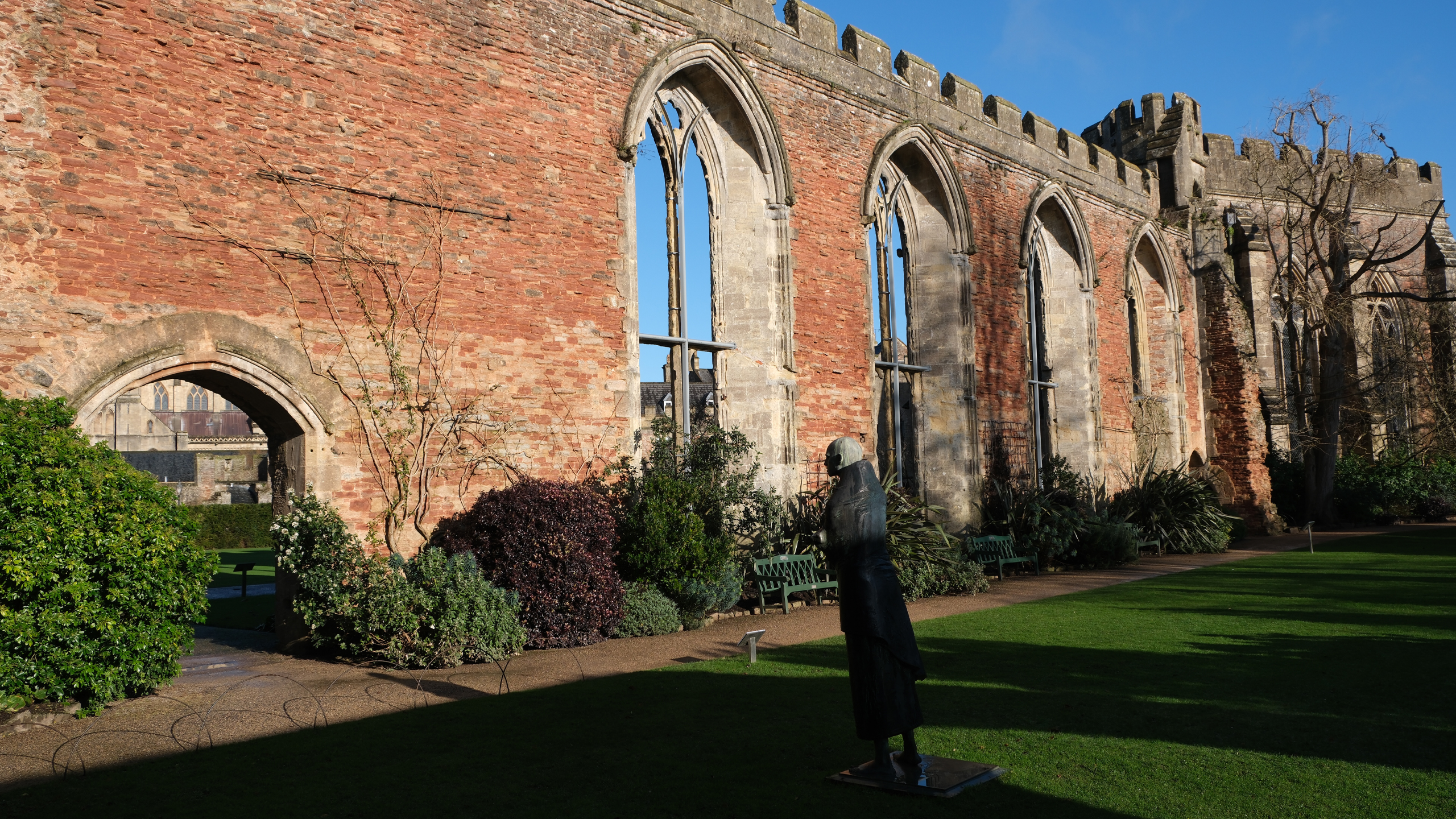
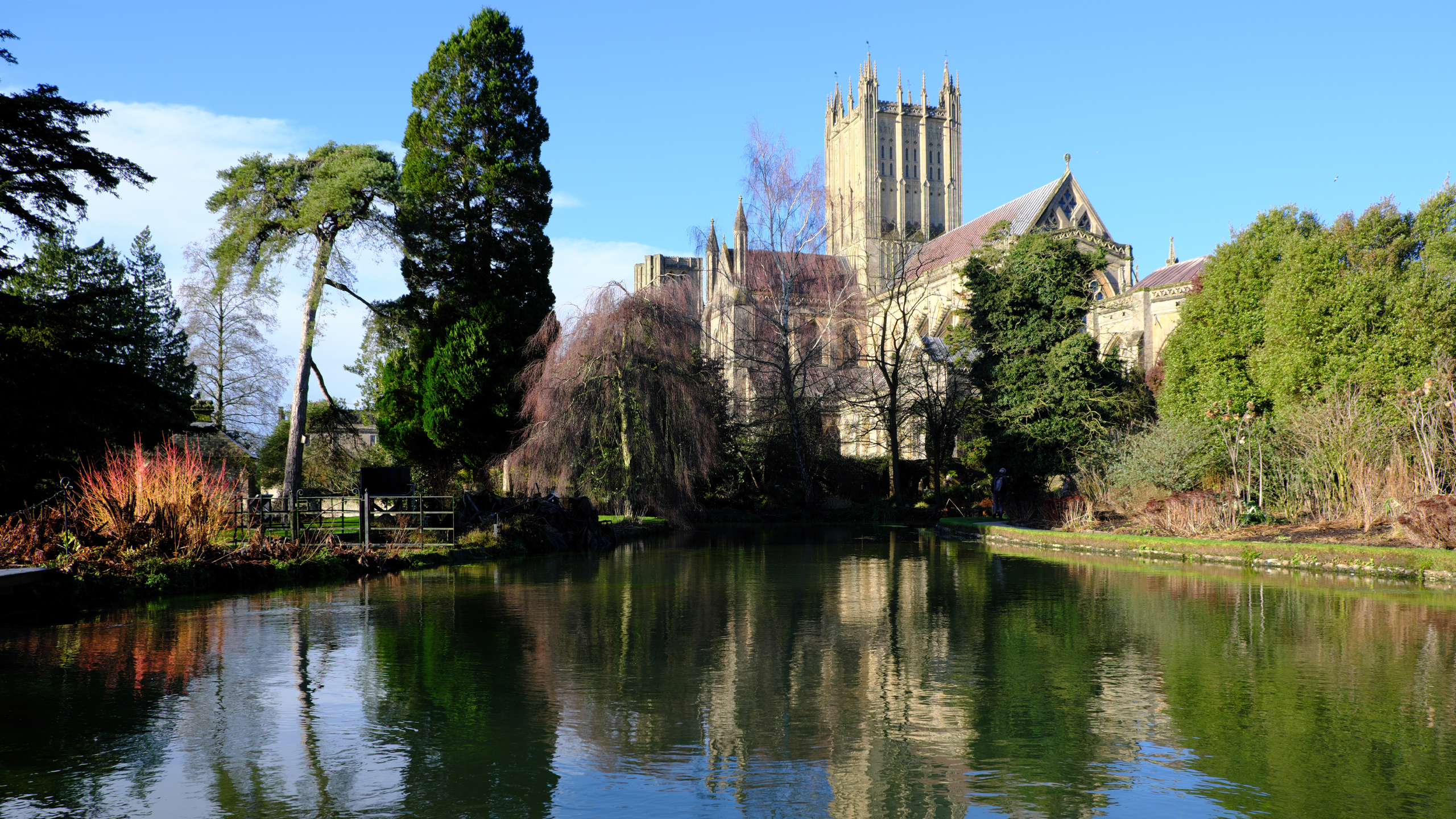
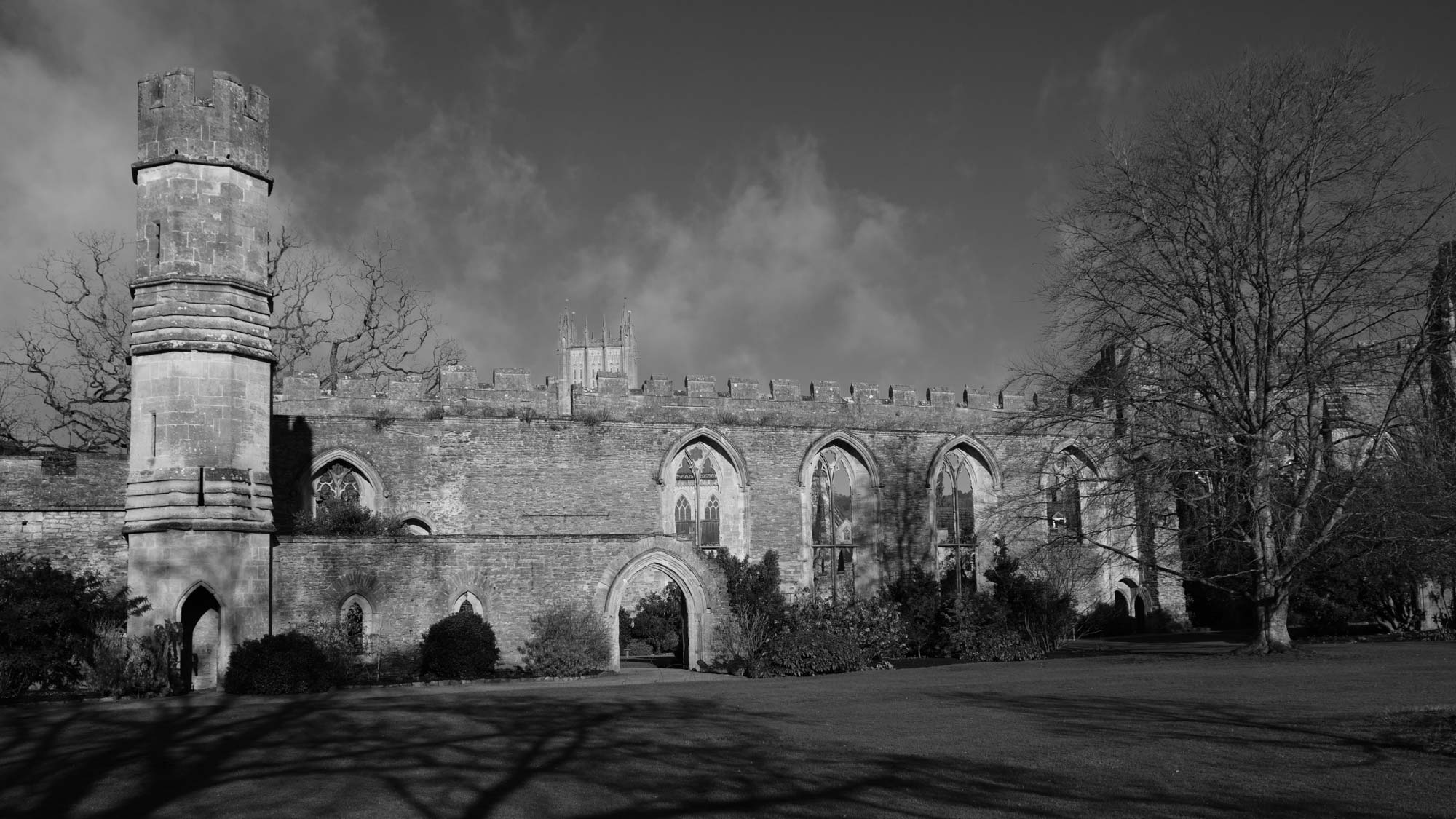

Best full frame mirrorless camera
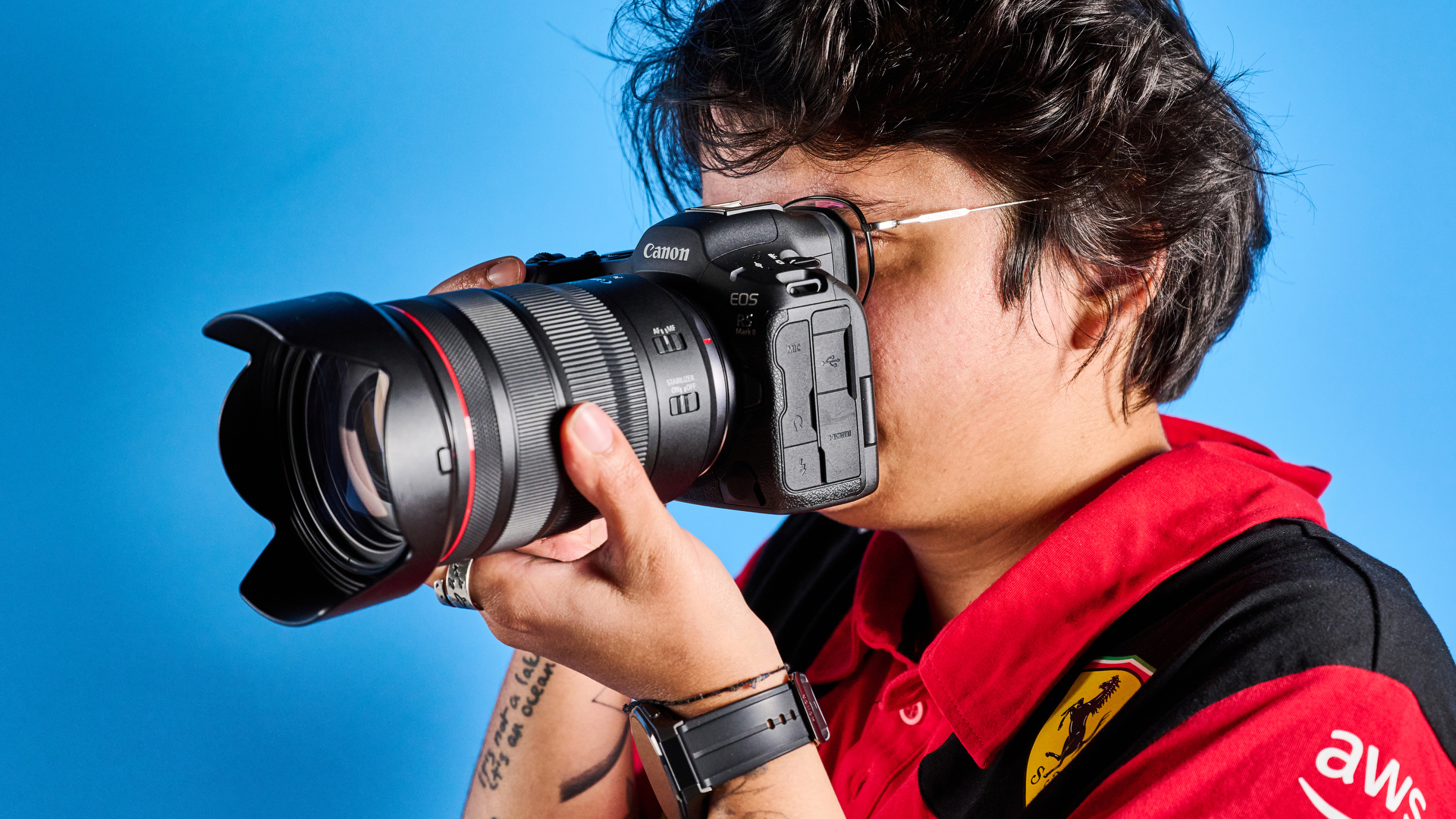
Specifications
Reasons to buy
Reasons to avoid
Why it's the best full frame mirrorless camera: Firstly, the EOS R5 Mark II is perhaps the easiest pro-level camera I’ve had the pleasure of testing. Straight out of the box, it’s ready to shoot. Its controls are intuitive and nearly every button and dial is remappable, enabling the camera to become an extension of yourself. Its menu system is a class apart too, with color-coded text that helps you navigate the settings effortlessly.
✅ You shoot for a living: If you take photos for a living, this is perhaps the best full frame camera out there, with 45MP for plenty of cropping flexibility, outstanding AF and intuitive controls that make shooting on set or location a breeze. Anyone with paid clients on the line needs reliability, and the EOS R5 has that in bucketloads.
The EOS R5 Mark II excels in practically every genre — whether you’re shooting fast-paced wildlife or sports or photographing models and products at a studio. That’s thanks to its 45MP Stacked CMOS sensor which takes sharp photos with lots and lots of detail for extreme cropping. Regardless of what I shot, the camera didn’t let me down. I especially enjoyed 30fps burst shooting for capturing skittish wildlife and other fast-moving subjects. And with a CFExpress Type-B card at my disposal, I didn’t have to worry about blackouts between shots.
Aiding this is the EOS R5 Mark II’s rapid autofocus system (1,054 points) with Auto subject-detection. All you need to do is point at an animal, human or vehicle and the camera instantly understands. The AF system is quick and clever, and it works extremely well regardless of whether you’re shooting stills or recording video.
❌ You're on a budget: This is a pricey camera, so unless you need the pro features, check out the Canon EOS R8 (entry), Sony A7IV (mid-range) or Canon EOS R6 Mark II (semi-pro). Otherwise, there's very little to say against the R5 Mark II.
Speaking of, the EOS R5 Mark II is a hybrid powerhouse as it can record 8K/60fps 10-bit 4:2:2 video which not many other cameras offer. It’s also fully weather-sealed so it’s resistant to dust and water, and this allowed me to shoot with confidence in all environments.
Canon has also added a new, AI-powered editing feature: in-camera upscaling. This, basically, enhances resolution by 4x by extrapolating the image’s EXIF data, creating stills up to 180MP from the original 45MP image. You get a lot more resolution for cropping.
- Read Nikita's full Canon EOS R5 Mark II review

How it compares & sample images
How it compares
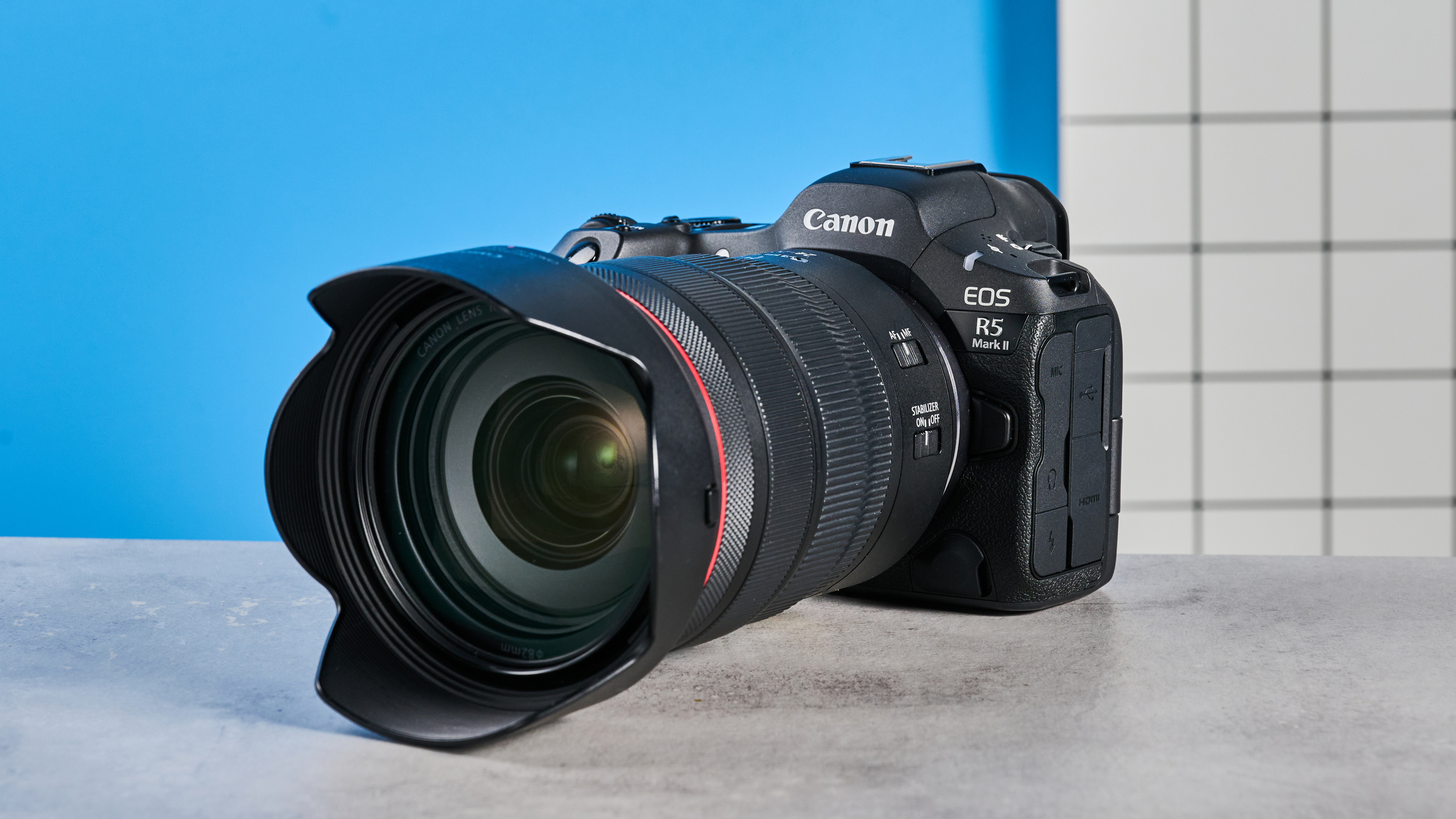
Nikon Z9
Nikon Z7II
Sony A7RV
Canon EOS R6 Mark II
Canon EOS R5 Mark II
Winner: Canon EOS R5 Mark II
Before arriving at the conclusion that the Canon EOS R5 Mark II is the best full frame camera, we were oscillating between the EOS R6 Mark II and the Sony A7RV. The EOS R5 Mark II blows its Canon-brethren out of the water as the EOS R6 Mark II has a smaller 24MP sensor and a less detailed 3.6M-dot EVF (5.76 on the EOS R5 Mark II).
The Nikon Z7II is a camera that we use for our product photography, and don't get me wrong, it's fantastic, with a similarly high-res sensor that lets us do lots of cropping where needed in post, plus accurate color rendition. The EOS R5 Mark II has the edge in its intuitive controls, though.
However, resolution is where the A7RV upstages the lot. The A7RV has a larger 61MP sensor and a 9.44M-dot EVF, which means there’s even more room for extreme cropping. But if it’s a rapid camera you’re looking for to capture fast-paced action, the EOS R5 Mark II’s 30fps burst shooting beats the A7RV’s 10fps burst. Canon’s flagship also has far more focus points to track animals, birds, humans and vehicles: 1,054 versus just 693 on the A7RV.
Battery life on the EOS R5 Mark II is better than on the A7RV too. While the A7RV is CIPA-rated for 530 shots (monitor), the EOS R5 Mark II is rated for 630 (monitor).
And when it comes to video work, the EOS R6 Mark II can shoot in only 4K UHD while the A7R V can shoot in 8K at 24P which incurs a heavy 1.24x crop. The EOS R5 Mark II outshines both here with its ability to record 8K/60fps video.
In the end, the EOS R5 Mark II offers better value for money based on its 30fps burst performance, fantastic handling, 8K/60fps video capabilities, and razor sharp sensor.
Canon EOS R5 Mark II: Sample images
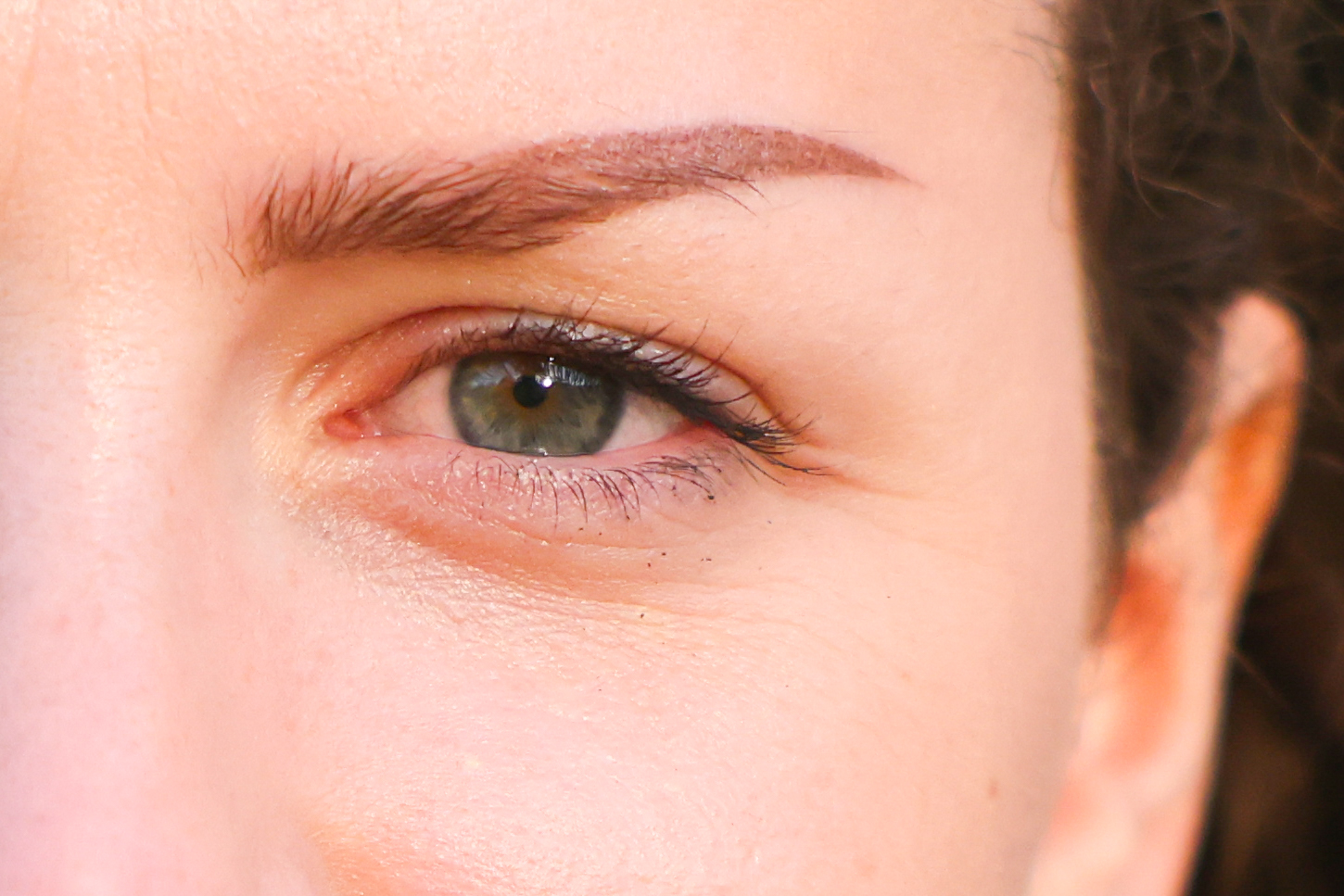




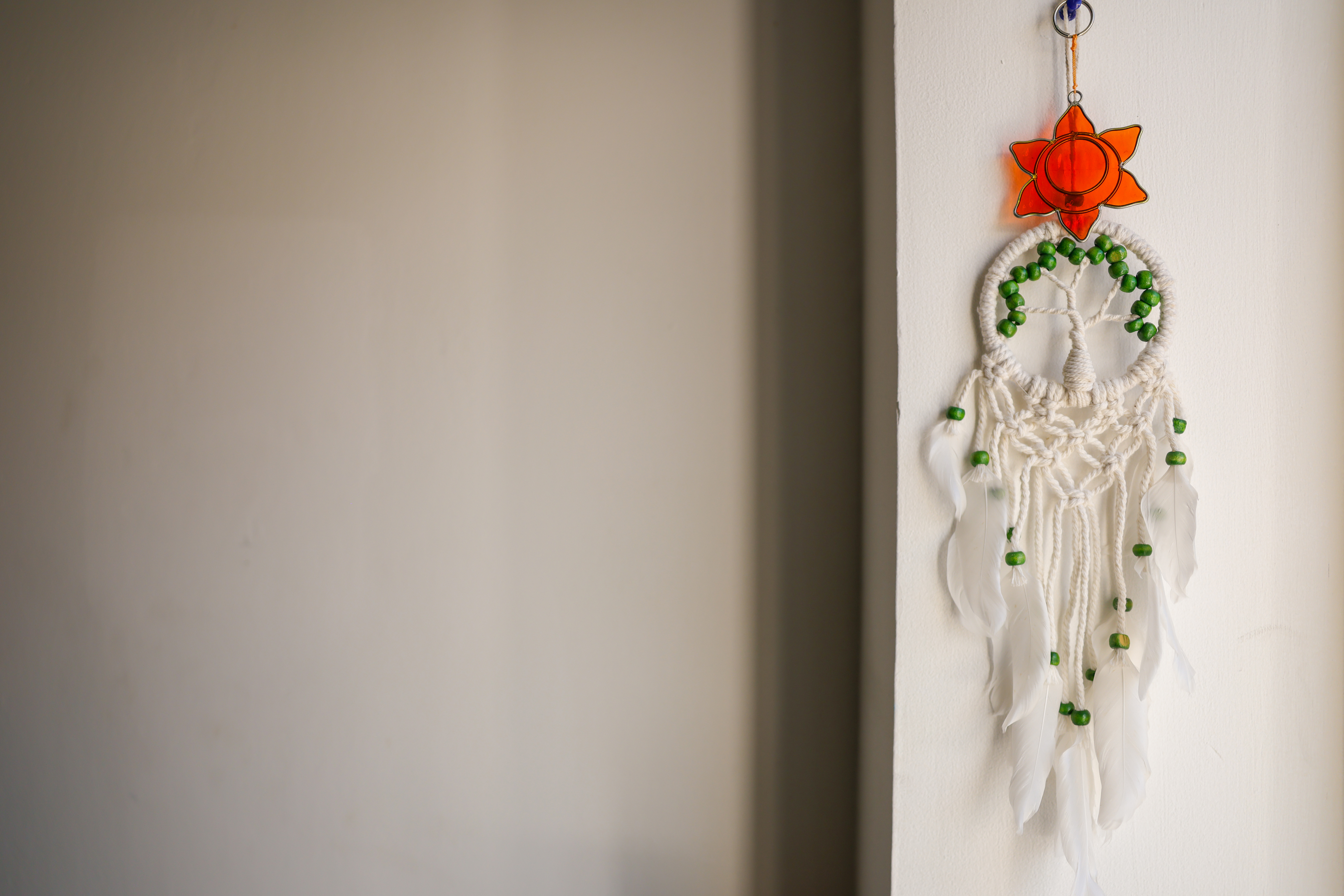



The best medium format mirrorless camera
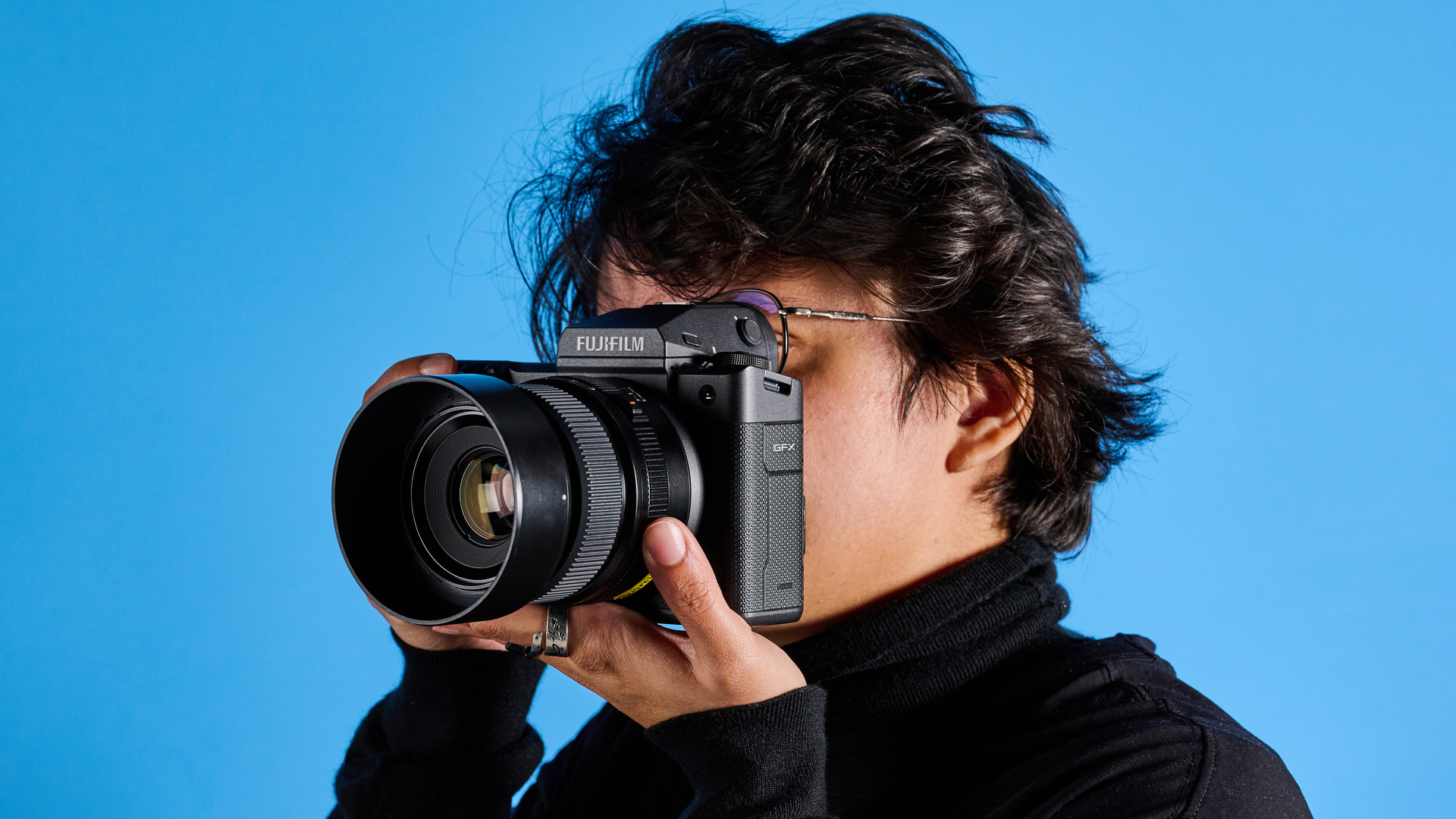
Specifications
Reasons to buy
Reasons to avoid
Why it's the best medium format camera: The GFX100 II is simply the ultimate medium format camera, packing more features and performance than any other competitor in this (very expensive) end of the market.
Its rivals in the ~100MP medium format arena are the Hasselblad X2D 100C and Fujifilm GFX100S II — the latter being the 'lite' version of the GFX100 II. I've tested and reviewed all three cameras. All three offer unparalleled image quality, but the GFX100 II takes things further by offering the most complete professional package.
I'm talking strong AF, 8fps maximum drive, and importantly a CFExpress port which enables those high drive rates, the fast writing and offloading of 200MB RAW files, and the ability to shoot 8K/30p ProRes video internally. Nothing else in this market segment can match those specs. Fujifilm threw the kitchen sink at this camera, and it paid off.
✅ You need the pinnacle of image quality: 102MP means incredibly sharp images, with wide dynamic range, strong high-ISO performance and room for extensive cropping.
✅ You need the functionality of a professional body: Subject detection AF, CFExpress Type-B, 8fps drive, excellent handling.
✅ You want to shoot cine video: GF lenses aren't video-centric, but the camera can use cine lenses with an adapter and has appealing recording specs for filmmakers.
OK, firstly there's just the sheer resolution to discuss. 102MP results in beautifully detailed images with more than ample space for cropping — you can crop down to a mere quarter of the frame and still have more megapixels than a typical 24MP full frame camera. That huge medium format sensor, also delivers an extremely wide dynamic range and superb high-ISO performance. Combine the latter with the 8.0-stop IBIS, and you've got a formidable stills camera in low light.
Glass needs to be excellent to resolve 100MP, and Fuji's GF lenses are just sublime. Getting ultra sharp photos in 102MP, with that razor thin depth of field, was so satisfying during testing.
These lenses aren't designed for or suited to video, which might seem odd given the attention Fuji put into video for this camera — 8K/30p, cinematic aspect ratios, ProRes internal recording and RAW HDMI recording, etc. That's because Fuji sees the GFX100 II as a hybrid stills/cine video camera. Fit the GFX with some PL cine lenses via an adapter, and you have a powerful cine cam that can double up as a studio photography camera.
❌ You're not shooting cine video: This isn't a typical hybrid video cam for content creators. Native GF lenses are intended for stills, so video on the GFX is best shot with cine lenses.
❌ You can get away with full frame: If you need high resolution, ask yourself whether the full frame 60MP Sony A7RV might suit your needs (and your wallet).
Where the GFX100 II (and indeed all medium format cameras) excels is for studio photography work. Portraits just look absolutely fantastic — especially using Fuji's built-in film simulation color profiles. It's a total weapon for any stills really, except the fastest paced action.
Now, that's not to say this camera is slow. For a medium format camera, it's the fastest around thanks to its 8fps maximum drive. But it isn't a high-speed camera like the Sony A1 II or Fujifilm XH2S — the huge medium format sensor just isn't suited to ultra fast readouts. Still, for moderate paced wildlife or action, 8fps is decent, and the GFX100 II sustained this intense rate for over 5 seconds in my testing.
As with its little sibling, the GFX100S II, Fuji has also fitted the GFX100 II with the latest X-Processor 5, bringing advanced subject detection AF. It isn't as fast as the same system on Fuji's APS-C cameras due to the larger sensor real estate, but it's best in class for medium format. I found this AF system struggled with fast-moving wildlife, but it's an absolute winner for things like portraiture, where the razor thin depth-of-field at wide apertures can lead to missed focus on Hasselblad cameras (which have no Eye AF), especially with regards to eyes.
All in, the GFX100 II packs every feature you'd expect to see on a modern professional camera, and more! It's rivals simply don't do that, making the GFX100 II the best medium format camera you can buy. Truly, getting to test this camera was one of the highlights of my career as camera's editor here at Tom's Guide.
- Read my full Fujifilm GFX100 II review

How it compares & sample images
How it compares
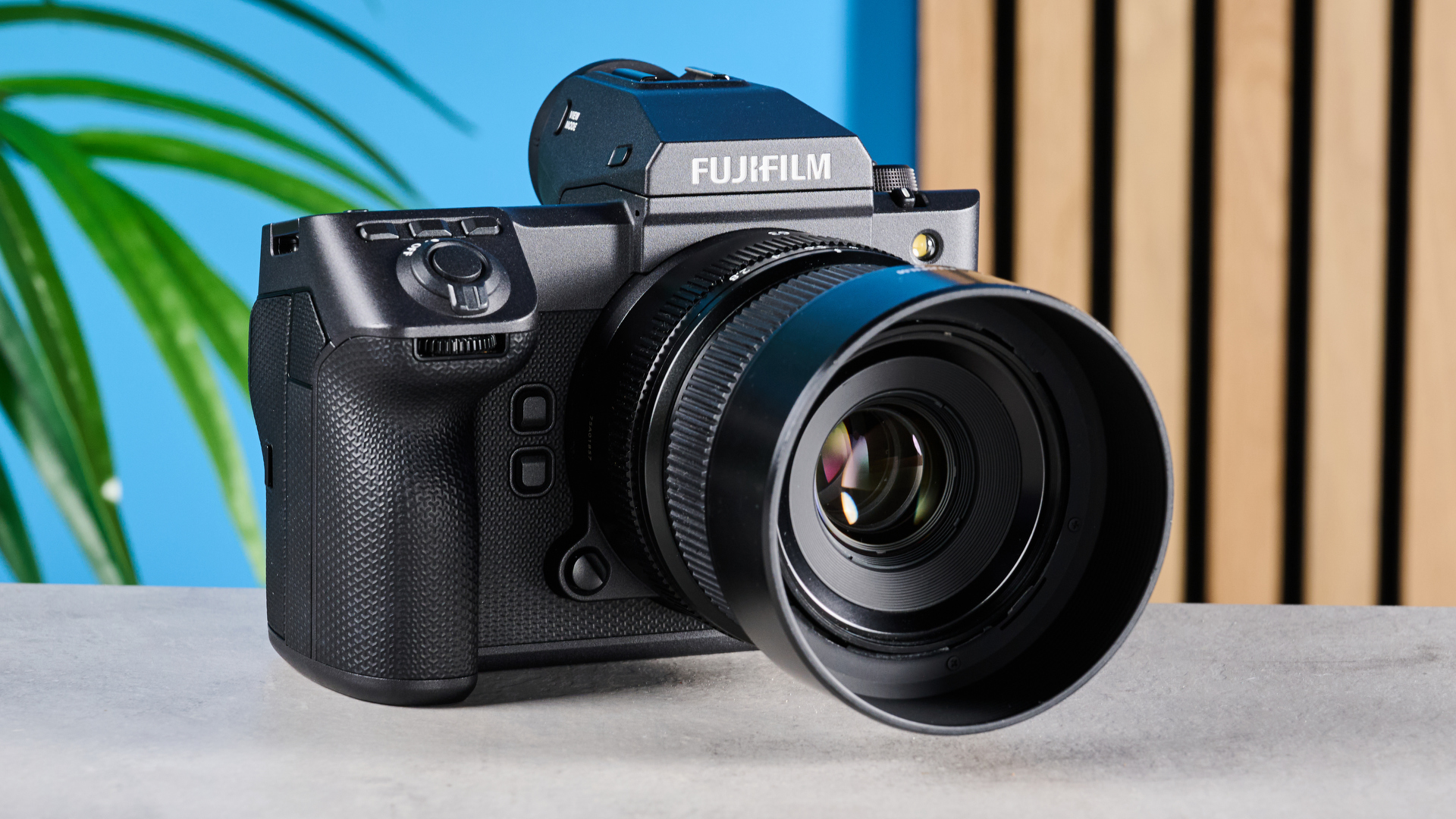
Fujifilm GFX100S II
Fujifilm GFX100 II
Hasselblad X2D II 100C
Hasselblad X2D 100C
Hasselblad 907X + CFV100C
Winner: Fujifilm GFX100 II
This choice was tough, because while the GFX100 II offers more than every other camera in this segment, a certain legendary Swedish manufacturer just released the Hasselblad X2D II 100C, and it gives the GFX100 II a serious run for its money (and that's lots of money).
The previous Hassy competitor, the original X2D 100C cost more than the GFX100 II, yet had much more basic AF and lacked a focus joystick — both fundamental issues in a pro-tier camera. The X2D II 100C, though, fixes both those issues, with much stronger AF and a joystick, plus some very useful new additions like HDR JPEGs, upgraded IBIS and all for $100 cheaper than the GFX100 II. Of course, the amazing Hasselblad color science and image quality was there all along, too.
The GFX100 II still pips the Hasselblad to this award, though, and that's because it's the better all round camera. It offers more advanced and faster AF, higher continuous drive rates, not to mention in-camera color profiles so you can view how your images might look in, say, black and white as you shoot. Oh, and there's the (not so) small matter of the Fuji shooting video, while the X2D II 100C doesn't.
The GFX100 II also has a much higher resolution 9.44M-dot EVF than the Hassy, which still uses a 5.76M-dot display. For over $7,000, that's not good enough, especially at 100MP where extra display resolution matters more than anywhere else.
There's also the Hasselblad 907X + CFV100C, which is gorgeous — nay, it's a piece of art. But it's styled (deliberately) like a camera from the 1920s, so it isn't particularly usable for anything other than slower-paced photography. It lacks IBIS and eye detection AF, the latter resulting in slightly missed focus at times when shooting portraits in testing.
Okay, sure, Fuji's color science isn't quite a refined as Hasselblad's (there's just this magic that Hassy photos have), but it's still excellent, and in a more usable way: Hasselblad cameras have only one color profile, while the GFX gives you the option to use any of Fuji's wonderful film sims. The Acros profile is my favorite, and looks better than ever in 102MP.
For me, the GFX100 II's and GFX100S II's professional usability is a big factor. Sure, the X2D is laid out like a modern mirrorless, but the layout of both GFX cameras is better tuned to the needs of a professional, with more dials, buttons and remappable controls. You get a lot more customization and control in Fuji's menu system, too.
So, what makes the GFX100 II better than its cheaper little sibling. Simple: a CFExpress port. The GFX100S II has only SD slots, while the bigger brother features a CFExpress Type-B.
What's the big deal? It's just a port... right? Wrong. That CFExpress port enables much faster read/write speeds than SD can handle. That allows for faster drive rates, much (no, seriously: much) faster file writing and offloading — very important with 200MB RAW files — and serious video specs such as 8K/30p ProRes internal recording.
Fujifilm GFX100S II: Sample images



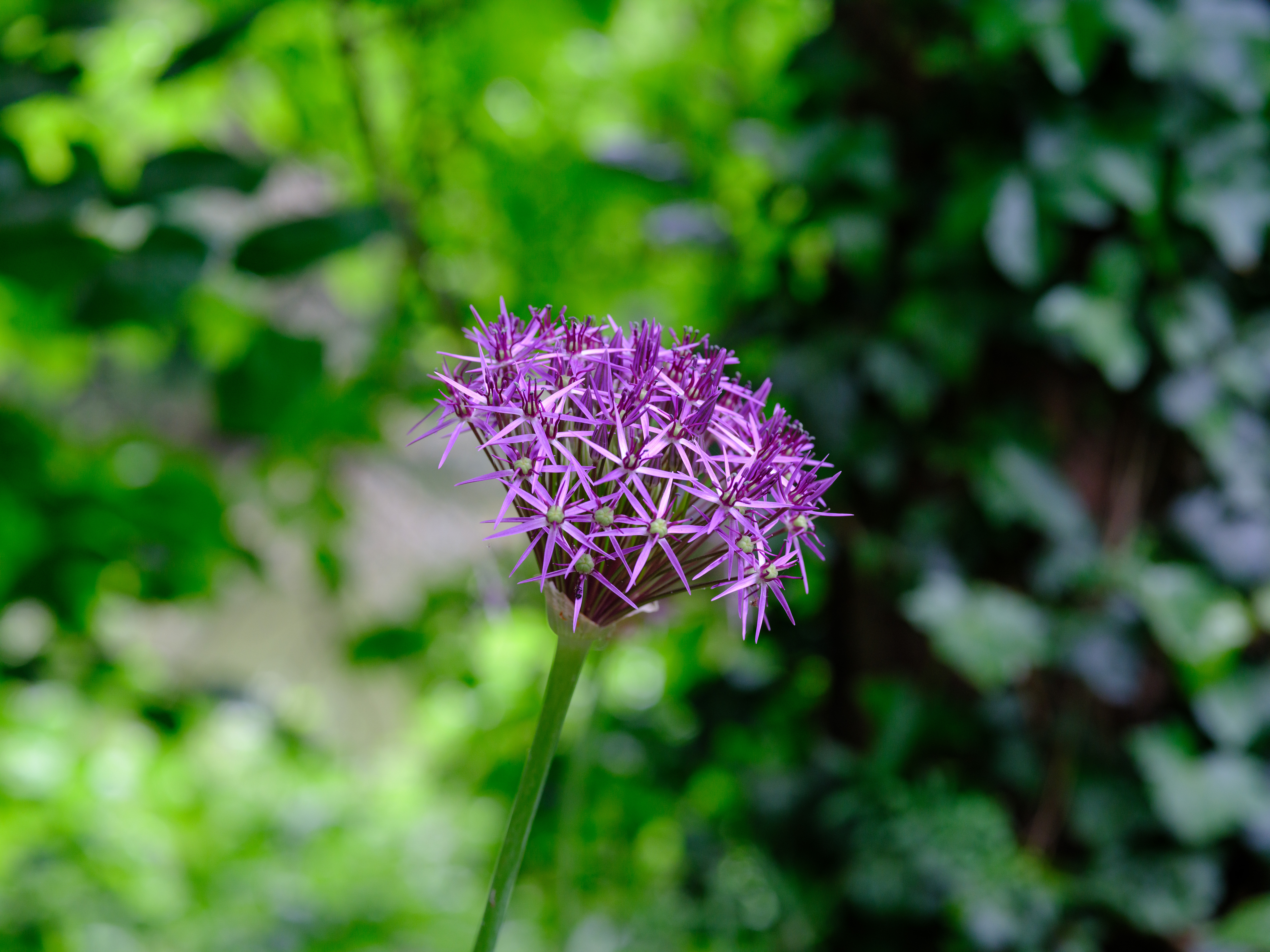
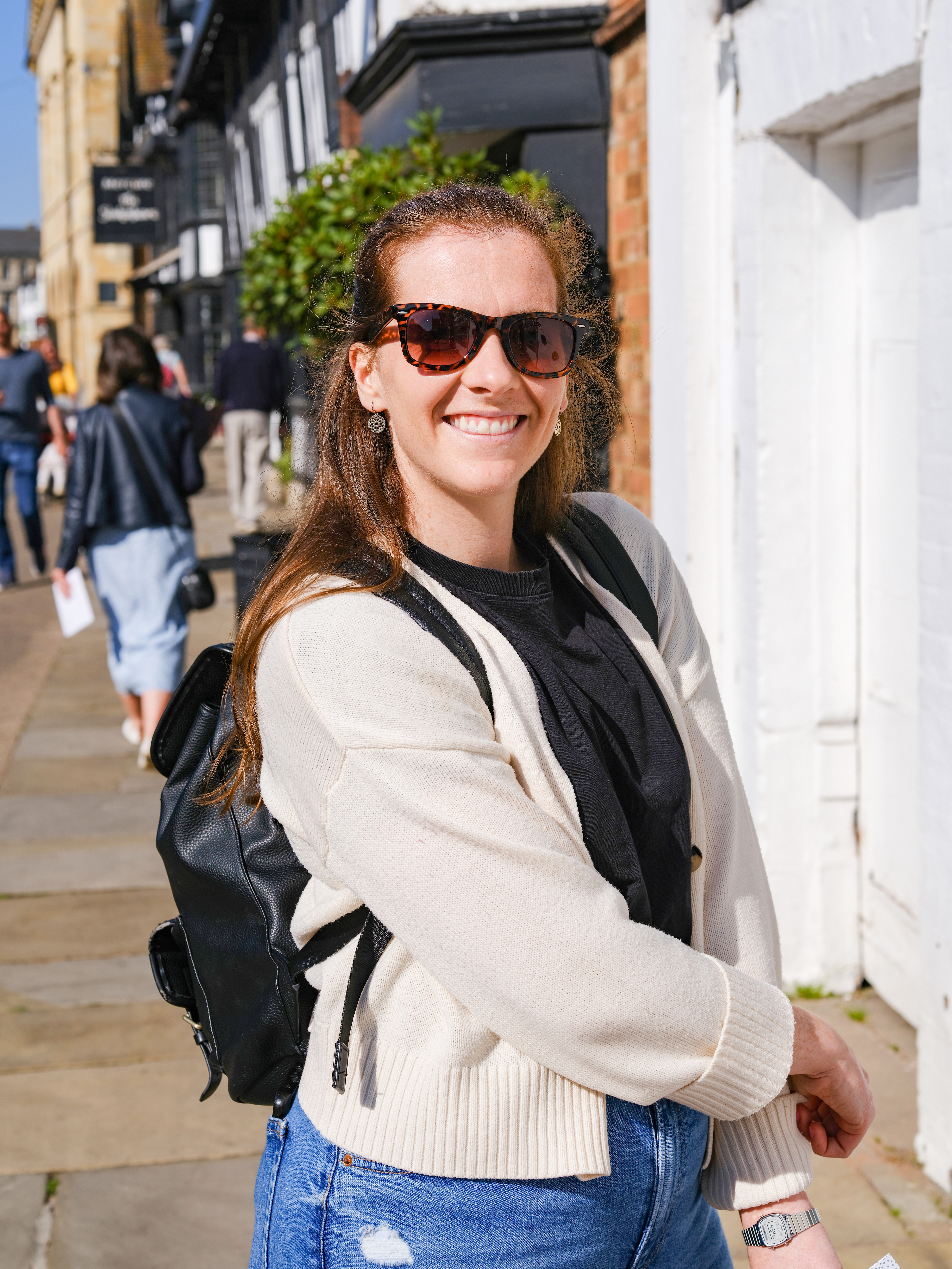



How to pick the best mirrorless camera for you
The criteria when shopping for a mirrorless camera are pretty much the same as when you're looking for any sort of camera.
First, what is your budget? While our picks of the best mirrorless cameras all fall under $2,500, you can find models that are twice as expensive, and their features are very tempting.
Next, what is your experience level? If you're new to mirrorless cameras or photography in general, it's worth getting a lower-priced model with more beginner-friendly features, such as in-camera guides that explain various settings.
Last, consider what you want to do with the camera. If you're shooting sports or wildlife, you'll want a camera that can take a lot of pictures quickly, as well as one with in-camera stabilization. And, while mirrorless cameras are known for their smaller size relative to DSLRs, you'll want one that's more compact if you're planning to take it traveling.
How to choose a lens for your mirrorless camera
One of the most important qualities that mirrorless and DSLRs share is that they accept interchangeable lenses, which can dramatically improve image quality and bring your photography to a new level. But there are scores of lenses to choose from, which can be confusing. To help you get better acquainted with this important camera accessory, here's a quick rundown of types of interchangeable lenses that are available for your mirrorless camera:
Standard zoom lenses: This is the lens that most people who buy an entry-level DSLR or mirrorless model as a kit use first. Mirrorless kits generally come with a 14-42mm lens. They typically include a small amount of zoom (3x), and are often inexpensive, but not the highest quality. However, in the past several years, the quality of these kit lenses has improved.
Prime lenses: You can save money by choosing a prime or non-zoom lens. They offer excellent quality, and are often much more affordable. If you need to zoom, just use your feet and walk closer to your subject!
Telephoto zoom lenses: If you shoot a lot of sports or other types of events, consider these powerful zooms, which can bring you closer to the action and provide features to capture images with shallow depth-of-field. They can be a bit heavy and bulky, but most manufacturers have been inventing new lenses that are smaller and more compact, but are still high quality. The 70mm-200mm is a good example of this type of lens.
Wide-angle lenses: If you're traveling, this type of lens, such as a 16-35mm zoom, can be very valuable, since it allows you to capture different types of wide-angle shots. Want to shoot a group portrait? Set the zoom lens towards the 35mm end of the range, which will avoid distortion at the edges of the image. Or if you want to capture a broad, sweeping landscape, use the lower end of the zoom, nearer to the 16mm end. However, these lenses can be pricey.
Macro or Close-up lenses: If you're looking to capture close-up shots of small objects, you'll want a good quality macro lens, which come in a variety of focal lengths, such as 50mm and 100mm. Be sure to do your research so you know that the lens you want has macro capabilities.
Specialty lenses: One of the most notable specialty lenses in this category is the ultra-wide fisheye lens, which some photographers love for the exceptionally distorted point of view. Other types include tilt-shift and soft-focus lenses.
What are the different sensor sizes in mirrorless cameras?
You've probably seen references to full-frame, APS-C and Micro Four Thirds sensors — but how do they differ?
Well, full-frame is the biggest sensor you'll find on most mirrorless cameras. And we say most, because Medium Format cameras are bigger still — but also way out of most people's price range, so we'll skip them here.
Full-frame is actually an old term and refers to a sensor the size of that in a 35mm film camera (roughly 36 x 24mm). The Sony A7 range, Nikon Z5 and Canon RP are all full-frame mirrorless cameras.
APS-C is the next size down (approx 22 x 15mm) and is found in most mirrorless cams including Sony's A6000 range, most of Fujifilm's X series and some Canon and Nikon models. It has around 2.5 times less surface area than full-frame.
Below that is Micro Four Thirds, a sensor size developed by Olympus and Panasonic specifically for mirrorless cameras; you'll only find it on models by those two manufacturers. This is almost a quarter the size of full-frame.
So, what does it matter? Well, in general, the bigger the sensor, the better the image quality. Larger sensors can gather more light and will generally have less noise than smaller formats. But obviously other factors also come into play here; this is a guide rather than a hard rule. Against that, a smaller sensor can allow for smaller cameras and — just as importantly — smaller lenses.
What are the differences between mirrorless cameras and DSLRs?
Mirrorless cameras have come a long way in the past decade, and now rival — and often beat — the best DSLR cameras in most regards.
Our comprehensive mirrorless vs DSLR guide gives you the full lowdown, but briefly, the key differences are:
- Size and weight
Mirrorless cameras don't have a mirror (the name gives that away) and as a result are usually a lot smaller and lighter than DSLRs. - Viewfinders
DSLRs have an optical viewfinder, which shows you the scene as it really is. Mirrorless cameras use an electronic viewfinder (EVF), which is a small screen showing you a video feed of the scene. Also note that some cheaper mirrorless cameras don't have any kind of viewfinder, leaving you reliant on the rear screen as on a smartphone. - Speed
Mirrorless cams are almost always faster, once price is taken into account, offering burst speeds that exceed that found in many DSLRS. They can also use an electronic shutter that can shoot faster still, though this usually reduces image quality. - Battery life
DSLRs have the edge here: by not needing to power an EVF or in some cases an LCD screen, they can usually go for a lot longer. - Choice
Very few DSLRs are being made now, with only Canon, Nikon and Pentax releasing new models (and even then, not that often). Canon and Nikon also make mirrorless cams, as do Fujifilm, Sony, Panasonic, Olympus and others. - Lenses
Because DSLRs have been around for much longer, they have a richer range of lenses to choose from. Plus, second-hand lenses are readily available — often for a low price.
How we test mirrorless cameras
To determine which models make our list of the best mirrorless cameras, we first put each through a battery of tests, and evaluate them for such things as image and video quality, battery life, design, and usability. How fast can the camera shoot? Is its autofocus quick to lock on to subjects in the frame? When recording video, does it use the full sensor, and at what resolution can it record?
We also look at things such as button placement, how easy it is to navigate in-camera menus, if its touchscreen can fold outwards, and if you can access all the camera's settings using the display.
Finally, we consider such things as what features the camera has, and what competitors are offering in cameras that cost around the same price.
Other camera buying guides
Be sure to check out all of our camera picks:
Best cameras | Best DSLR cameras | Best action cameras | Best waterproof cameras | Best point-and-shoot cameras | Best instant cameras | Best cheap cameras | Best GoPro camera | Best GoPro accessories | Best drones | Best 360 cameras | Best iPhone lenses | Best iPhone tripods |DSLR vs. mirrorless | Best Nikon accessories | Best Sony a6000 accessories
The best apps and software for editing, managing, and sharing your photos:
Best photo organizer apps | Best photo storage sites | Best photo editing software | Best photo editing apps | Best photo collage apps
Get instant access to breaking news, the hottest reviews, great deals and helpful tips.

Peter is a Senior Editor at Tom's Guide, heading up the site's Reviews team and Cameras section. As a writer, he covers topics including tech, photography, gaming, hardware, motoring and food & drink. Outside of work, he's an avid photographer, specialising in architectural and portrait photography. When he's not snapping away on his beloved Fujifilm camera, he can usually be found telling everyone about his greyhounds, riding his motorcycle, squeezing as many FPS as possible out of PC games, and perfecting his espresso shots.
- Nikita AchantaSenior Writer, Reviews




